This page is ridiculously long. Seriously, I thought it’d be “a quick little project” but then it turned into…this.
That’s ok though because it serves two main purposes:
This is a personal archive so I don’t forget these experiences and thoughts.
It hopefully helps provide context for anyone who finds my YouTube channel or podcasts and wants to make an informed decision on how much they trust my reviews/opinions/etc. A more traditional resume-style recap can be found here.
A “Quick” Personal History
I’ve been a lifelong audio/video production nerd. My first memory using a camera was playing around with an 8mm Sony Handycam when I was four years old. I thought it was absolutely incredible that something could happen and then…you could relive it! You could see and hear everything again because it was recorded! Magic! Then I learned that you could decide what to record and do goofy camera tricks and I never wanted to stop. The crates of 8mm and VHS tapes in our guest room closet are evidence that the interest never died.
I kept working with A/V stuff in “official” positions as an employee or intern, and as a freelancer/just for fun up until I began my teaching career. I was born in 1985, so growing up alongside digital media was totally serendipitous. There was always something new to learn and some awesome new breakthrough that made things more accessible or democratized (remember that commercial where the guy is editing movies on his iBook during a flight? That seemed liked the most futuristic and exciting thing in the world to me).
When I started teaching, I was originally an English teacher. I thought my A/V interests could be fun hobbies on the side to focus on over breaks or during the summer. But one of the best things I ever learned was to always indulge your curiosity and learn more about things you’re interested in. Because of that, and through a whole bunch of stars aligning in just the right way, everything ended up merging together and I was able to become a Digital Media teacher and helped to build two separate Digital Media career pathways over 9 years.
Teaching didn’t leave a lot of time to make my own stuff and I always felt guilty about that. I decided to start a YouTube channel in 2017 as an outlet to make whatever I wanted without it being connected to work or anything. Funny how that works because YouTube is now my full time job. I left my teaching position in March of 2021 and have been doing YouTube full time ever since. I also met my wife because of YouTube, so the platform will always be very special to me.
Now let’s get on with the finer points…
Media Experience: How Did You Learn All This Stuff?!
My first job was as an intern for a local tv station when I was 15 in the summer of 2001. It was supposed to last for 2 months, but ended up lasting on and off for 6 years, including paid positions as a floor director and editor. Being able to spend so much time in a working studio and around awesome equipment/people was absolutely amazing.
I was able to spend time over those years learning everything about the station’s inner-workings (from producing and writing to production and control room operation). My time started when the station still had tape-to-tape Beta machines and I was there through the transition to early versions of AVID digital editing.
But the thing about tv news is that it’s super stressful. Did you know there’s news like every day? They don’t ever just say, “Hey not much happened today, here’s some footage of a dog for fun.”
This was the art room at trader joe’s (I think it literally used to be a mop closet). I added that ridiculous paint job and built that super sweet wall-mounted desk for extra leg room. There was also a secret compartment on the bottom for snacks.
I quickly learned that work-life balance wasn’t going to be a thing for me in that industry and it all came to a head when I was basically told to choose between keeping my position or going to school. College isn’t right for everyone, but for me it was a non-negotiable. I will always choose to invest in myself rather than something else. Any job can be taken away, but your education is permanent (not necessarily lucrative, but permanent).
After that and during the rest of my time in college I worked as a sign artist for Trader Joe’s from 2006-2010. On paper that sounds more than a little ridiculous (if you’re not familiar with Trader Joe’s it’s a semi Hawaiian-themed grocery story that prides itself on interesting food and goofy wordplay), but in reality it was basically like getting paid to go to art school.
At the time you only needed to work 21 hours per week to qualify for health insurance, so a lot of my coworkers were people with other interesting projects or jobs. That meant I was fortunate to work with some really awesome artists who specialized in everything from brush lettering and comics to digital design and graffiti. We got to focus on making cool stuff all day every day– everything from small shelf tags and Photoshop designs to huge murals and woodworking projects.
I don’t know if Trader Joe’s still does this, but at the time they invested a lot of energy into developing their artists. So in addition to being able to practice art and design skills in a bunch of different mediums for 6-8 hours a day, we had access to pretty much any educational materials we needed and were able to work with or shadow other artists if we wanted. It was pretty amazing.
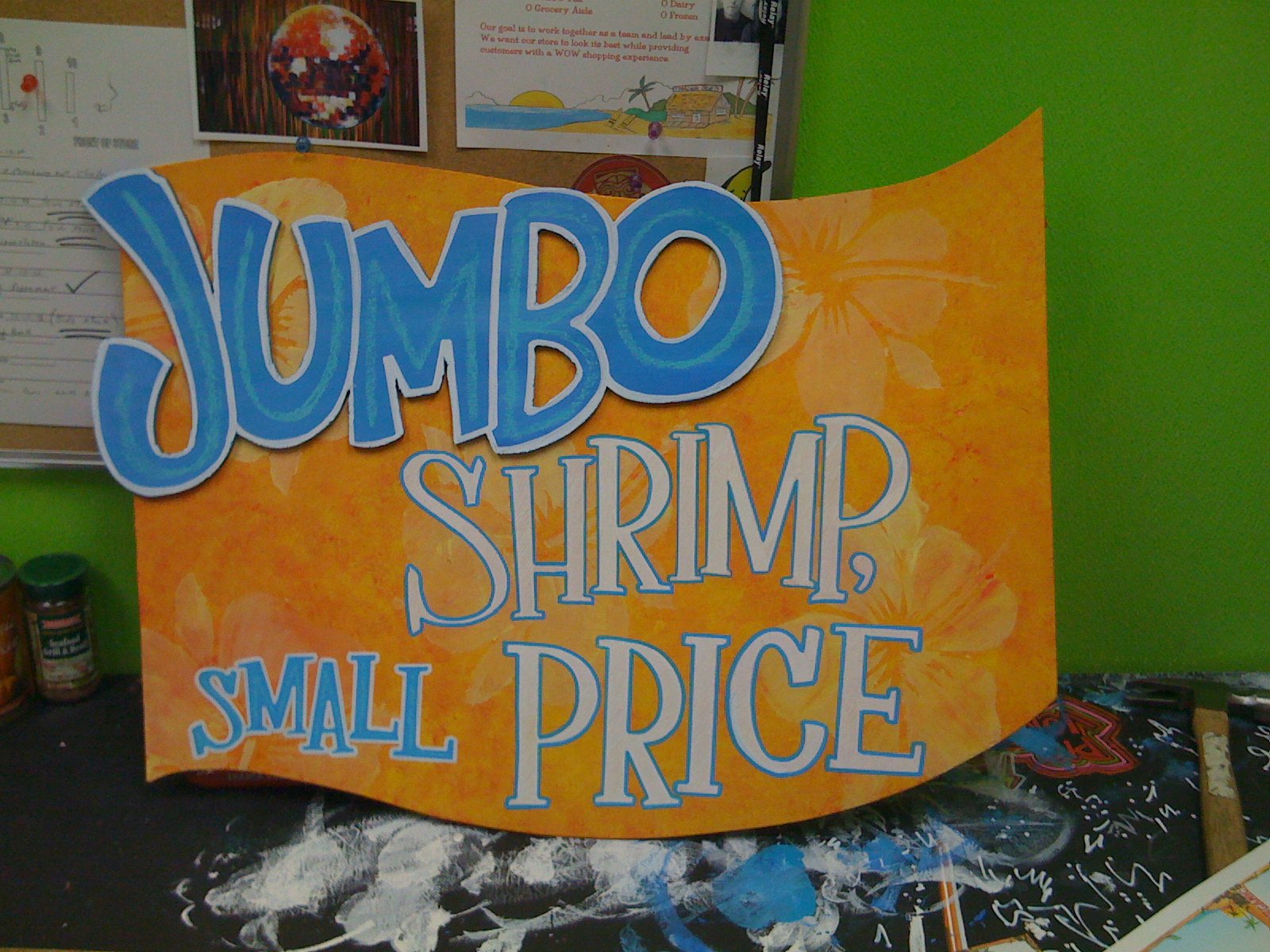
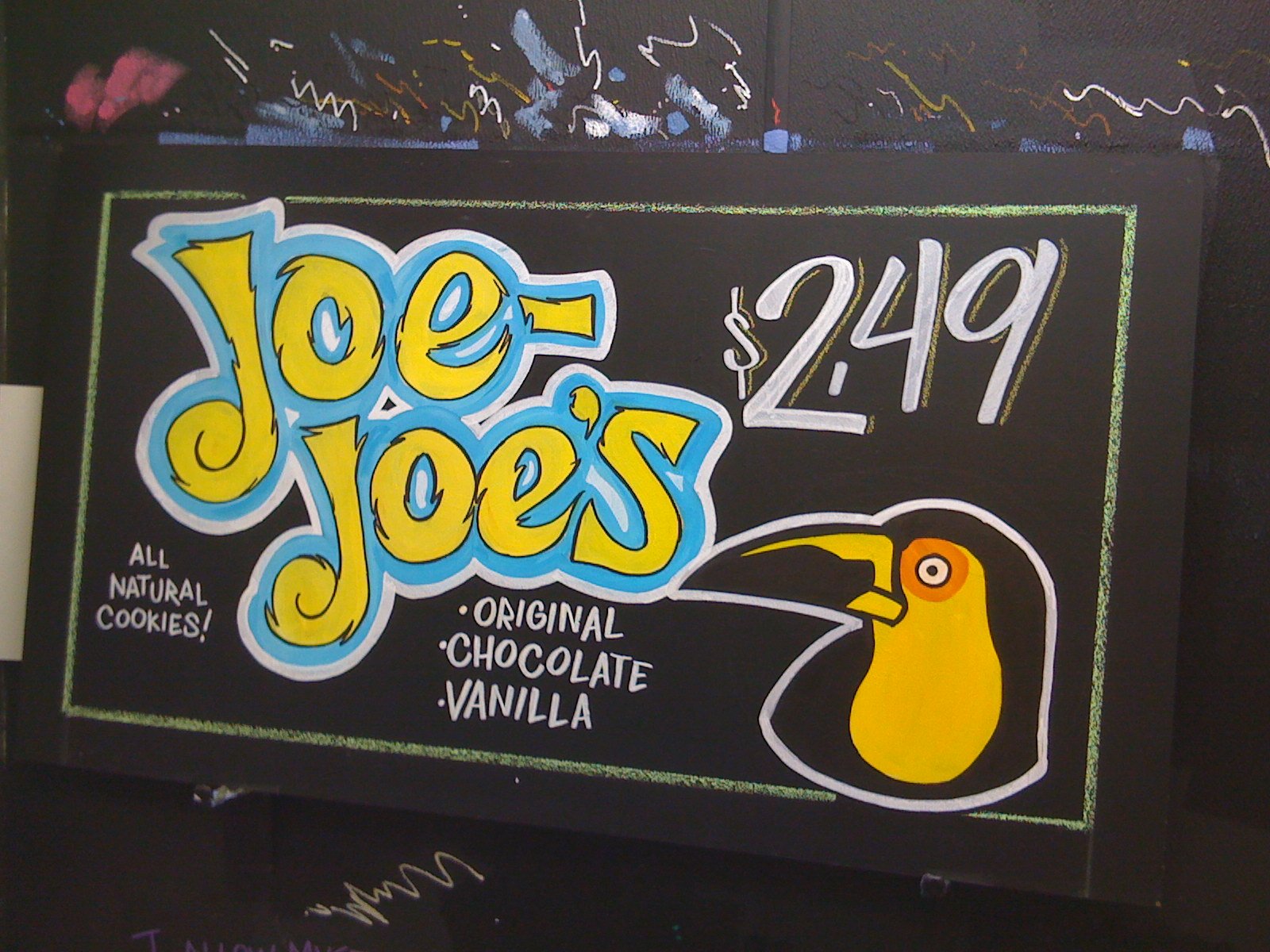

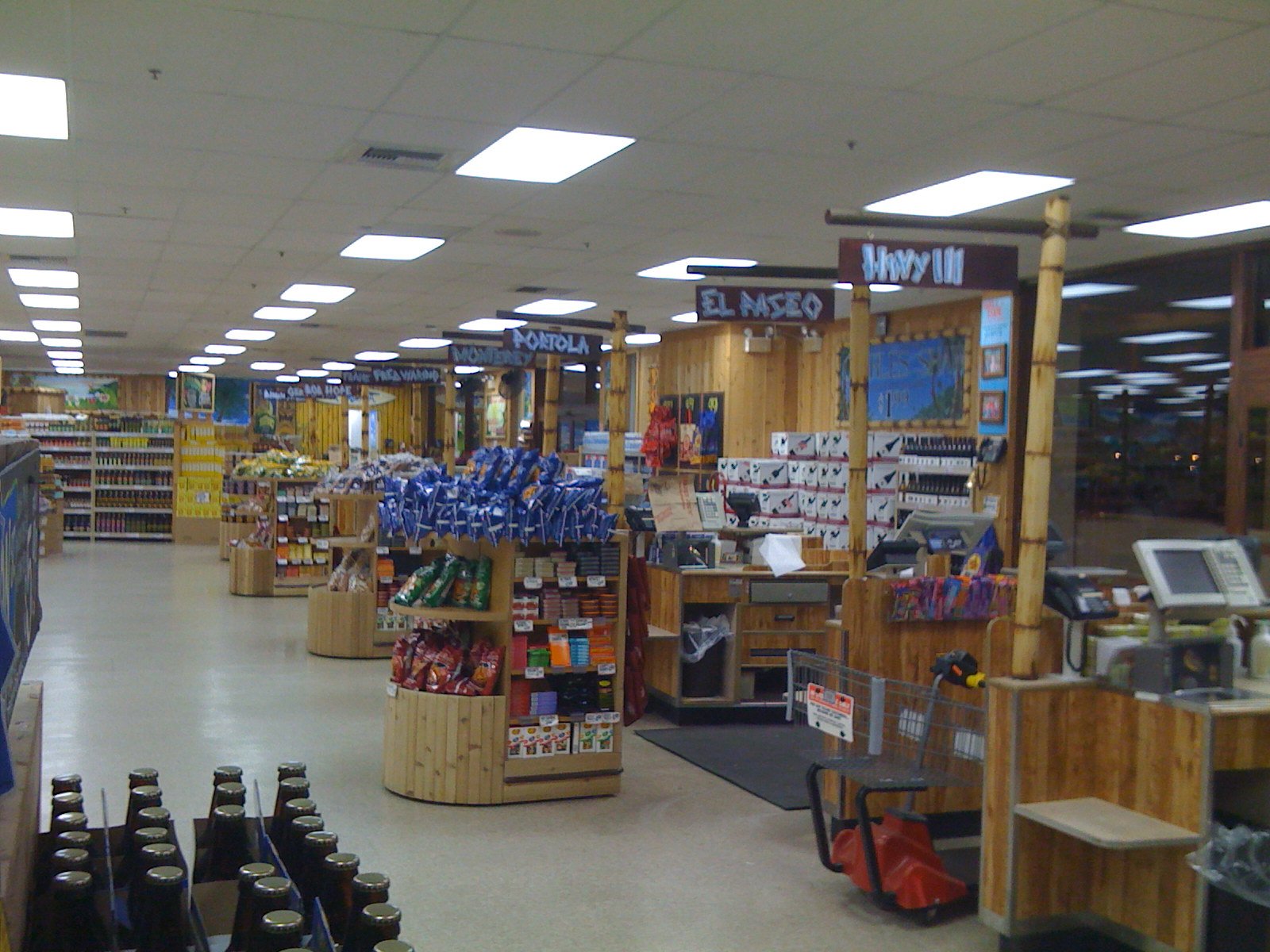
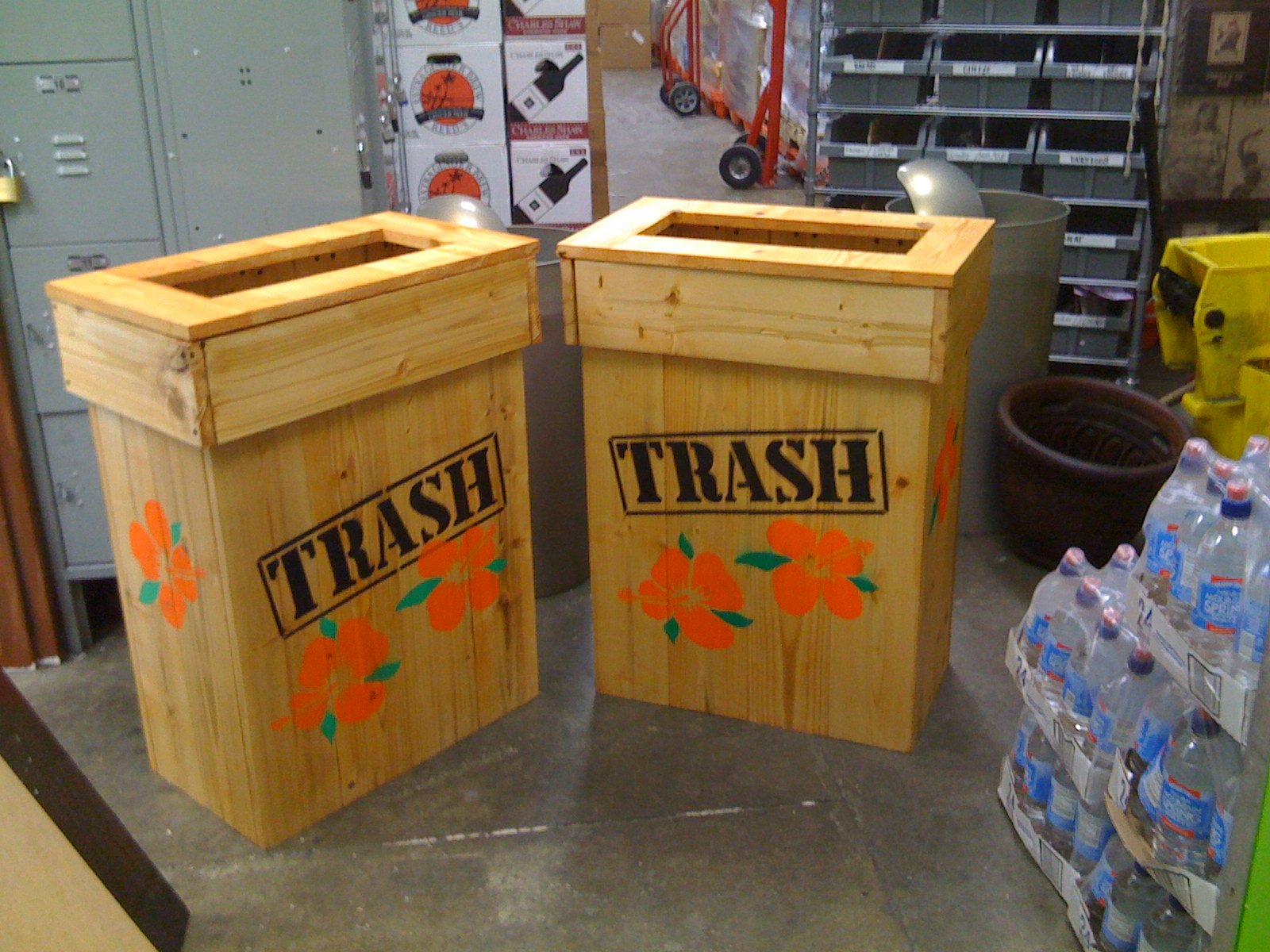
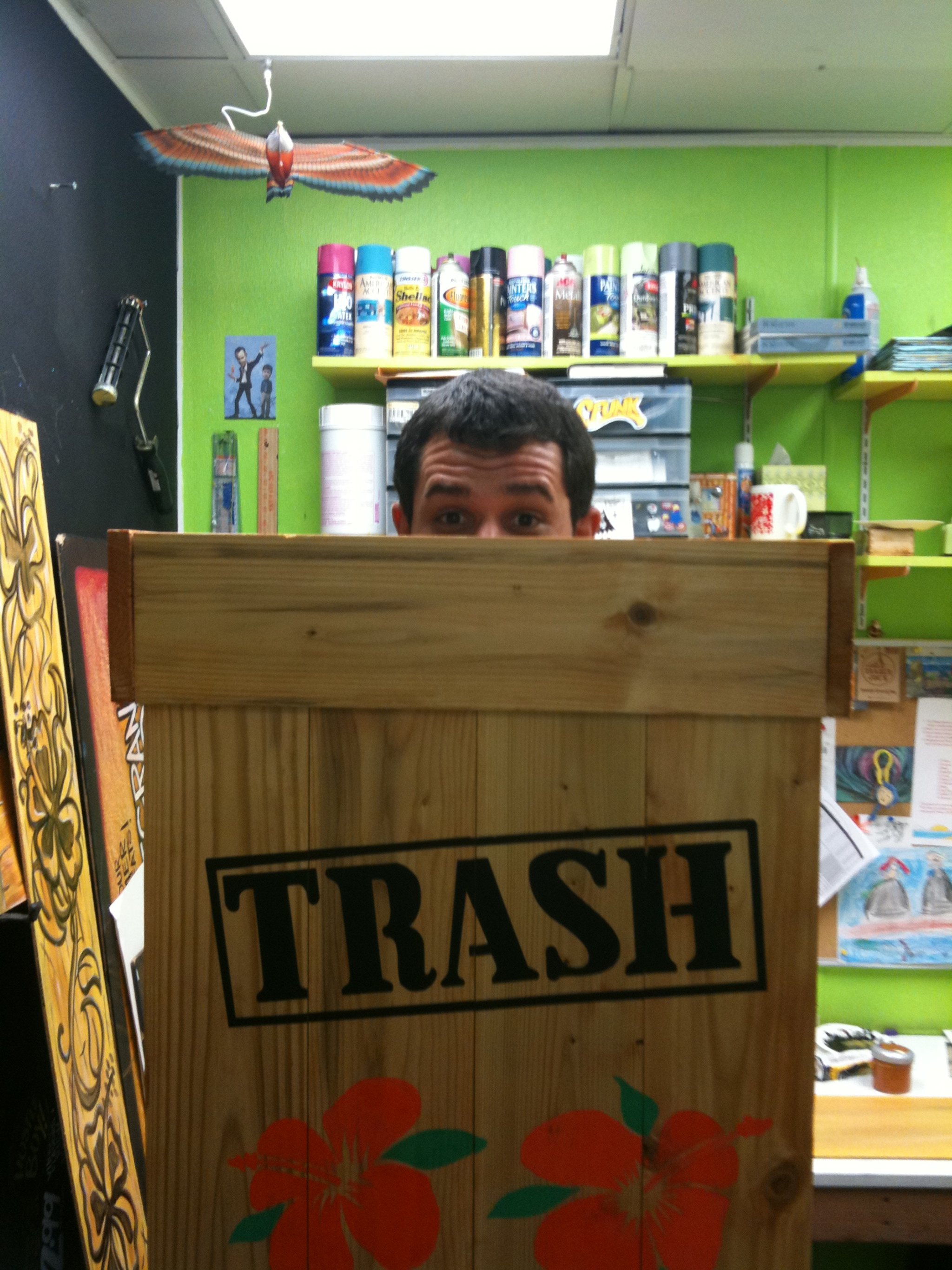
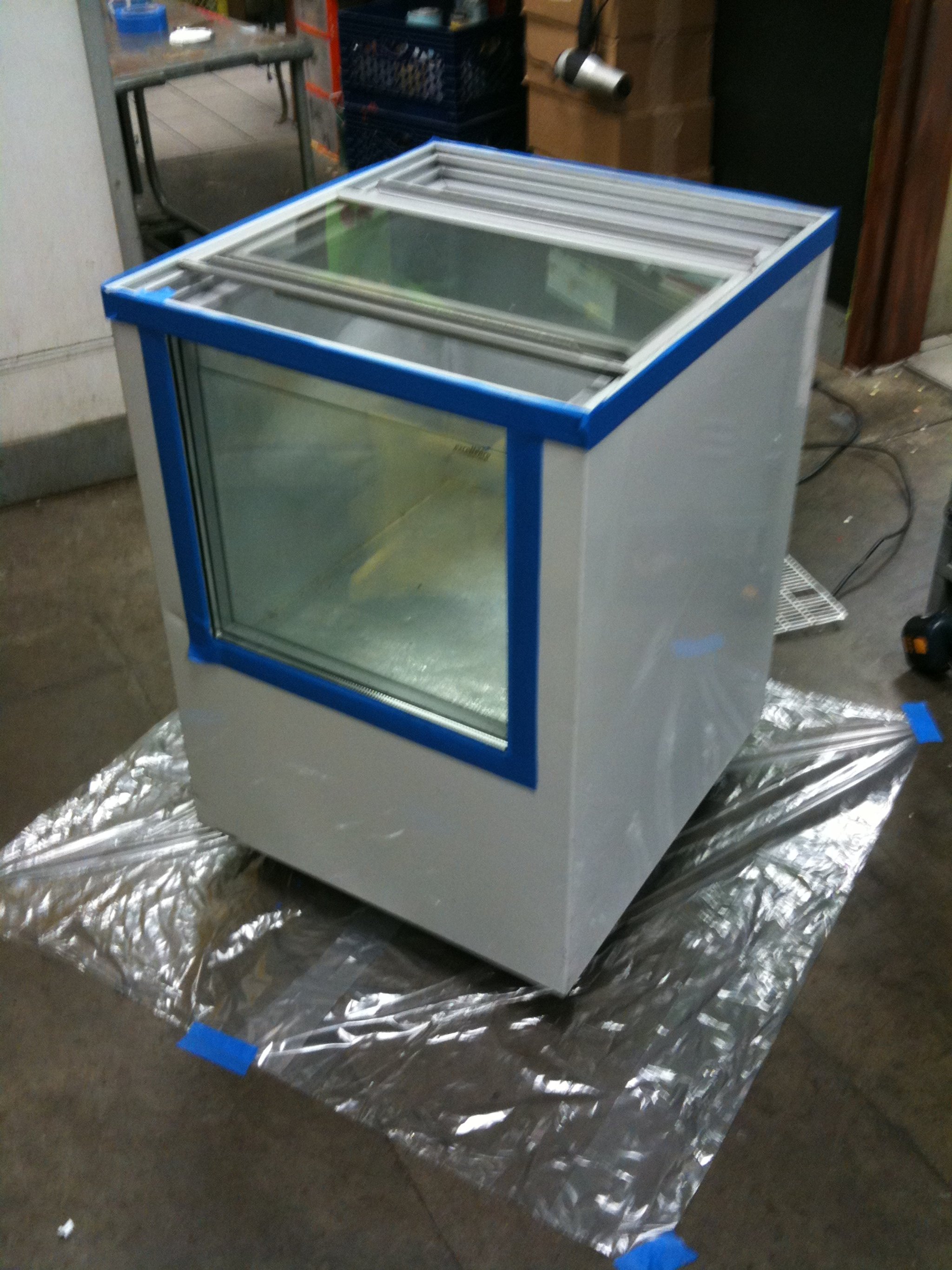


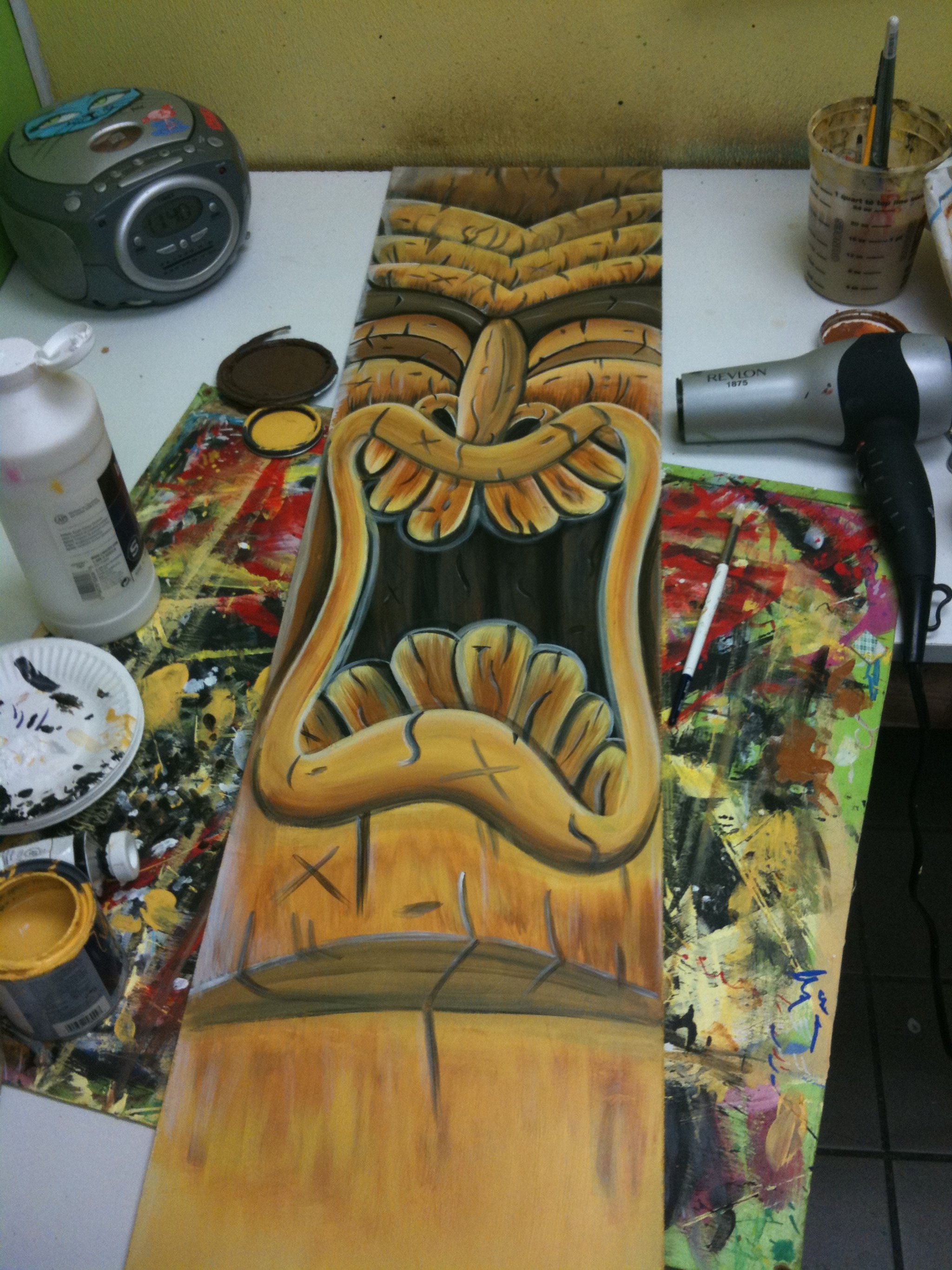

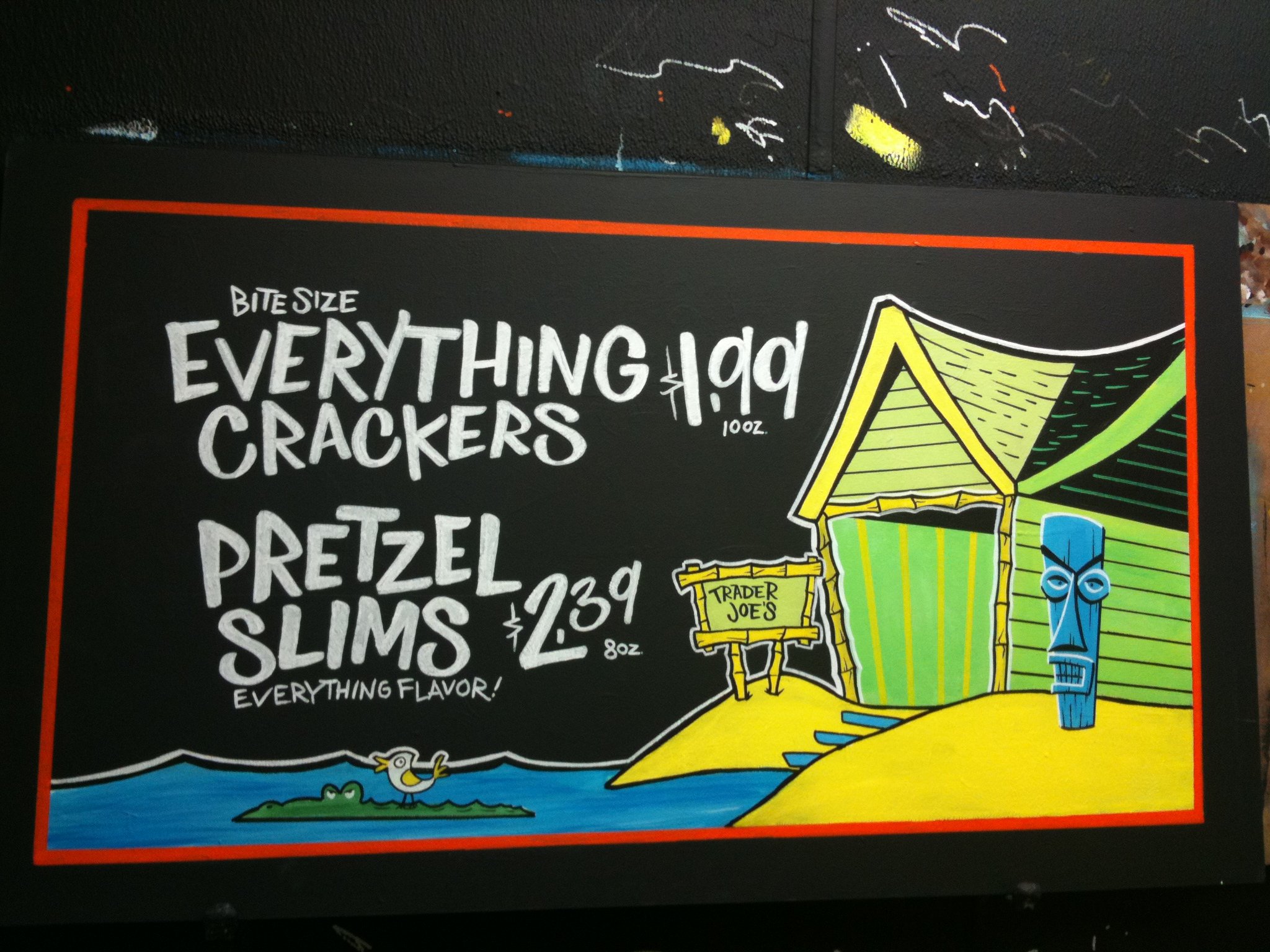

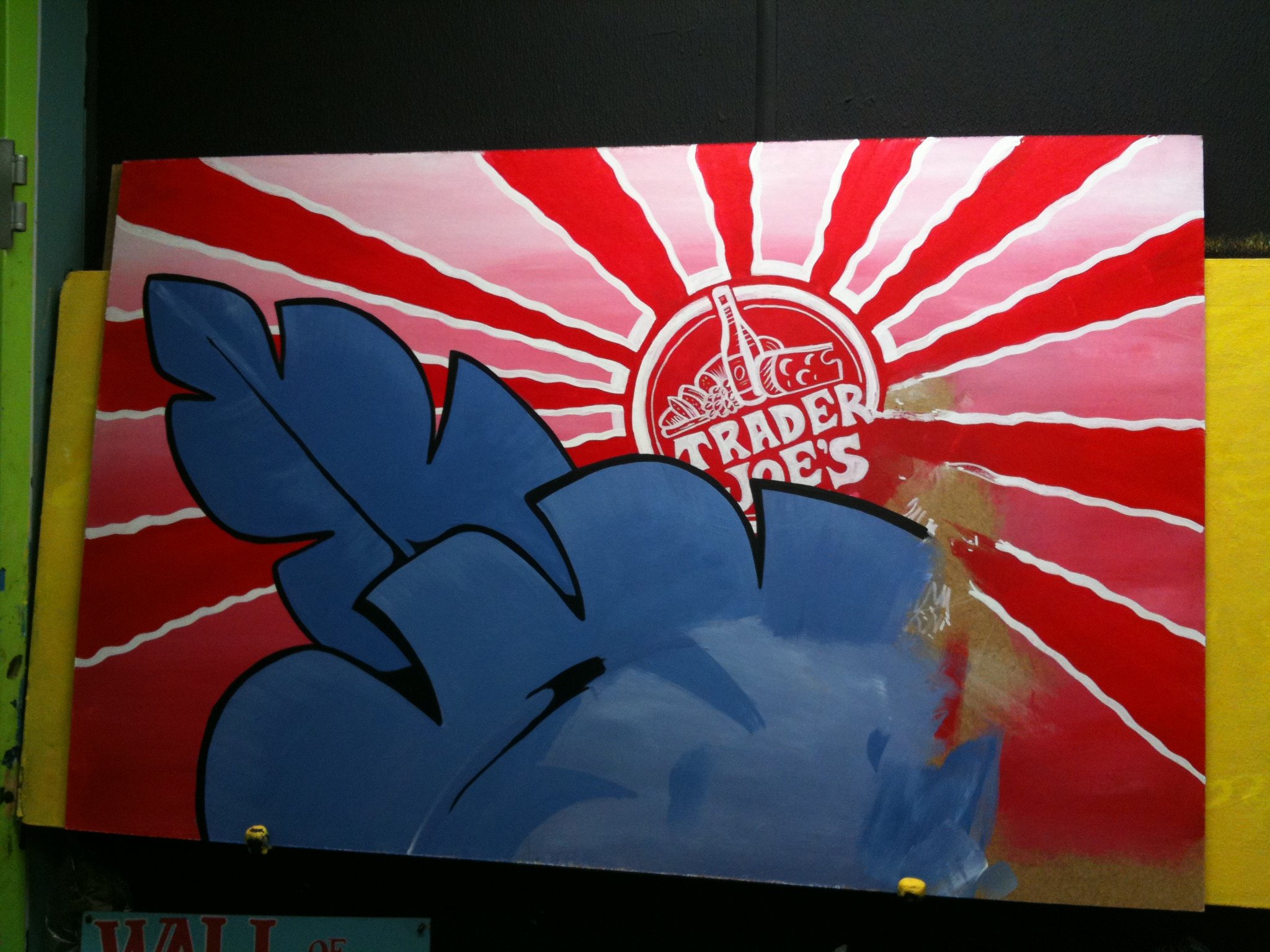
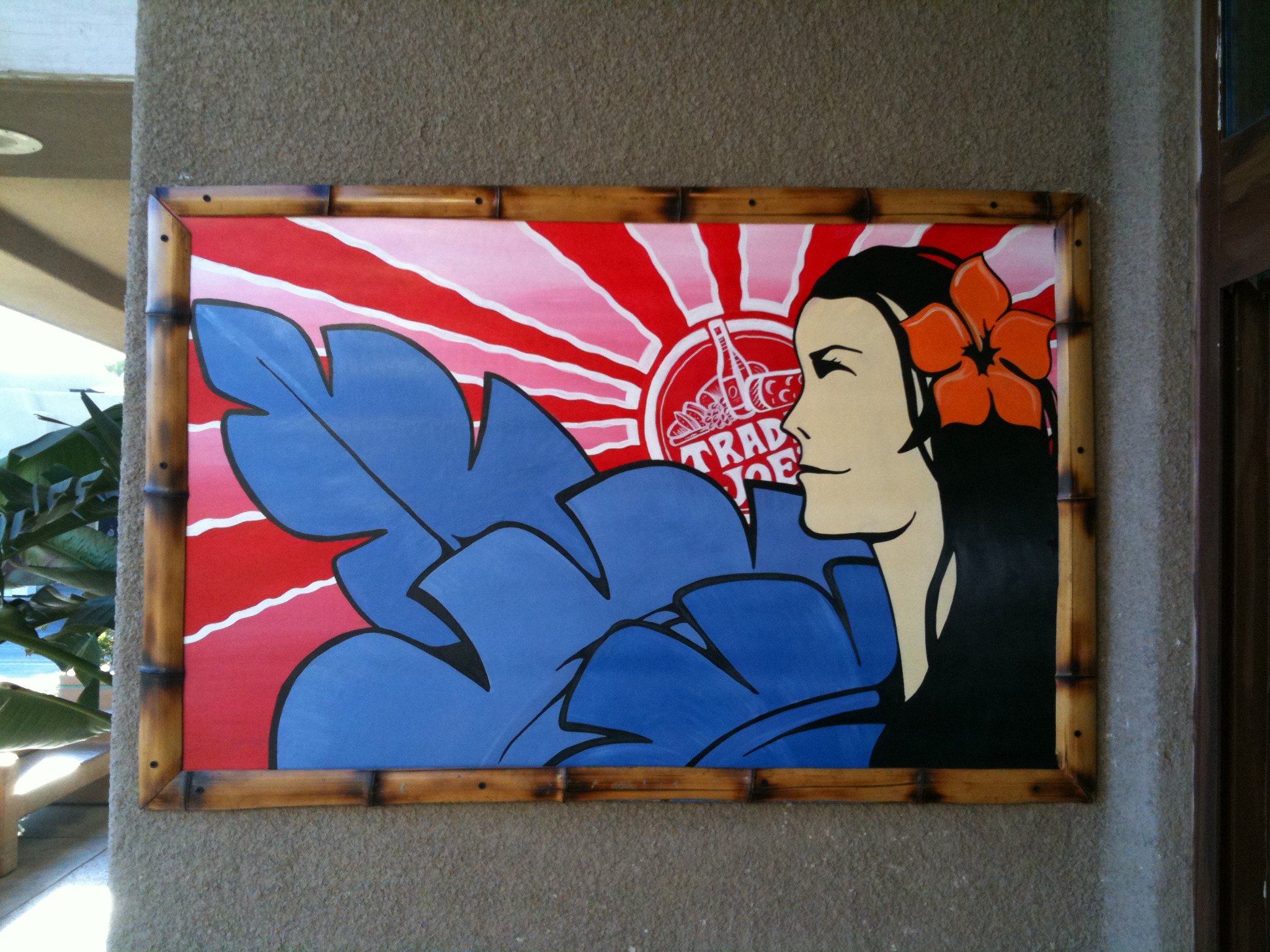
Teaching: A Super Easy Job With Tons Of Free Time & No Stress!
Ok, this section is going to be really long. But I wouldn’t be able to do what I do today if it weren’t for everything I learned in my 11 years as a public high school teacher. Sometimes when I share some of the things my students and I were able to, people think that these were well-funded private schools, but I worked at two different Title 1 public schools in two different districts (Title 1 schools have student populations deemed “at-risk” and are often in areas of high poverty).
My Education Stats:
BA: English Literature, Cal State San Bernardino 2009
MA: Education, Chapman University 2011
Single Subject English Credential, Chapman 2011
Career Technical Education Credential, CSUSB 2012
Despite a lifelong interest in audio and video production, I didn't think that it was the right career for me. Especially in the late 90’s/early 2000’s before anything like YouTube was around, there weren’t really any non-traditional ways to work in that industry. I figured it’d be best to keep those interests as personal hobbies and work towards a more “traditional” career. The only other thing I’d ever been interested in was teaching and I’d always wrote pretty good, so I decided to get an English degree and become an English teacher.
English degrees get made fun of a lot, but I loved my experience. Learning how to communicate effectively, make an argument, evaluate sources– all of that is super helpful in a million different ways.
The first classroom I ever taught in– A true feat of modern design.
The First Year
As you probably know, the world of public education is wildly glamorous, as can be seen by the photo to the left.
While not “my own” classroom, this is where I started teaching, first as a substitute and then as a student teacher (Which, by the way, is a total scam. Having an experienced mentor is super valuable but working full time for no pay or benefits and then paying to go to credentialing classes on nights/weekends is an awful system).
Turns out I’d end up coming back to this school half a decade later to build a Digital Media pathway…
i took this photo when i opened the door of my classroom for the first time. that is indeed a pile of mostly broken desks. this is actually more than a lot of new teachers have to work with. at least i had a projector, which was pretty neat.
My First “Real” Classroom
But things were moving on up, and if you’ll direct your attention to the right, I present to you the first classroom of my very own.
My second year teaching was my first year as a paid teacher. I had a classroom of my own, health insurance, the whole nine yards! I was set.
I taught 9th Grade English, Strategic Reading, and Yearbook. These were basically classes no one else wanted, but I was just happy to have a job (and I was actually excited for Yearbook since it involved cameras and design).
The students in my English and Reading classes were…tough. At least at first. For one reason or another, they had all had a pretty rough time in school. As a new teacher it forced me to learn that the subject matter is secondary. Understanding the students and trying to build a positive environment was most important. Along the way I also realized that many of the “troubled” students had really just been failed by the education system. They didn’t do well on tests or couldn’t learn in traditional environments, but they did have interests, aptitudes, and goals once you dug a little deeper.
eventually the classroom became a pretty fun and functional space. because none of the furniture matched, it forced me to use a combo of single and group seats. Turns out this was perfect because some students love working together and others just want to be by themselves.
The logistics of my Yearbook class were a bit of a nightmare though. Notice how there are…um, no computers in this room? We had to “borrow” available labs and computers each day to try and keep up with deadlines and publish our book on time. We got it done, but wow what a mess!
The good news is that was accidentally my first experience teaching any kind of Digital Media. Working with minimal resources while still getting things done was a pretty cool thing to learn. It also forced me to stop being a total control freak and rely on students to be responsible and share tasks, which is super important for building leadership and helping empower people who may have never felt that way before. One of my favorite things about Digital Media is that it can be an outlet for people who don’t fit anywhere else. I’ve lost count of how many “bad” students suddenly became confident and motivated after they found out they had a knack for some kind of media. I think one of the best things a teacher can do is give students options to be curious about. Once someone is interested in something, they’ll naturally start asking questions and wanting to learn more and then you can just help them along the way.
It’s the same philosophy behind most of my YouTube videos. They’re not always super in-depth or technical, but the goal is to spark some curiosity and then hopefully help someone find something to be interested in.
This is also where I learned the importance of dumb jokes. Turns out teenagers aren’t great at paying attention to things like grammar and 19th Century literature for extended periods of time, so breaking it up with some goofiness goes a long way to save everyone’s sanity. During my first year teaching I found a book of “loquacious” words and I’d have a “Word of the Day” definition on the board each day that explained some goofy world like “borborygmus.” The Word of the Day always sparked fun conversations. But then one day I told one of my classes this cheesy joke:
Q: Why did the bicycle fall over?
A: Because it was two tired!
I added a “Joke of the Day” section under the Word of the Day, and that quickly became a highlight. Eventually the Joke of the Day became a whole spectacle where entire class lectures would just lead up to the goofy punchline. I don’t care how different someone might be or how tough they may seem, everyone likes a dumb joke (although I’m not 100% sure if my students ever figured out that the terrible quality of the jokes was the actual joke).
But the results were no joke. I’ve always loved wordplay and bad jokes, and once I started freely bringing them into my classes it changed everything. I don’t know the entire reason behind it, but this helped turn literally every class into a much more friendly and comfortable place to be. And things just grew from there, with the Joke of the Day even becoming a segment on school broadcasts that’s still being done now, despite me leaving that campus in 2016.
It also helped me to build my YouTube channel! Originally I was so worried about wasting a viewer’s time that I tried to keep things as cut and dry as possible. But after a few years I slipped in a few jokes and puns and found that the exact same thing happened: I connected with people more easily! I wish I hadn’t kept that part of my personality under wraps for the first few years of YouTube.
Back to that first year in my own classroom– my school did this weird thing where new teachers were put in these funky old classrooms located outside of the “main campus”. If you did well and they decided to keep you, then they’d move you inside to a real classroom. It was weird.
That was the school year that ended in 2012, so the economy was in the dumpster and teachers were being laid off by the hundreds in every district. In the span of a single week I won a Teacher of the Year award and was also given a pink slip due to lack of budget (teachers with the least amount of experience were laid off first). Fortunately the state rescinded the pink slip and I was told to pack up my room at the end of the year because I was being moved “to the inside.”
The only catch was that it wasn’t really a classroom.



This was like a…common space? Lobby? I don’t know. It was a big open area where the back doors from 6 different classrooms opened up. It had also been used as a storage area. So I spent a long time that summer turning it into a usable classroom space, and honestly, I think it turned out pretty awesome. If this whole teaching thing didn’t work out, maybe I could start a second career as a classroom design consultant?
In addition to a new space, my schedule changed too, switching to 10th Grade English and Yearbook. Moving from 9th to 10th grade was neat because it meant I got to have a lot of my students from the previous year (I guess that would be either a blessing or a curse..).
In the end, I was only in that room for less than a month. Literally three weeks into the new school year, and after my complete design overhaul, I was asked if I wanted to move into an entirely different subject area…
Taking Over a Digital Media Pathway - The Digital Arts Technology Academy
Because of an unexpected opening at my school, I was able to take over a position in our Digital Media program, the Digital Arts Technology Academy (DATA). Even though I taught English our principal knew about my background and how much I love this stuff, so he thought I’d be a good fit. I said yes before he even finished the question.
This is where I was introduced to the genuinely awesome world of “Career Technical Education.” CTE is absolutely awesome and I’m really grateful that California seems to value it and invests in it quite a bit each year. It covers just about every industry you can think of and aims to provide programs and resources for students to not only explore careers, but gain actual experience within those fields. Here’s a whole spiel I gave at a CTE conference one year.
The bad news was that it also meant I had to go back to school and enroll in another teaching credential program. So on top of learning a new subject matter and teaching entirely new classes, I got to be a college student again! Woo hoo. But this is where my experience at the TV station and Trader Joe’s saved the day. A key component for CTE teachers is to have experience working in the fields where they teach. Arts, Media, and Entertainment can be tricky since many people are self employed and/or self taught. I was fortunate to have had relevant experience at places with HR departments that could vouch for it.
this blurry iphone 4 photo is from the day i took over the media pathway. the outgoing teacher held a big party and then everyone just kind of…left. i spent the night trying to get it somewhat cleaned up so that i could teach classes the next day.
this photo is from several years later, when everything was in its prime. this room has since been entirely renovated and modernized, but i love the funky hodgepodge and diy aesthetic. I think it was a space that helped students feel comfortable experimenting and making mistakes.
My part of the program was a mess, literally and figuratively. We actually had two pathways: Digital Storytelling and Digital Imaging. The Imaging side had had the same teacher for years and was a pretty well-oiled machine, but the Storytelling side was a mess (no joke, the cupboards were full of old food and 15 year old newspapers, but that was piled on top of cool gear like DSLR’s and amazing lenses). It took the better part of that school year just to get things functioning and inventoried, on top of trying to figure out a curriculum and understand what students were interested in.



I spent pretty much every weekend in the classroom that year trying to tackle projects to make it a better creative environment. It was so much fun, and every Monday students would come in and try to see what had been changed from the week before.
Our school had a really incredible band with an unbelievable band director. He took the program from 12 kids who couldn’t play anything to over 160 students who regularly won national competitions. Even in the 115 degree summer heat, students would be out on the field practicing. He was an awesome teacher. I asked him how he did all this cool stuff and his answer was, “Nobody told me I couldn’t.” That’s when I learned the importance of asking for forgiveness rather than permission in some situations.
This is a small EXAMPLE of the condition things were in.
Most administrators will say no if a teacher asks to paint a room or do something insane like build a broadcast studio from scratch. But no one will ever argue when they walk in and it’s already finished. I’m not advocating for vandalism or anything, but this room was a dump and I made sure that any changes I made helped to make it objectively better.
Prior to me, the pathway was supposedly a “Journalism” program, but there really wasn’t any journalism happening. What I did notice was that students often asked check our equipment “for Journalism” and once they were done with whatever halfhearted thing they were working on, they would make their own cool videos and movies. Once I realized that none of us were interested in what the program had been, but all of us were interested in audio/video production, design, animation, and that kind of stuff, it became clear that things needed a bit of an overhaul.
This is also where I started to learn how the gears of “The System™” worked. I began rewriting courses so that I could officially teach what I thought was most useful and what my students were most interested in. I also learned about education budgets, and was able to get our computer lab updated for the first time in nearly a decade along with building out an equipment inventory that was more suited to the needs and interests of the students.
Once both pathways in our program were fully up and running, things really took off. We had usually around 250 students each year, and students would make a 3-4 year commitment which meant we worked with them from freshmen or sophomore year all the way through graduation.
a pile of brand new 2013 imacs (this was when apple first switched to that super slim design).
The new lab up and running! These computers lasted for almsot 8 school years before the current teacher upgraded them. they were then sent to middle school media programs.
Being part of this program also meant helping students to work within the community, find internships, build portfolios, and participate in extracurriculars like SkillsUSA competitive events. It was fun, but it was also insanely busy. Especially from January-June each year, where I was basically only home to sleep.
Eventually we became a “California Partnership Lighthouse Academy.” Seven career technical programs out of the state’s 415 were selected as examples to help develop and work with other programs. We were also an Apple distinguished program, which was really cool. I’m not sure what the perks were, but it was a tough application process and then we got a nifty little logo on our promo materials.
One year we were hosting an event for schools interested in building their own programs. Afterwards an administrator from another school asked if I’d be interested in starting a new program (ironically it was the first school where I student taught). At this point I had been going nonstop for five years and I was tired. The idea of building a program from scratch seemed daunting, but the prospect of being able to cut out the nonessentials and focus only on what I thought would be best for the students was incredibly appealing.
Moving on was bittersweet beyond words, but ultimately I knew I’d regret not taking the chance and there’s really no cure for regret. Even better, we were able to find an amazing teacher to take over my part of the program. He’s been able to evolve it in some awesome ways and it’s still going strong.
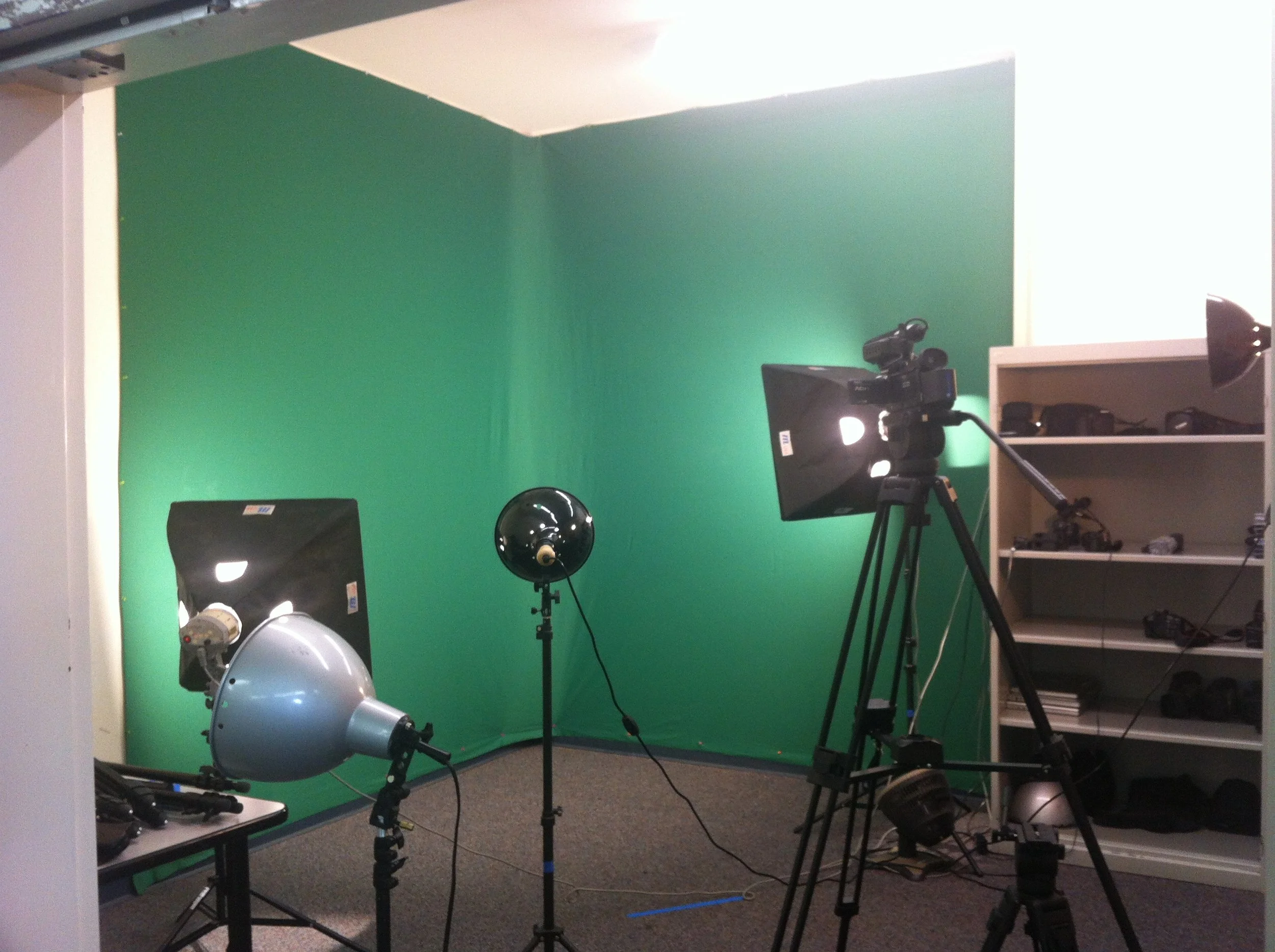
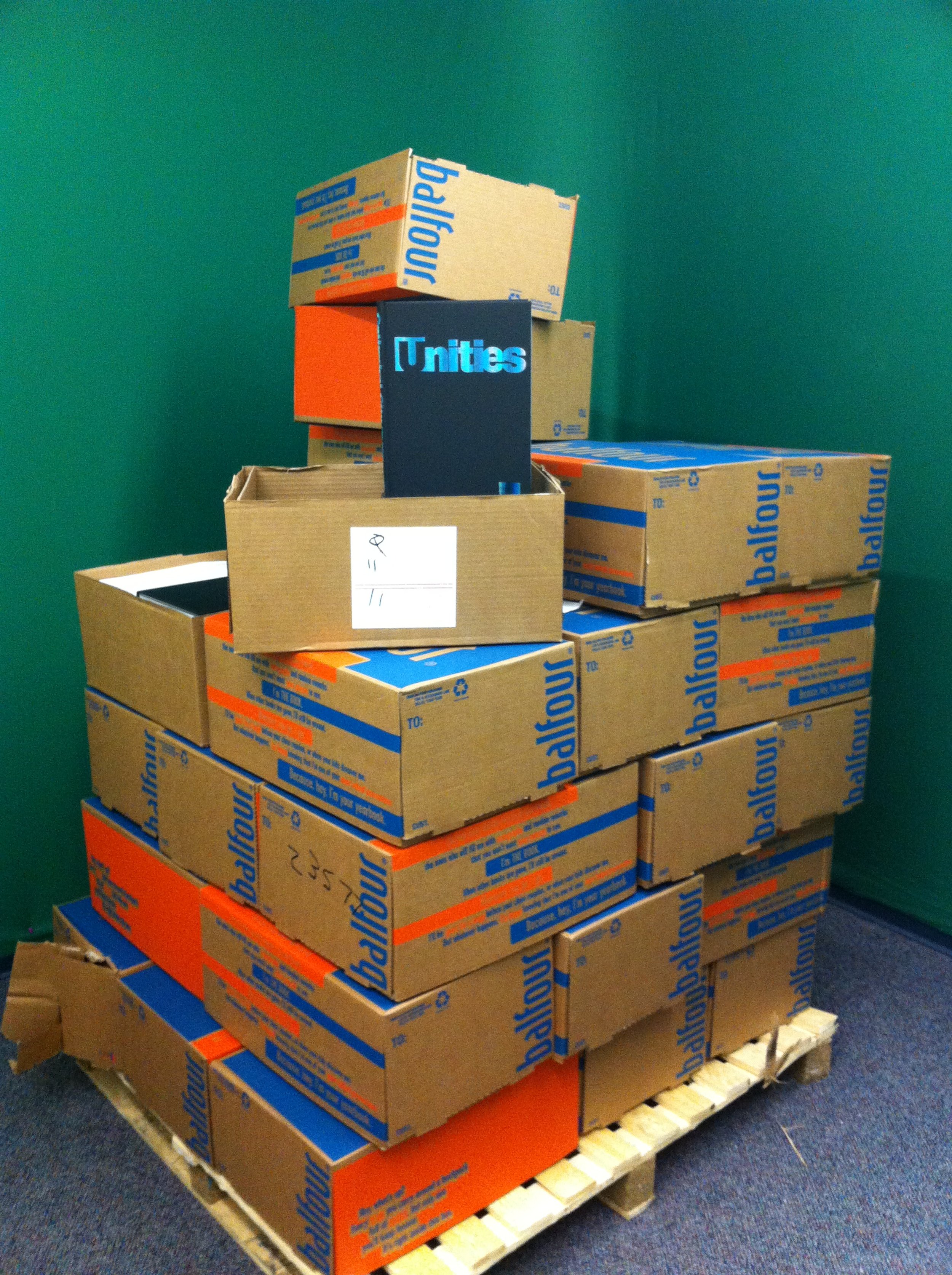
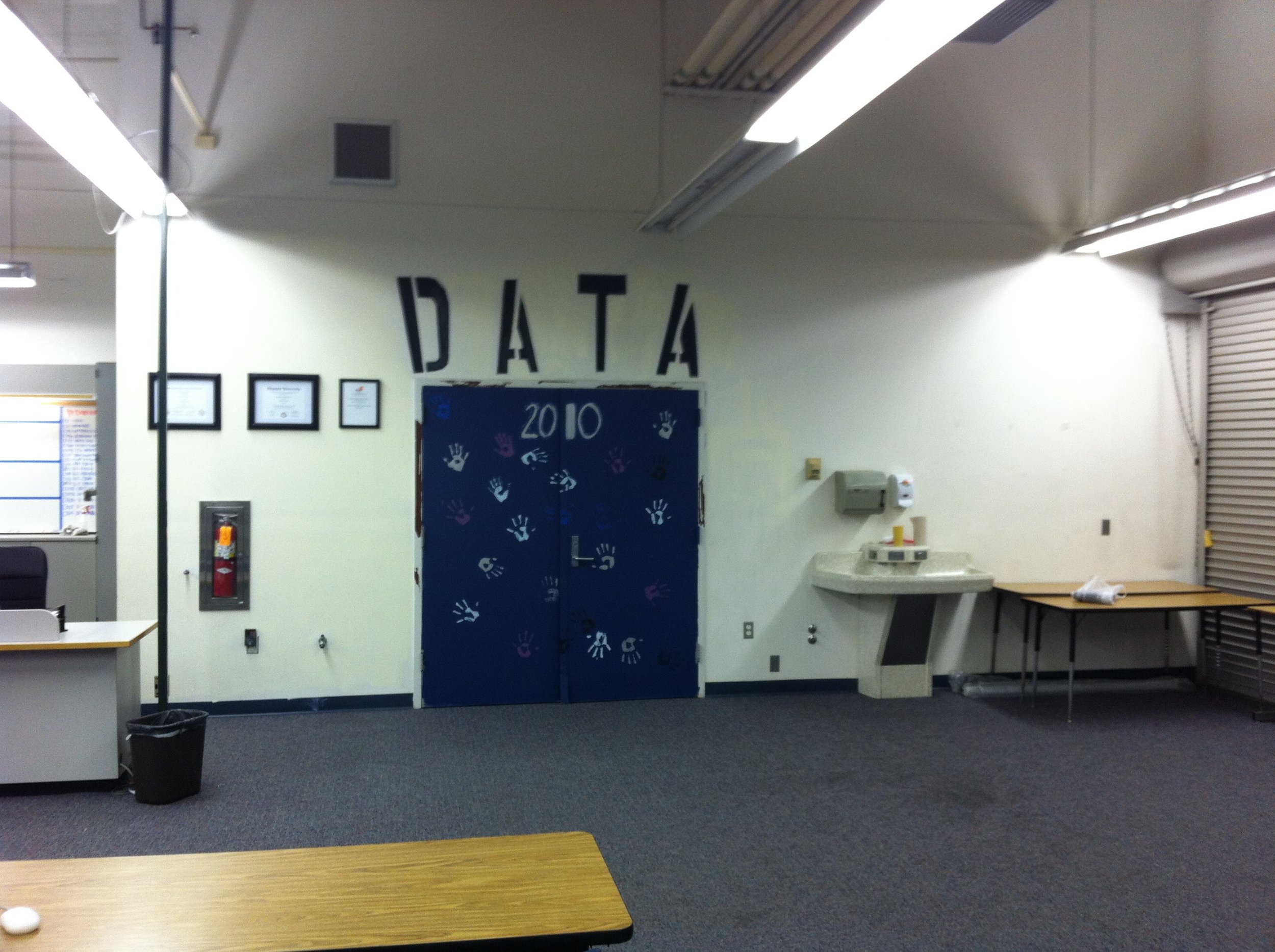
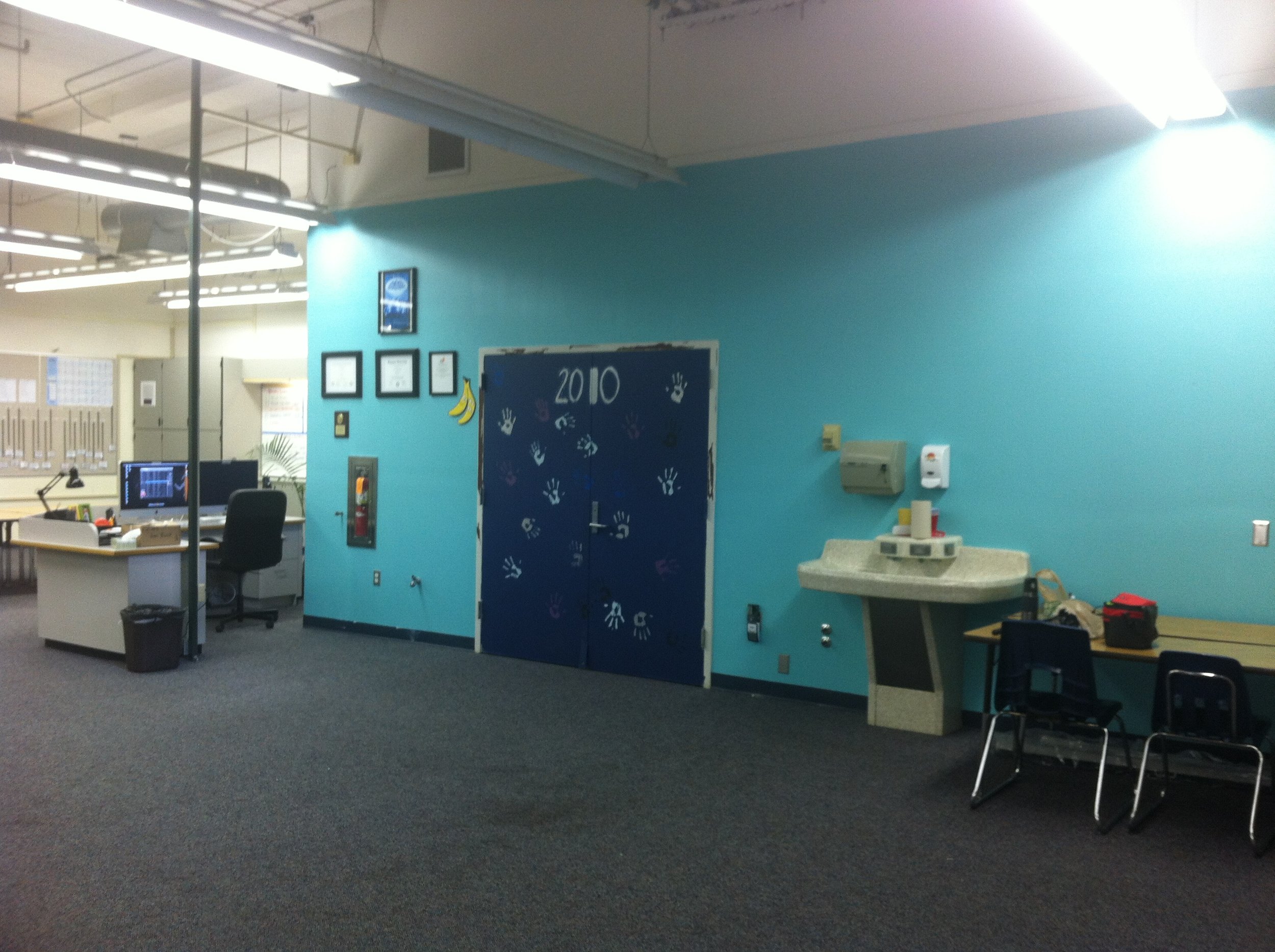
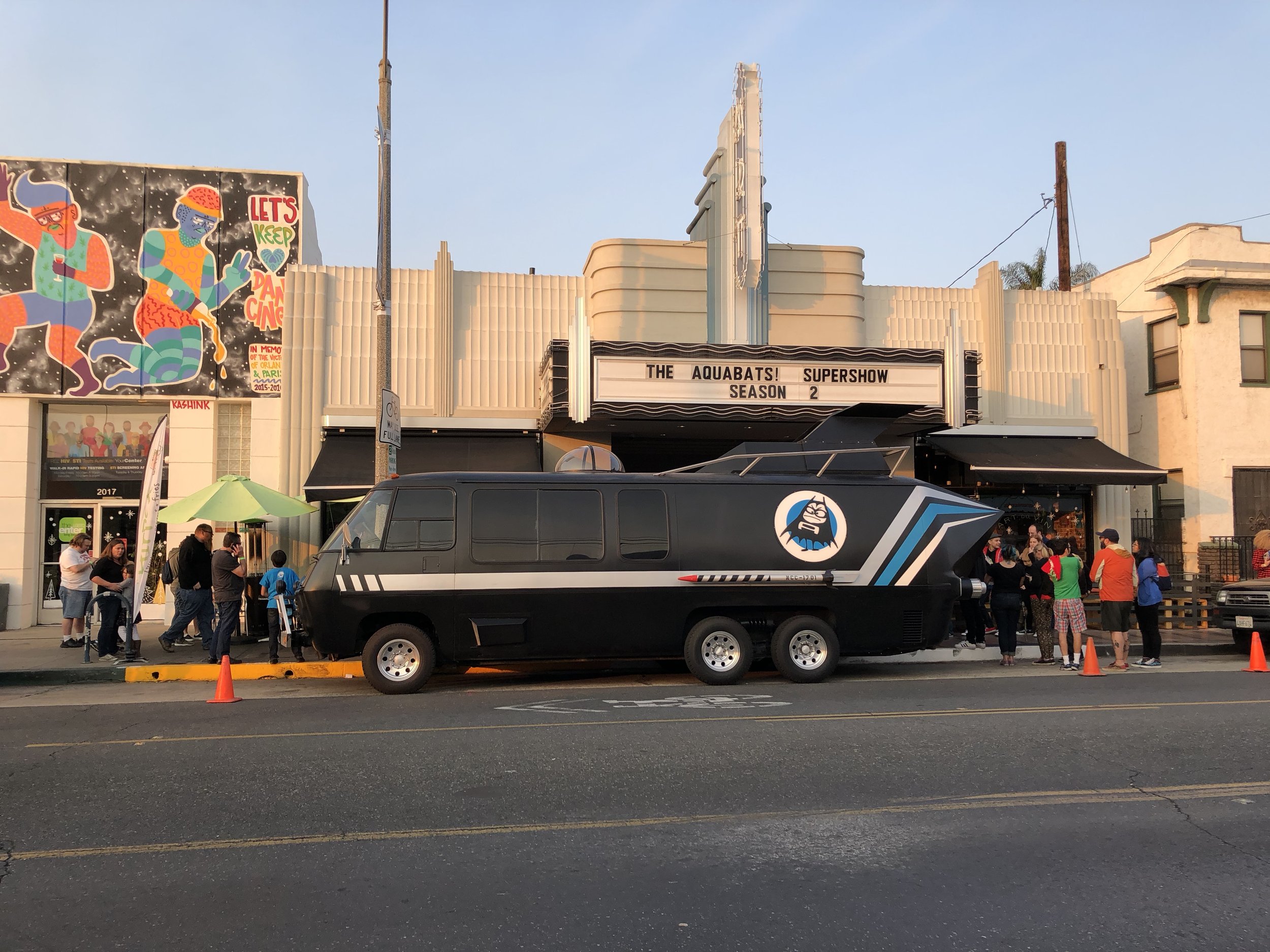
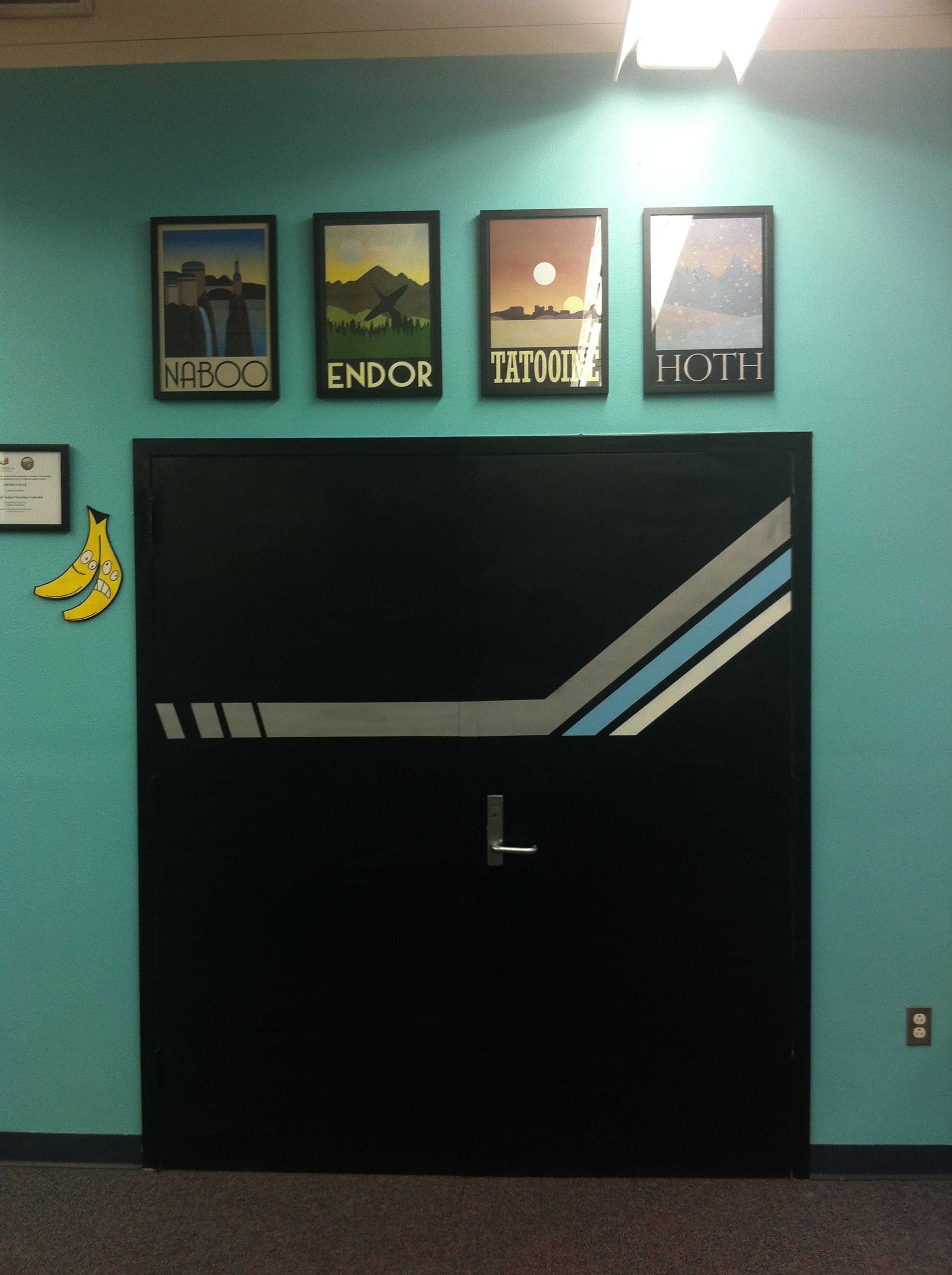

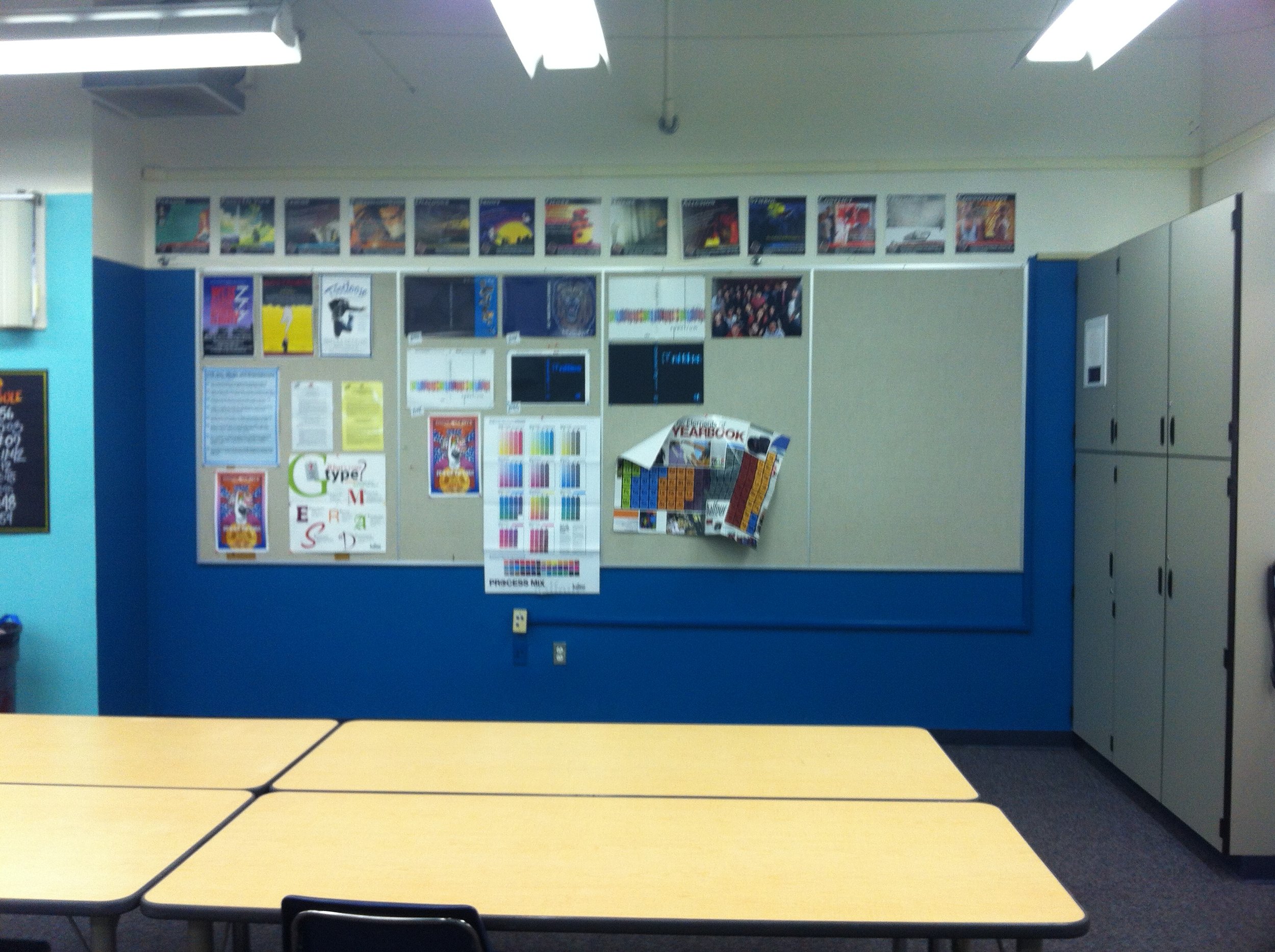
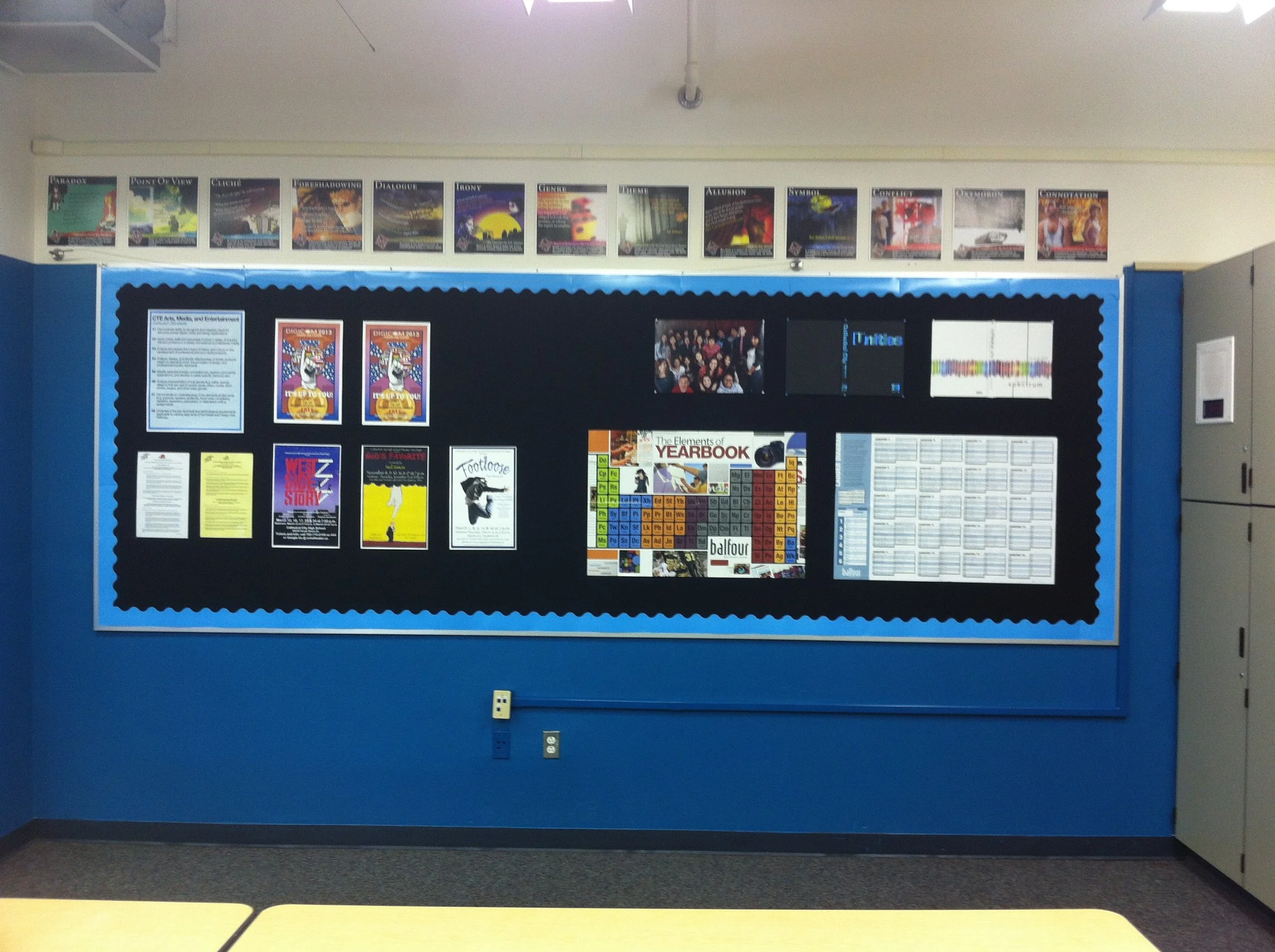

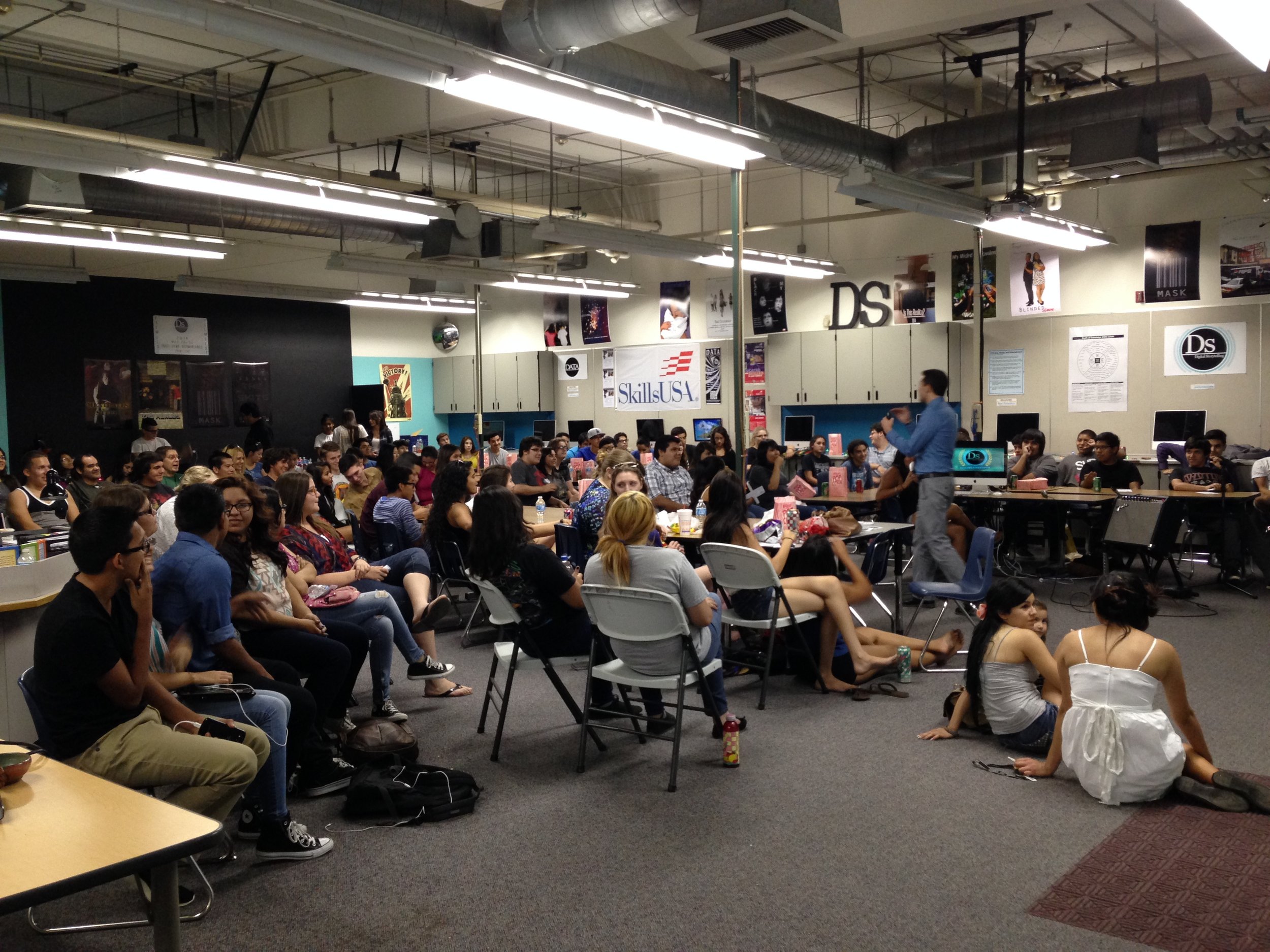


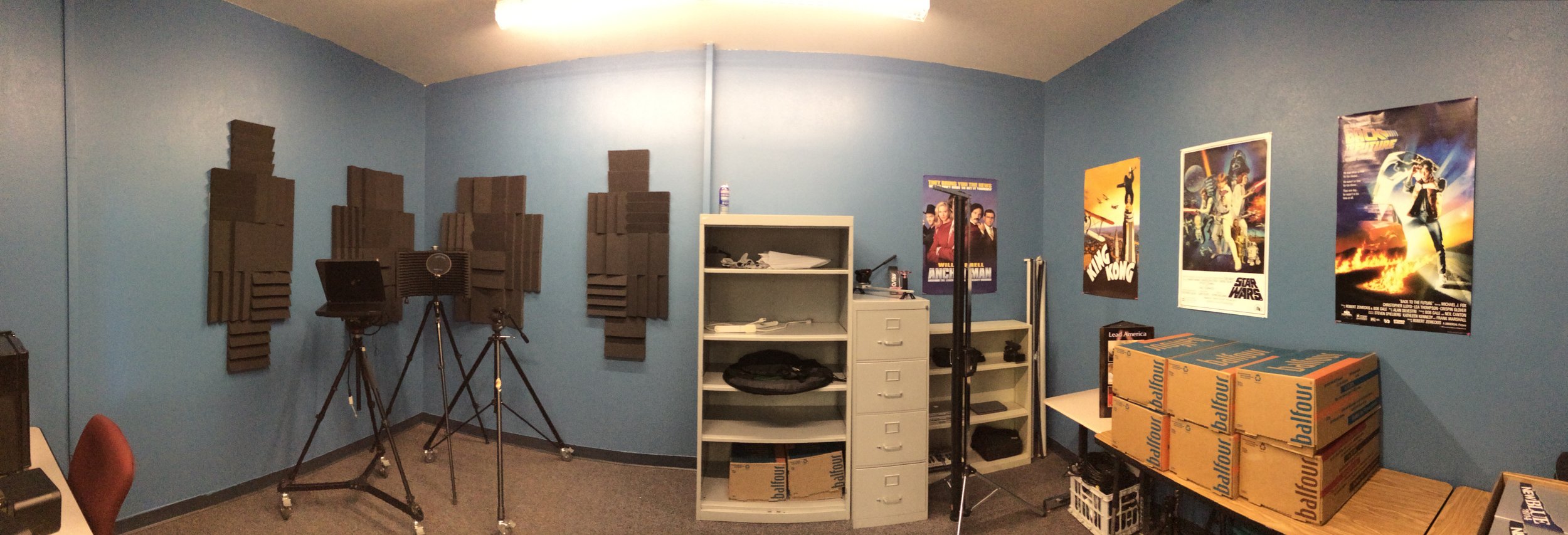
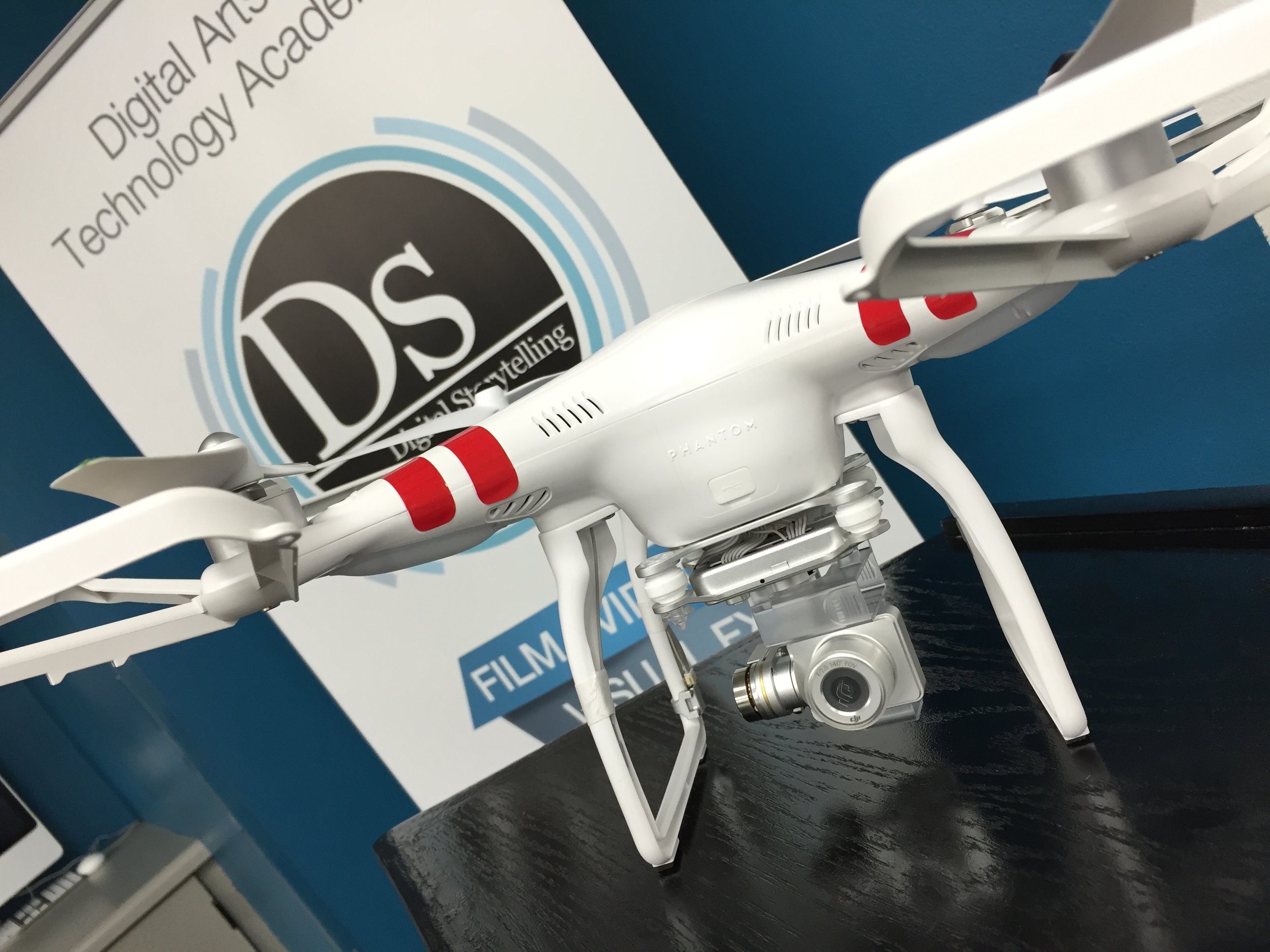

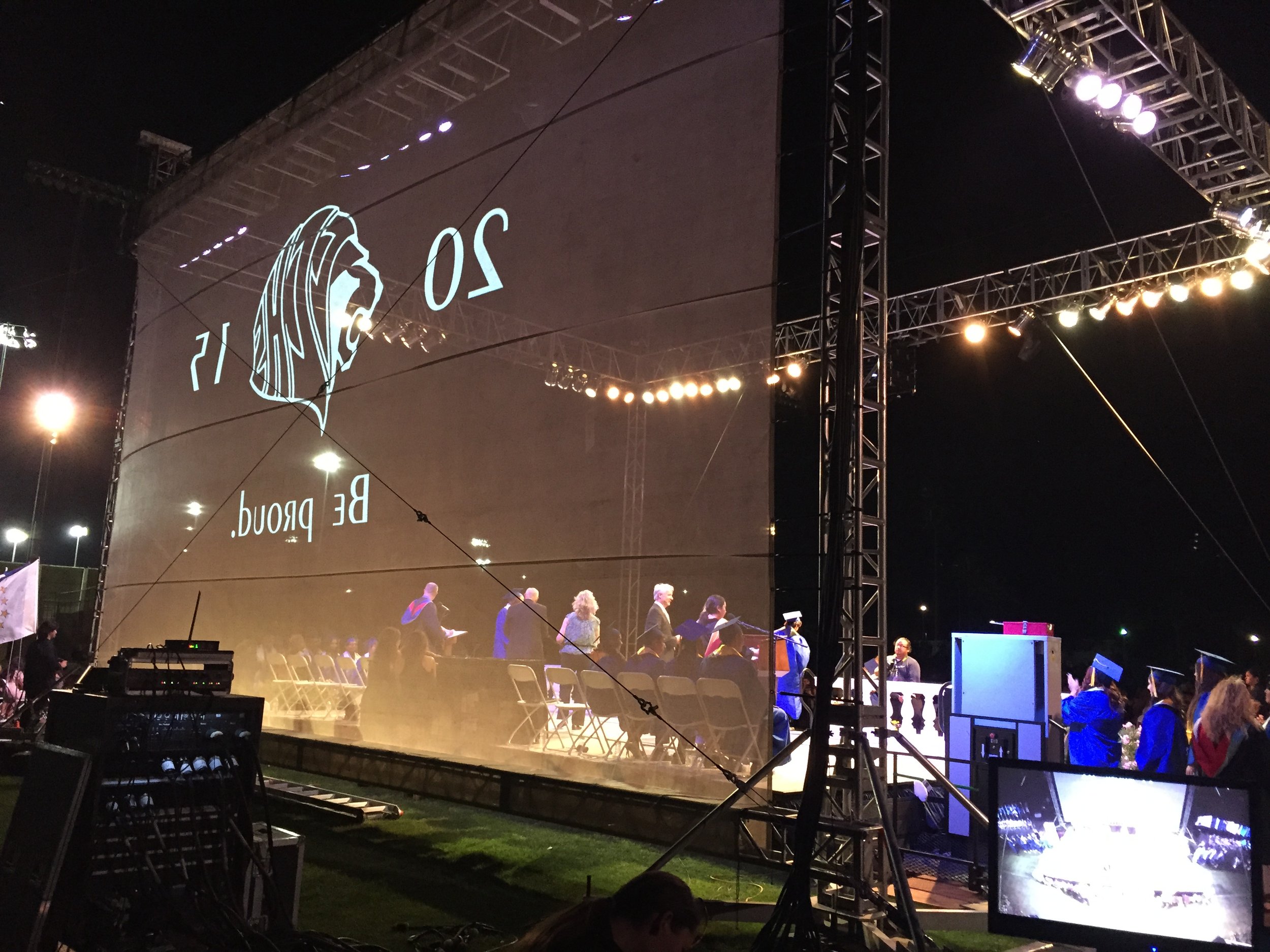
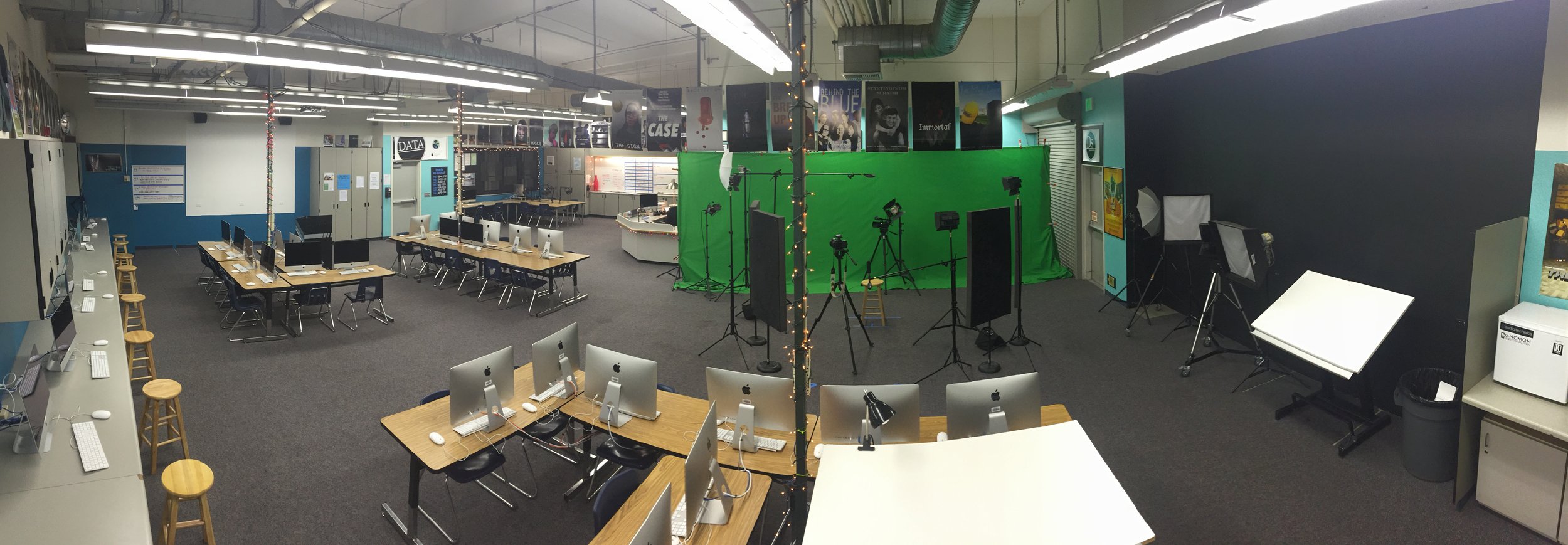
Making An IMPACT
Remember that fabulous portable classroom where I taught for the first time? Well, in the time since, that campus had been entirely demolished and rebuilt, including space for a media program. The only problem was that the district didn’t have any CTE Digital Media programs.
I was offered the chance to build one from the ground up. It was unreal. I could take everything I learned from my first program and create the curriculum to build out the most beneficial pathway possible.
The new campus is absolutely GORGEOUS. Also, I learned to make this photo by combining 23 photos from my drone!
The “Institute of Media Production Arts & Creative Technology (IMPACT)” officially launched in the fall of 2016. It wasn’t a super ceremonious beginning. The new buildings wouldn’t be finished until winter, so I started off in a temporary classroom with some old computers and students who definitely did not select to be in the pathway. We had a lot of work to do.
Instead of moving into an existing program, everything here was started from scratch. Students had no prior knowledge or skills and the school/district/community didn’t care or value anything yet. They hadn’t seen the power of a fully operational Digital Media pathway, so they had no way of appreciating what it could do. From the teaching side, it also meant spending a solid week on compelling topics like “How to Log In to a Computer” and “What Is Right Clicking?”
No new equipment had been delivered yet, so it was also a Digital Media program without any cameras or…well, anything else. Turns out that was for the best. We were able to focus on the fundamentals and it was a cool excuse for students to use their phones for class projects (no high school student will argue with being able to use a phone in class).
Eventually we were able to move in to the newly completed classroom studio and I’m pretty sure you could hear their minds exploding from two time zones away. IMPACT also produced a live daily broadcast, which had been part of the school community in one form or another since the 1950’s. But it definitely needed a bit of an overhaul.
The classroom was really made up of several spaces: a broadcast studio, a computer lab, another classroom/mini lab, a flexible studio, and a podcasting studio with an equipment room connecting everything together.
We were able to move away from analog tape camcorders to full one studio cameras with teleprompters and a full-featured control room with switchers, mixers, and graphics. To make it easier for everyone to watch the stream we decided to start a YouTube channel. Students really liked the idea of being on YouTube and immediately asked, “Mr. Buck are we getting a Silver Play Button?!” I had no idea what that was.
absolute chaos as i stumble my way through building a studio.
That first year was spent building up basic skills and then trying to give students as many opportunities to work outside of the classroom as possible. By the end of the year, IMPACT was a point of pride for the district and community. That might sound pretty boastful, but I’m happy to brag about it because most of the credit goes to the students. I could design whatever program I wanted, but it wouldn’t mean anything if they didn’t give it a chance and join with an open mind.
Now that things were up and running, I spent that first summer trying to really level everything up. One of the most incredible things about teaching in both of these pathways was that on the first day of school students would show up excited. Like, they were genuinely psyched to be back. Summer had just ended, it was 7:30 in the morning, and these kids were pumped. That’s a pretty special thing!
Part of this “leveling” up meant making our broadcast studio look less like an interrogation chamber and more like an actual studio. One of my first YouTube videos covers this whole process in-depth, but the long story short is that, without really knowing what I was doing, I built a fully-fucntioning set. To this day it’s one of the things I’m most proud of (it’s still being used for daily broadcasts under the direction of a fantastic new Digital Media teacher).
this was the the height of our set design at the end of that first year. at least everything sounded great and had super nice hd camera quality!
this photo is taken from almost the same angle, but it’s practically impossible to BELIEVE that it’s really the same space.
I also wanted to expand our reach into the community, which included networking with industry professionals who could act as an “advisory council,” which is something California requires for CTE programs. Super long story super short, I found this awesome YouTube creator who I thought would be a good fit as an advisor and she was really excited for the potential of a media program like this for students. And then we ended up getting married.
I was always proud of my time in the DATA program, but a part of me always wondered if it was a fluke. Even though I had to rebuild my part of that program, I still had the benefit of stepping in to something that had an established reputation and a team of teachers to help guide it (DATA has two CTE teachers but also has dedicated subject matter teachers so that students take all of their core classes together too).
My logic was that if I could build something from nothing, then that might be evidence that the first time wasn’t an accident. It took a while to build skillsets and create a culture, but it really didn’t take too long for IMPACT to thrive. Very few things were as fun as walking through the classroom studio and seeing a group of students rehearsing a broadcast while other groups edit short films and then others are producing podcasts and setting up product photo shoots or having a production meeting. Then we could all come back as a group for a workshop or a critique. It’s absolutely what I miss most about being a teacher.
I guess those ideas worked because I was selected as our district’s Teacher of the Year in 2019. To make things even wilder, I was named County Teacher of the Year in 2020. They even sent a whole film crew to make a profile documentary, and the best part was that my students got to spend a few days working with and shadowing that awesome crew.
Just as everything was firing on all cylinders, we rolled into March of 2020. I don’t know if you’ve heard about this or not, but something kind of big happened around the time.
Teaching In A Pandemic
Like many schools around the world, we quickly transitioned to “online learning.” This is where my YouTube/streaming experience really came in handy. Teaching is tough, but teaching to a bunch of gray squares on Zoom can feel impossible. Being able to use multiple camera angles, graphic overlays, and other cool interactive technology made the situation as good as it could be. We were even able to continue working on projects and holding class critiques/small events virtually.
Students even kept up with our daily broadcast! I set up a TV on the desk in the studio and then had the cameras frame them like normal. It would’ve been simpler to just stream with Zoom or Ecamm, but I thought the idea of filming a screen was so absurd it was funny, and it also forced students and I to solve some pretty interesting problems to make the whole thing happen (plus it was honestly nice to feel like they were kind of in the classroom at least a little bit).

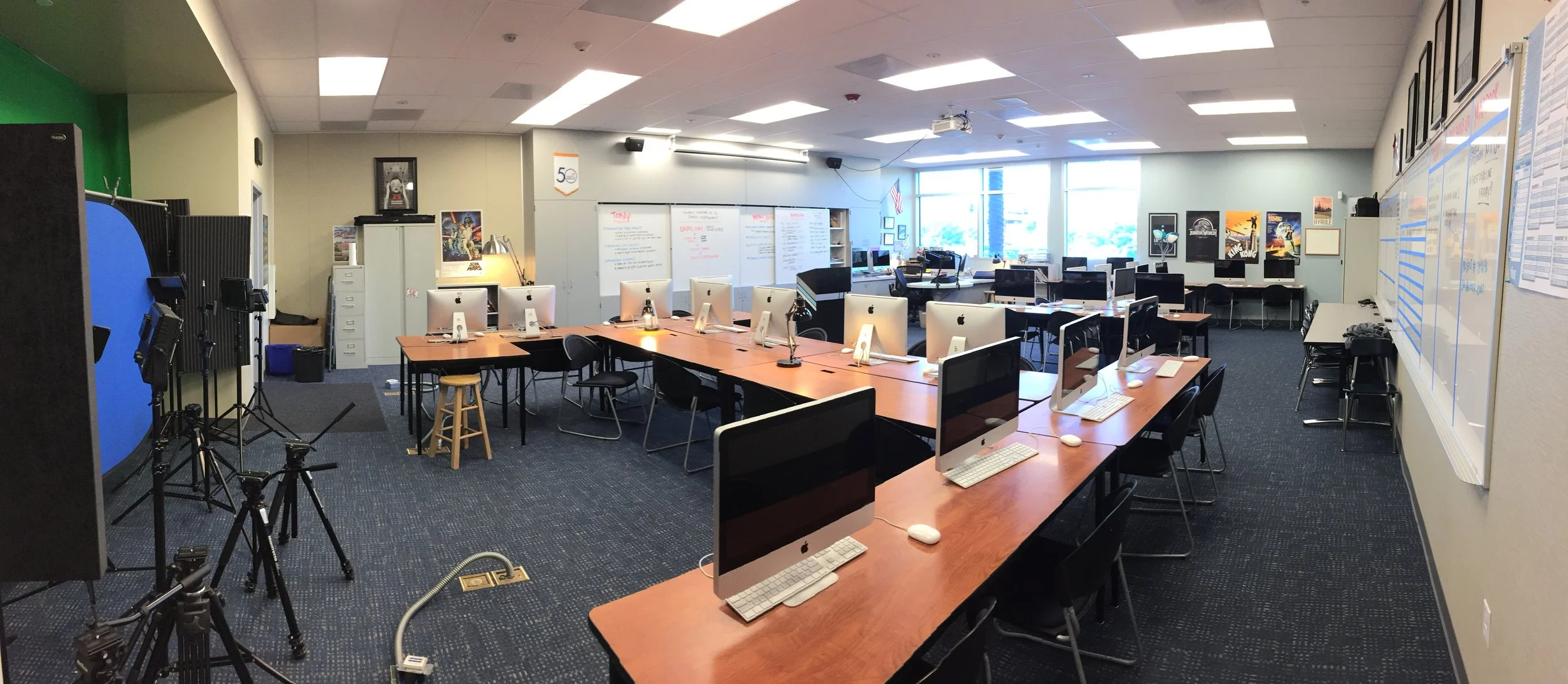
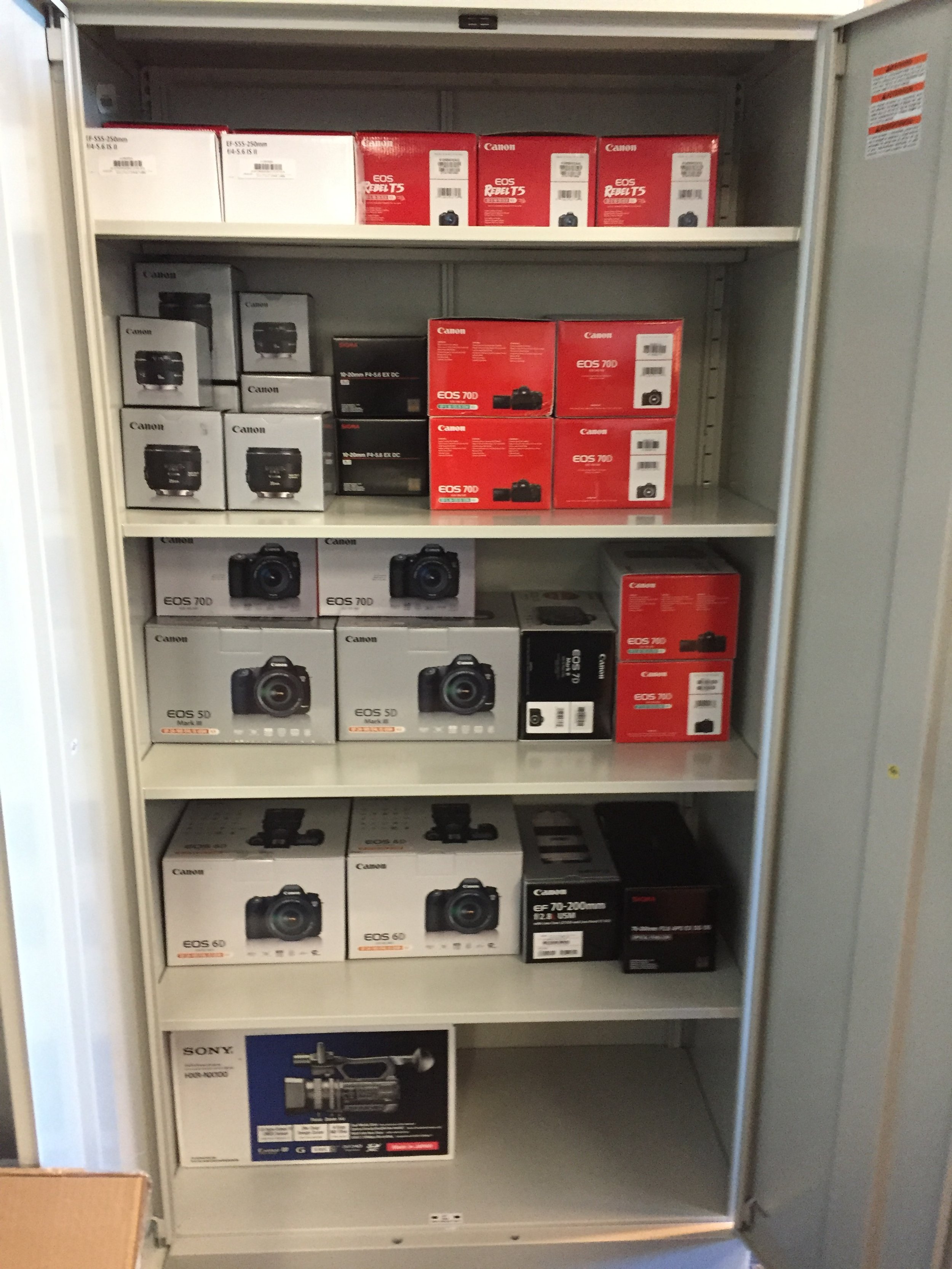
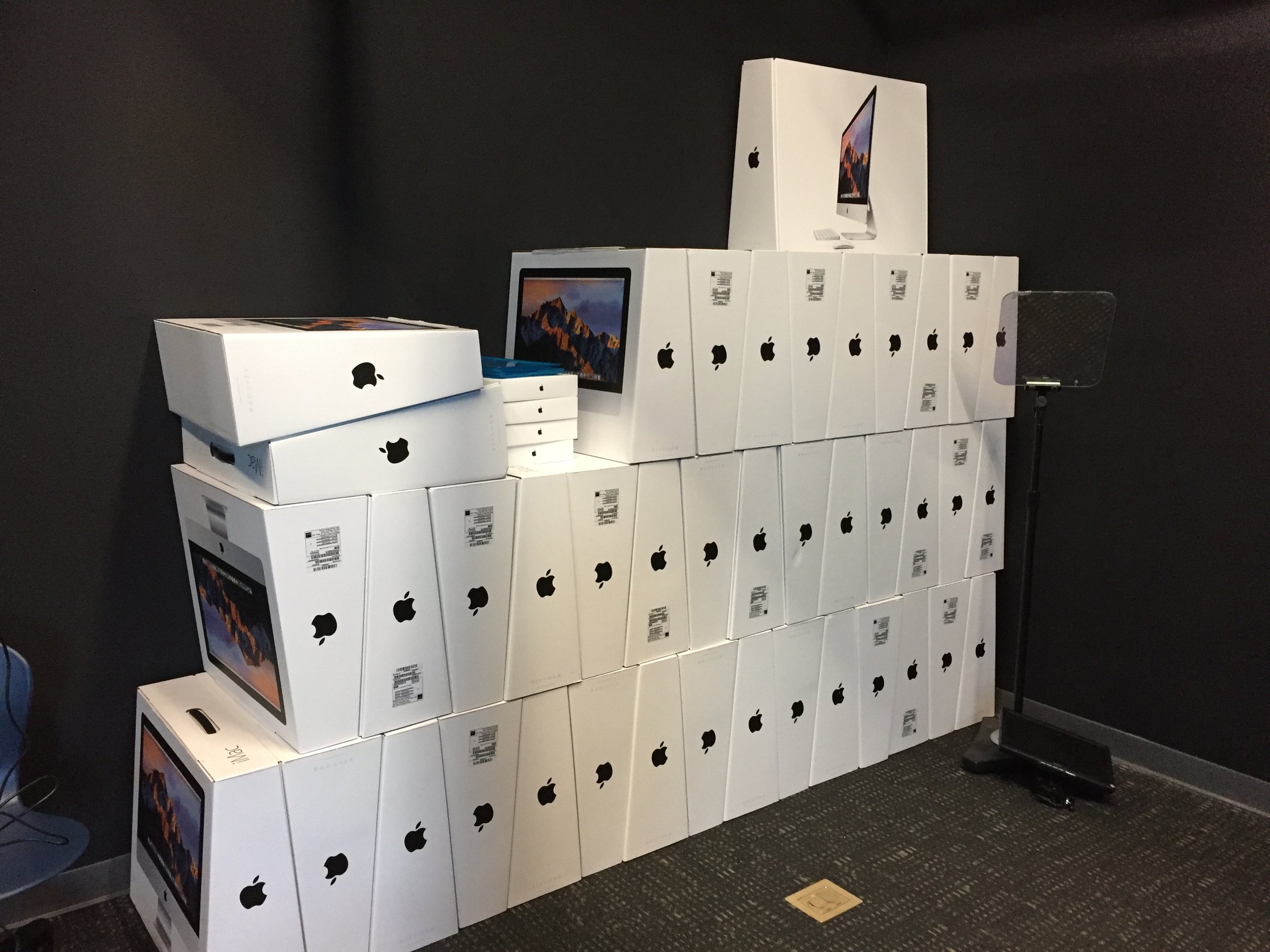
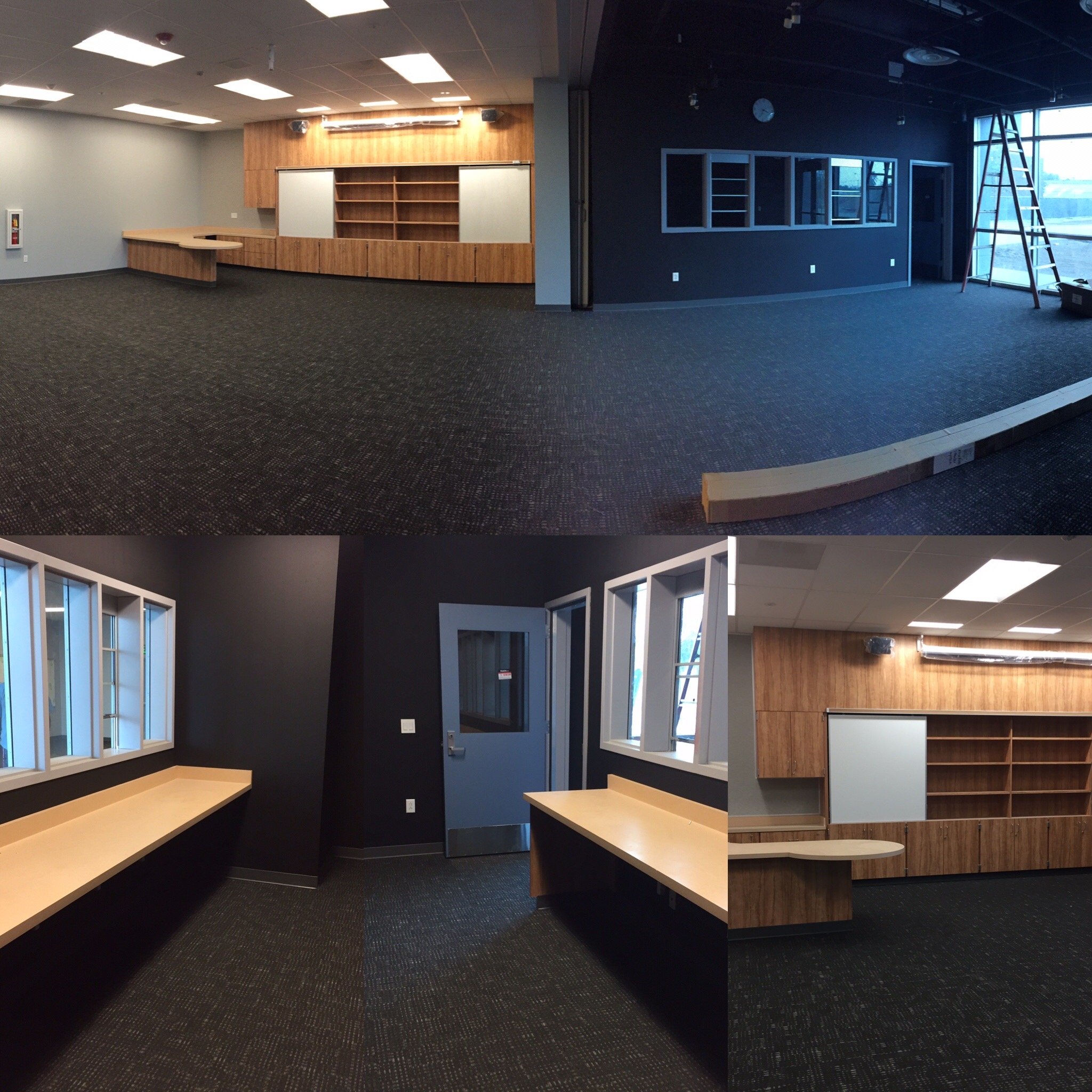
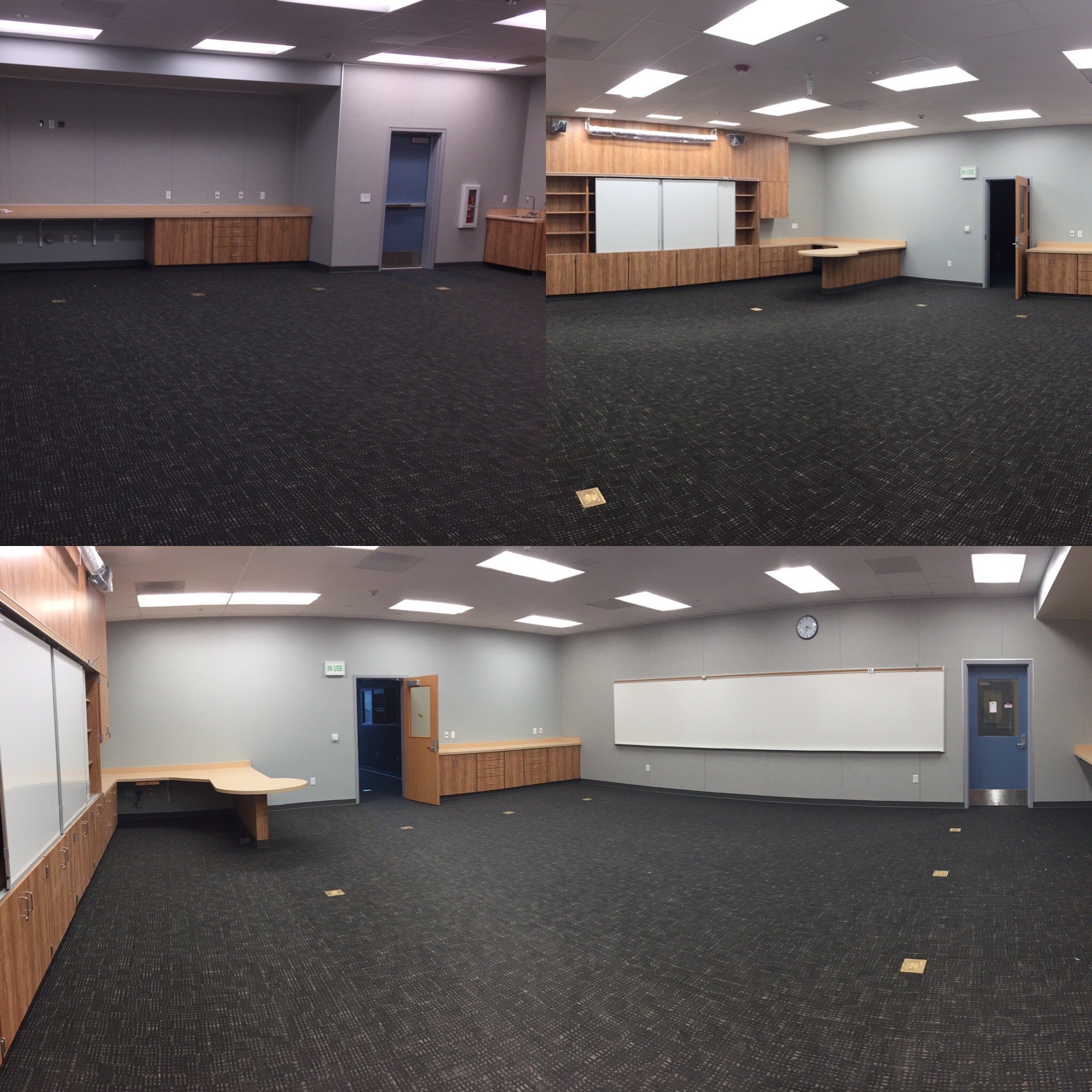

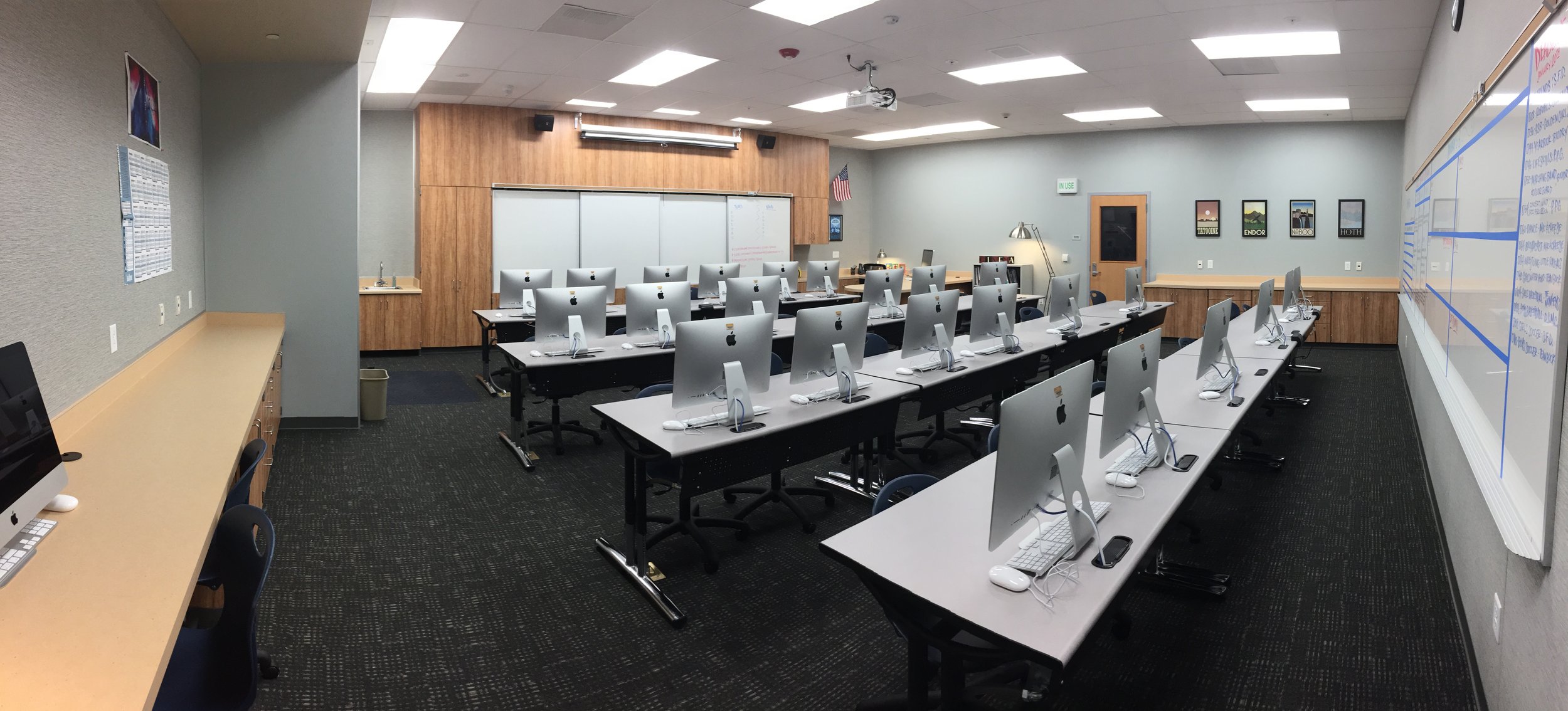

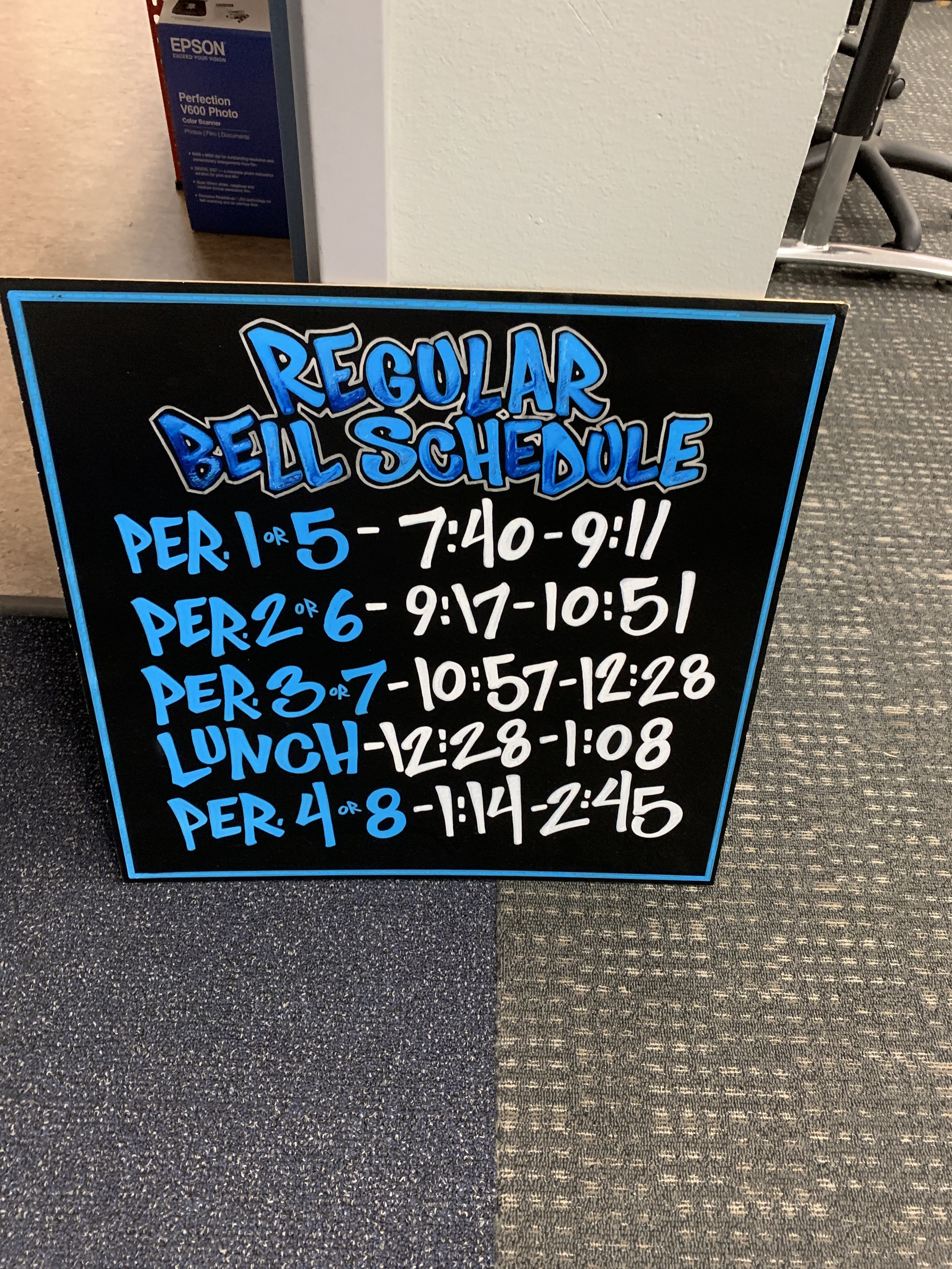
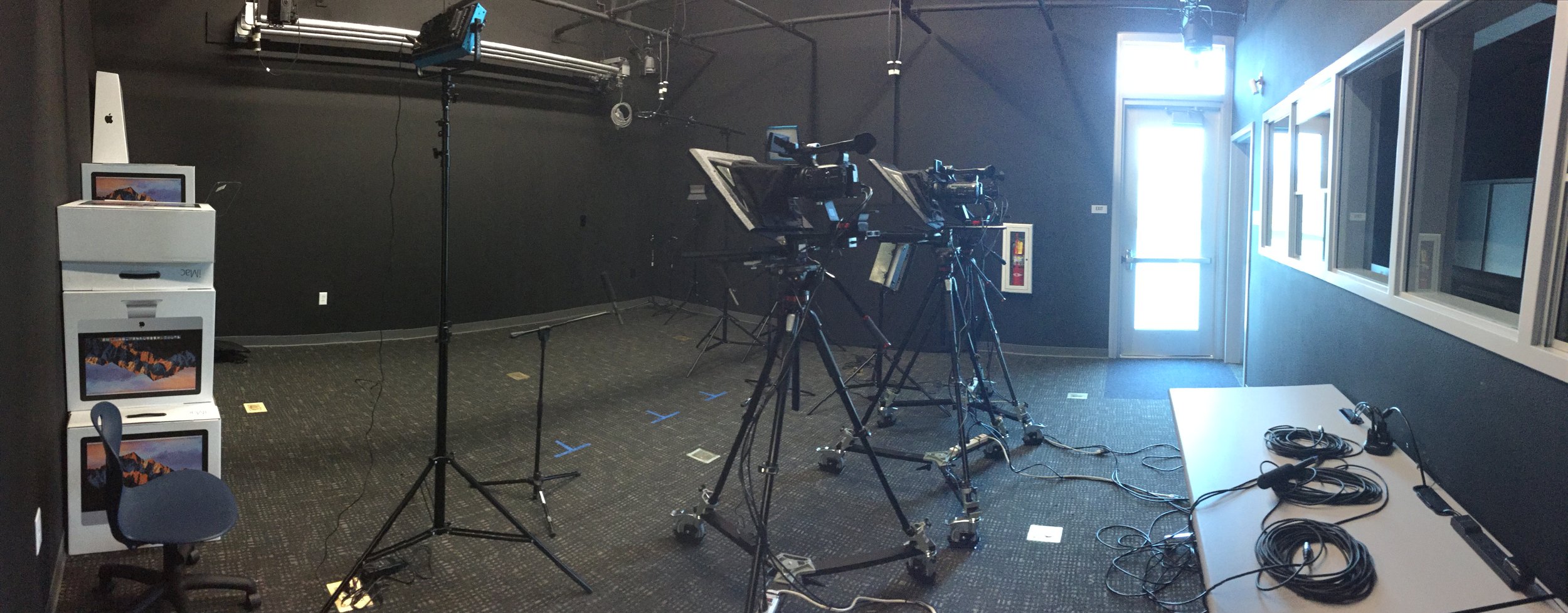
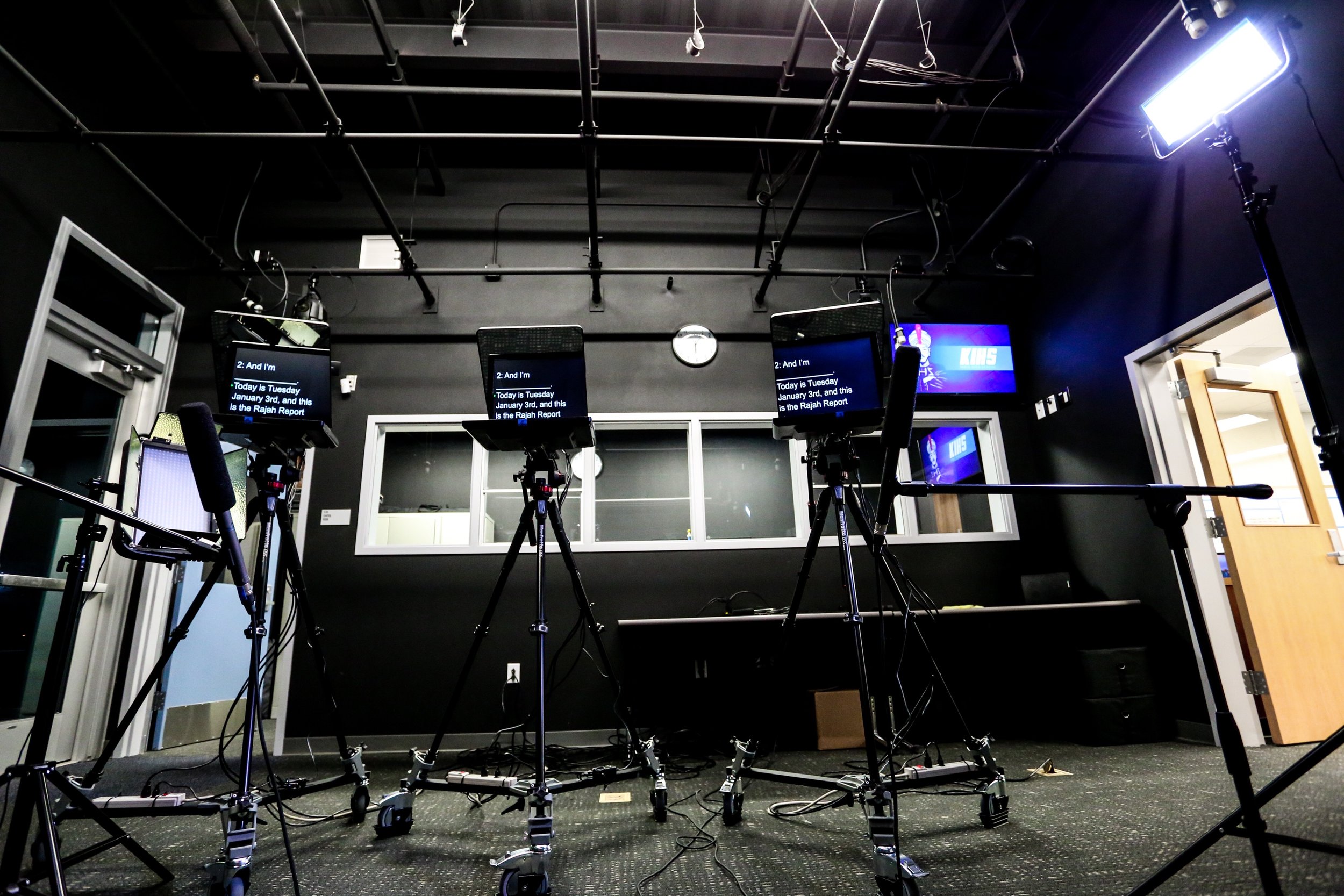

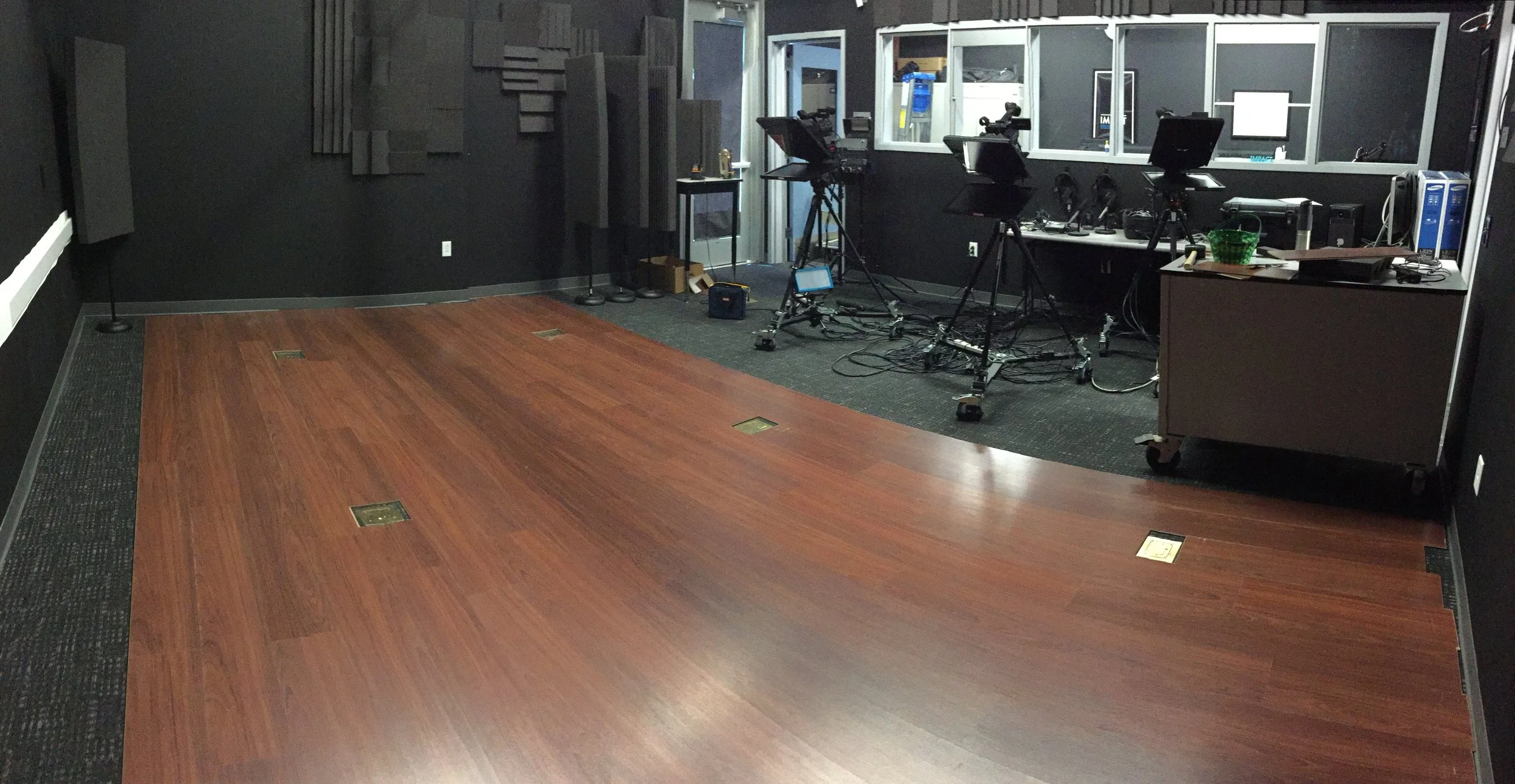
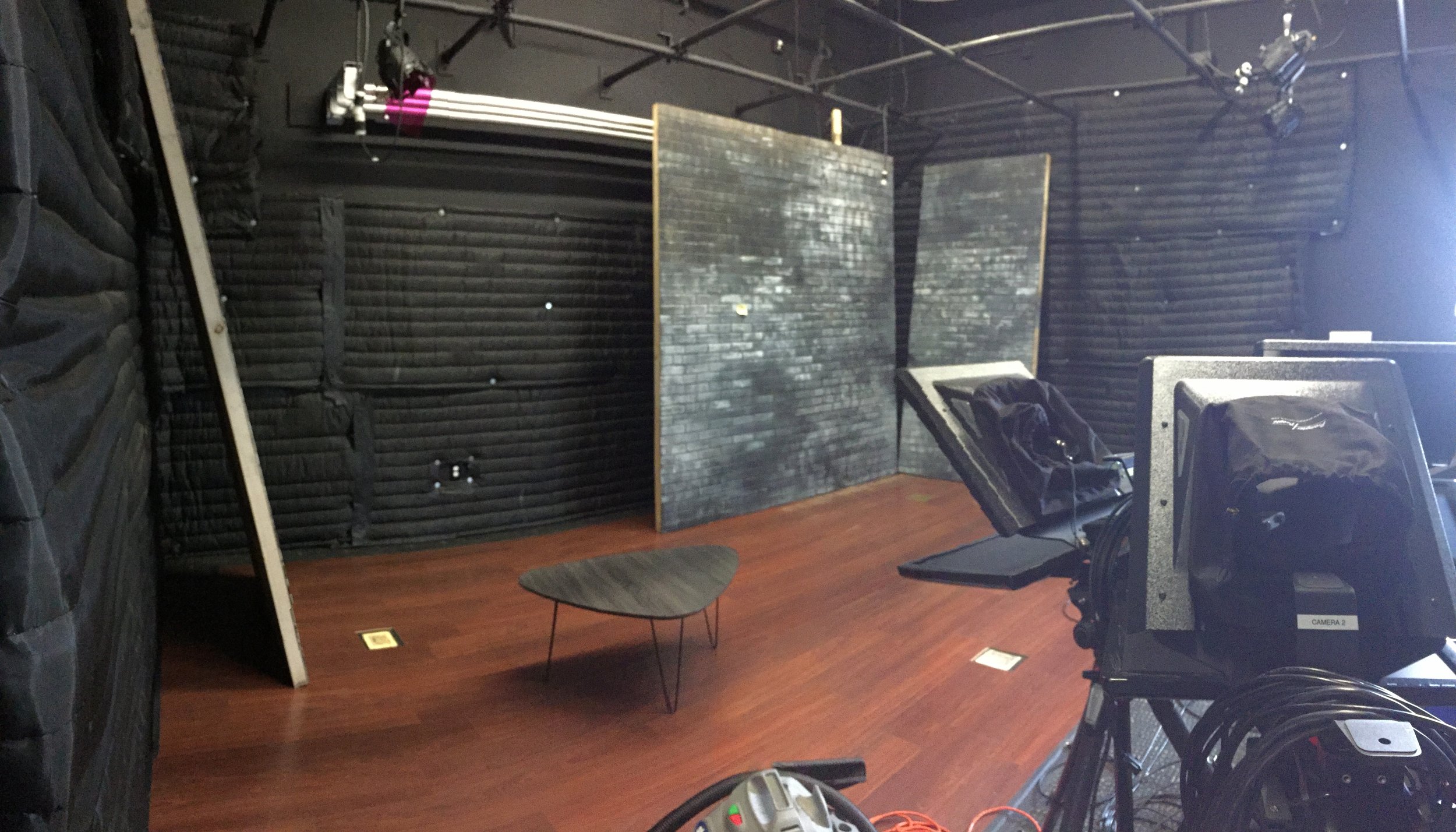
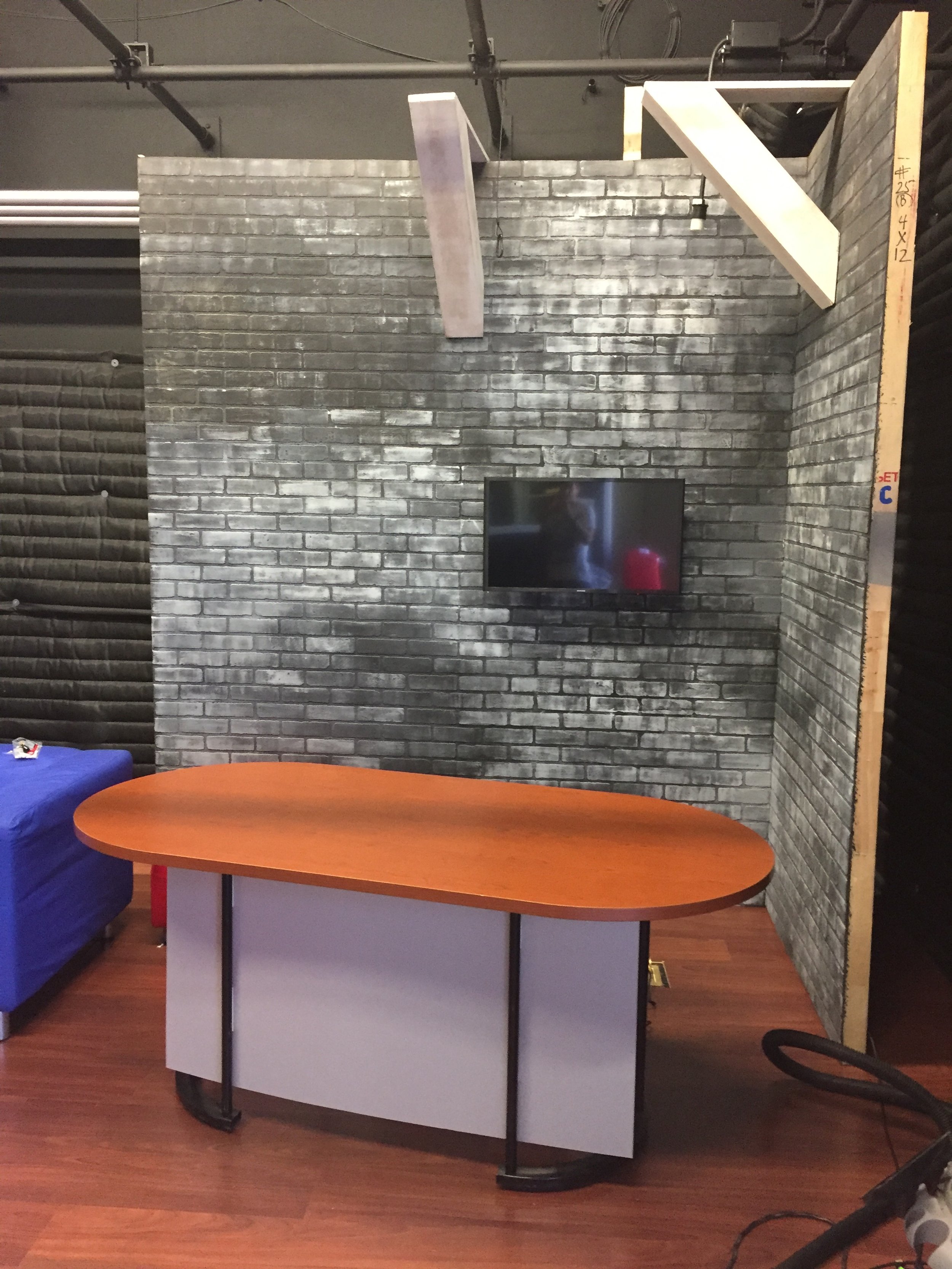
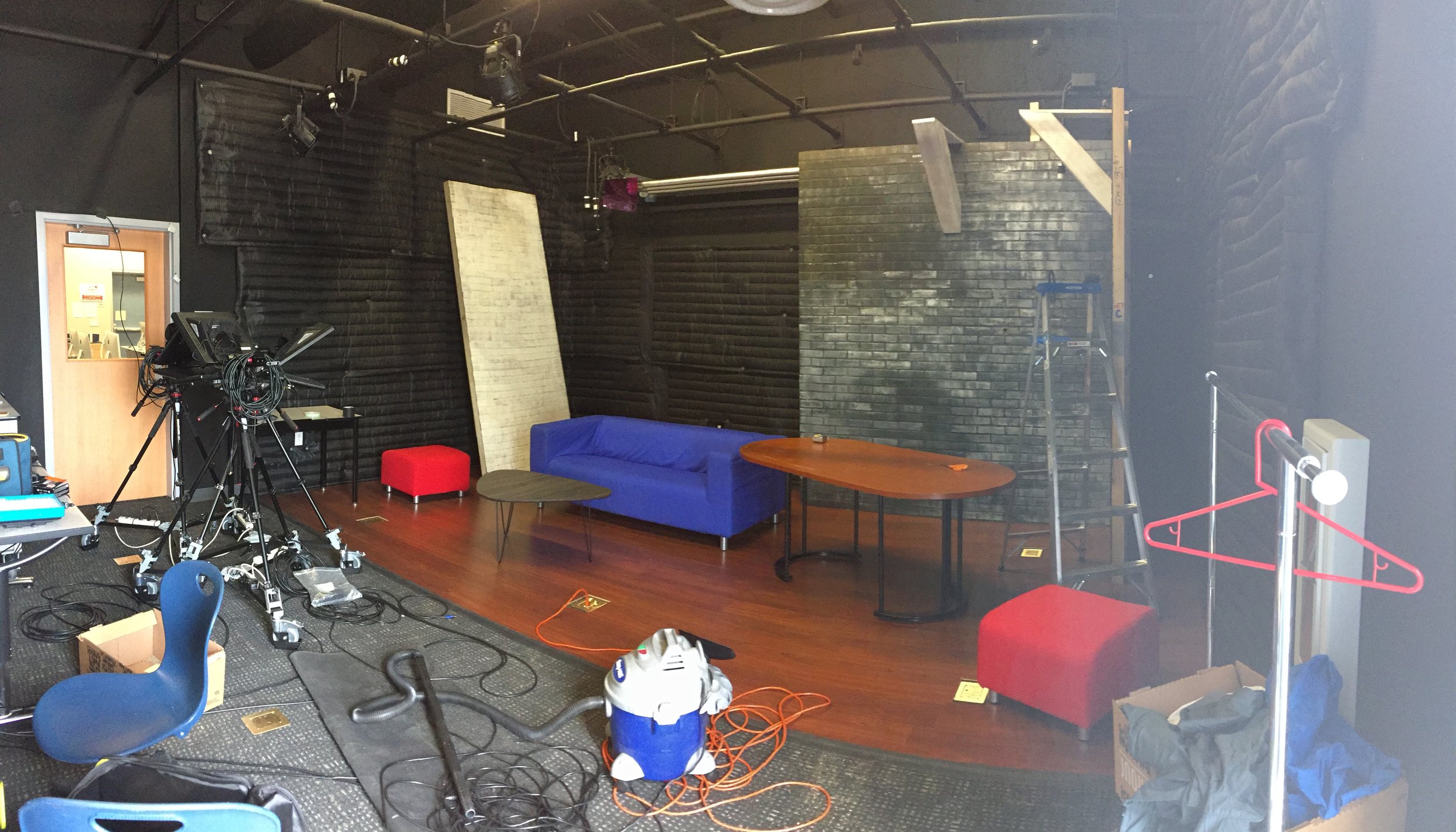
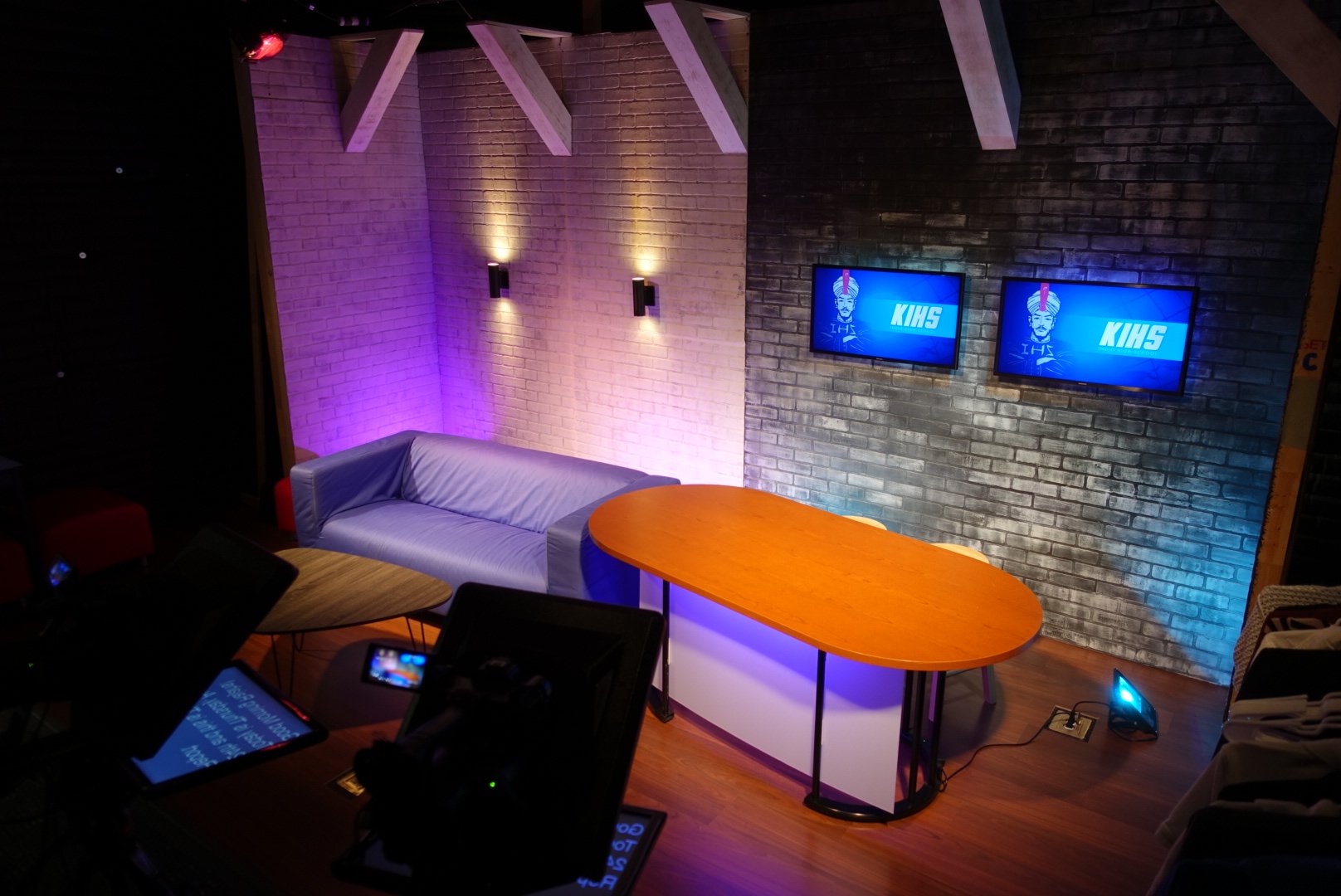
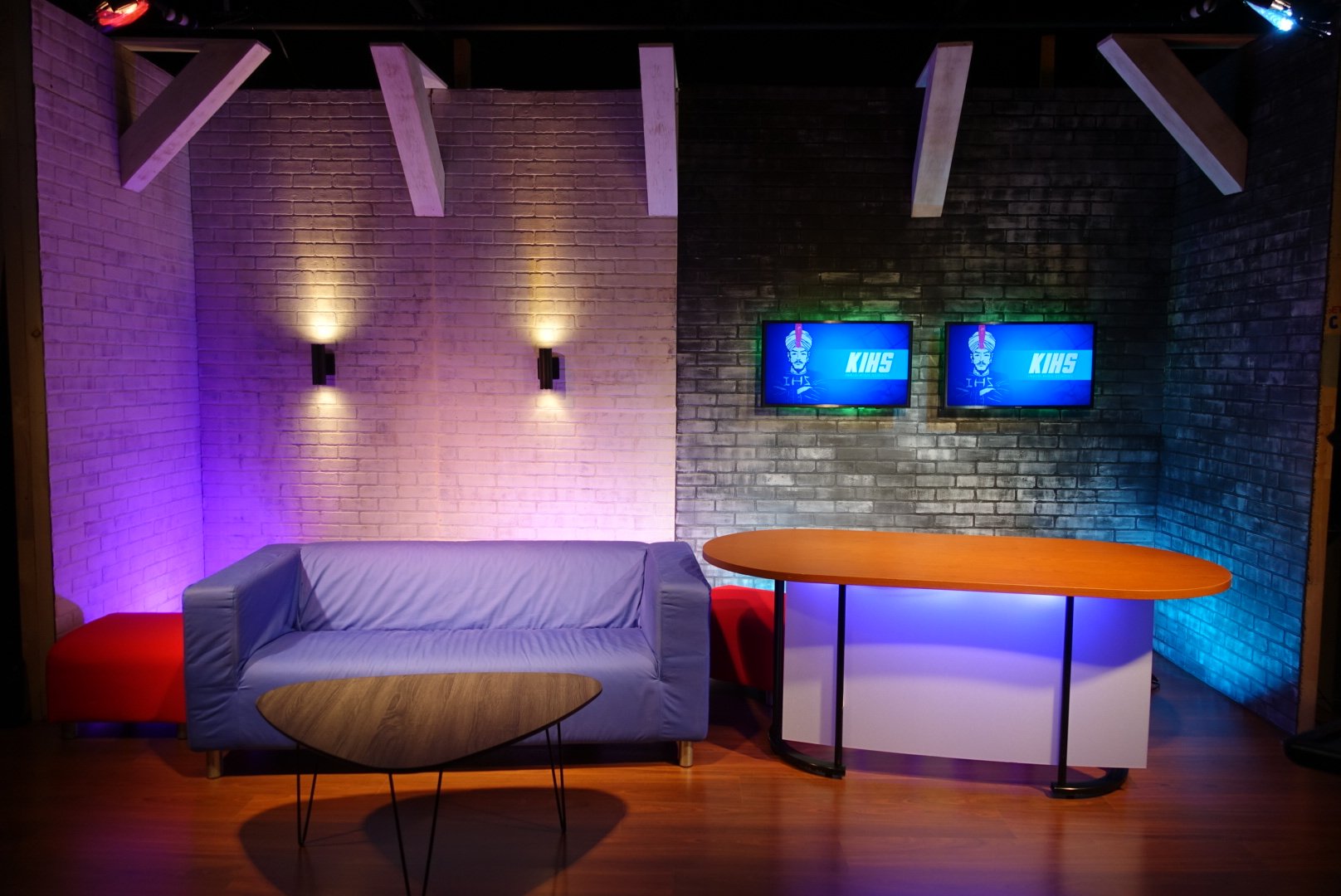
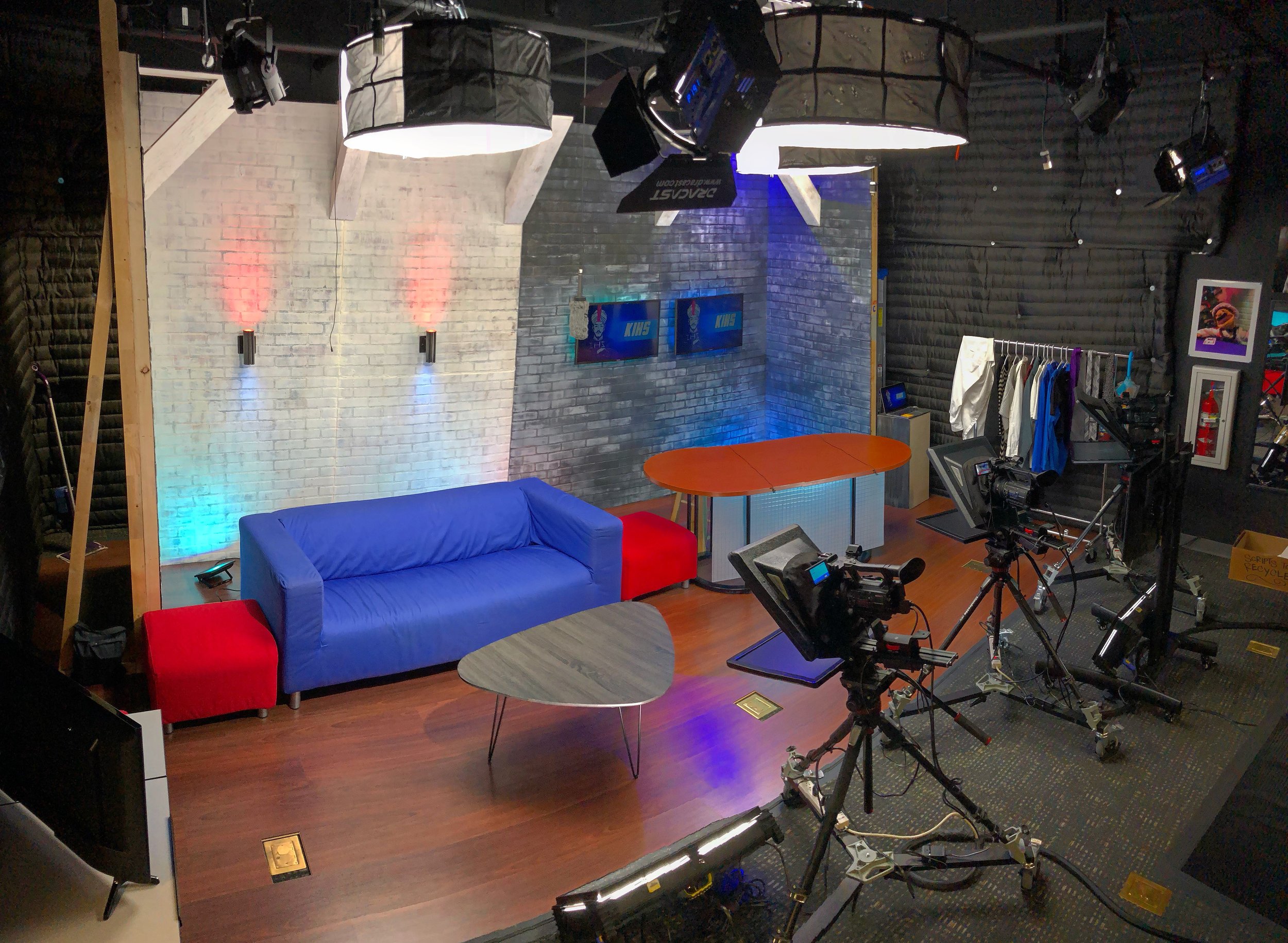
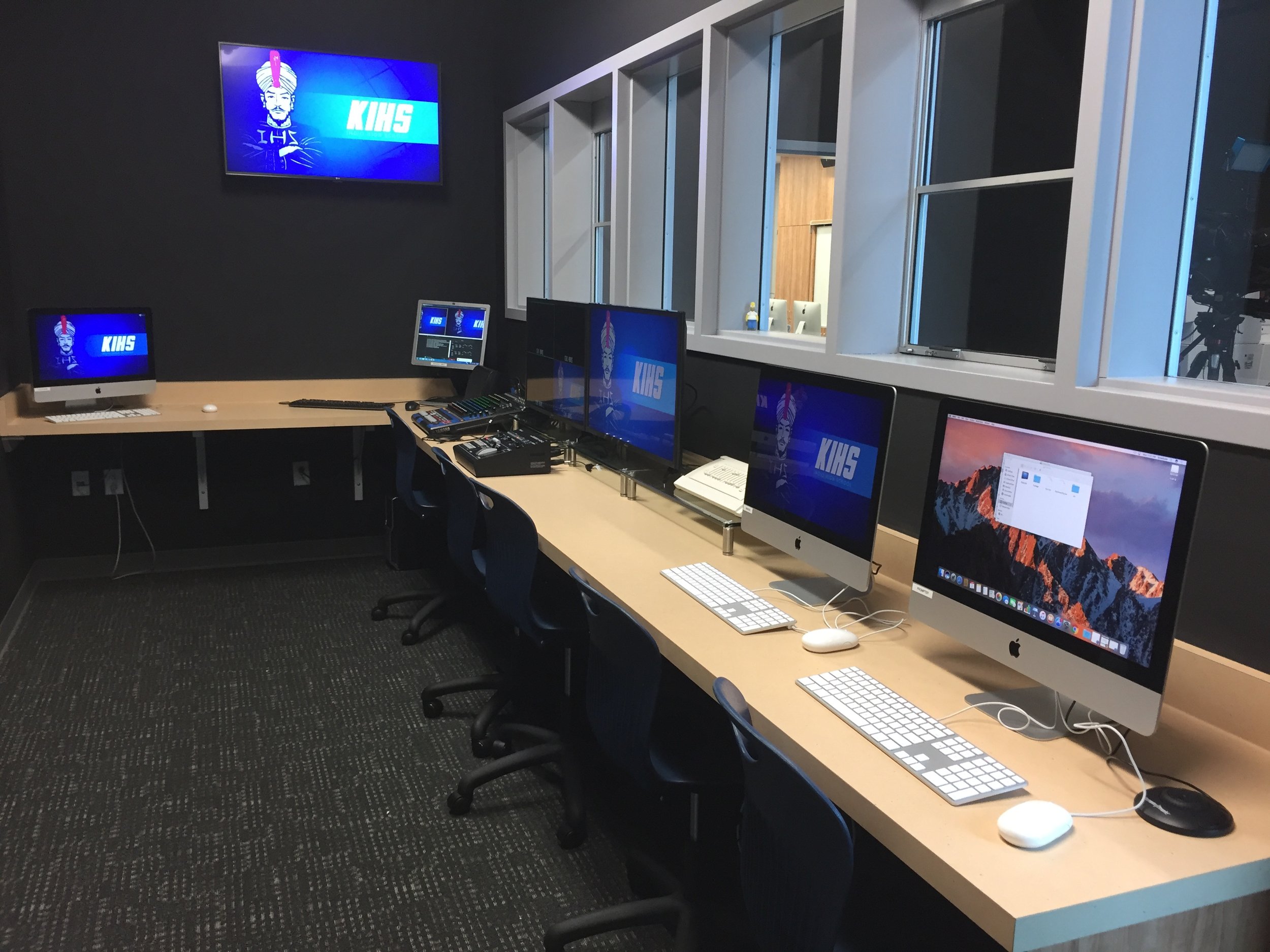
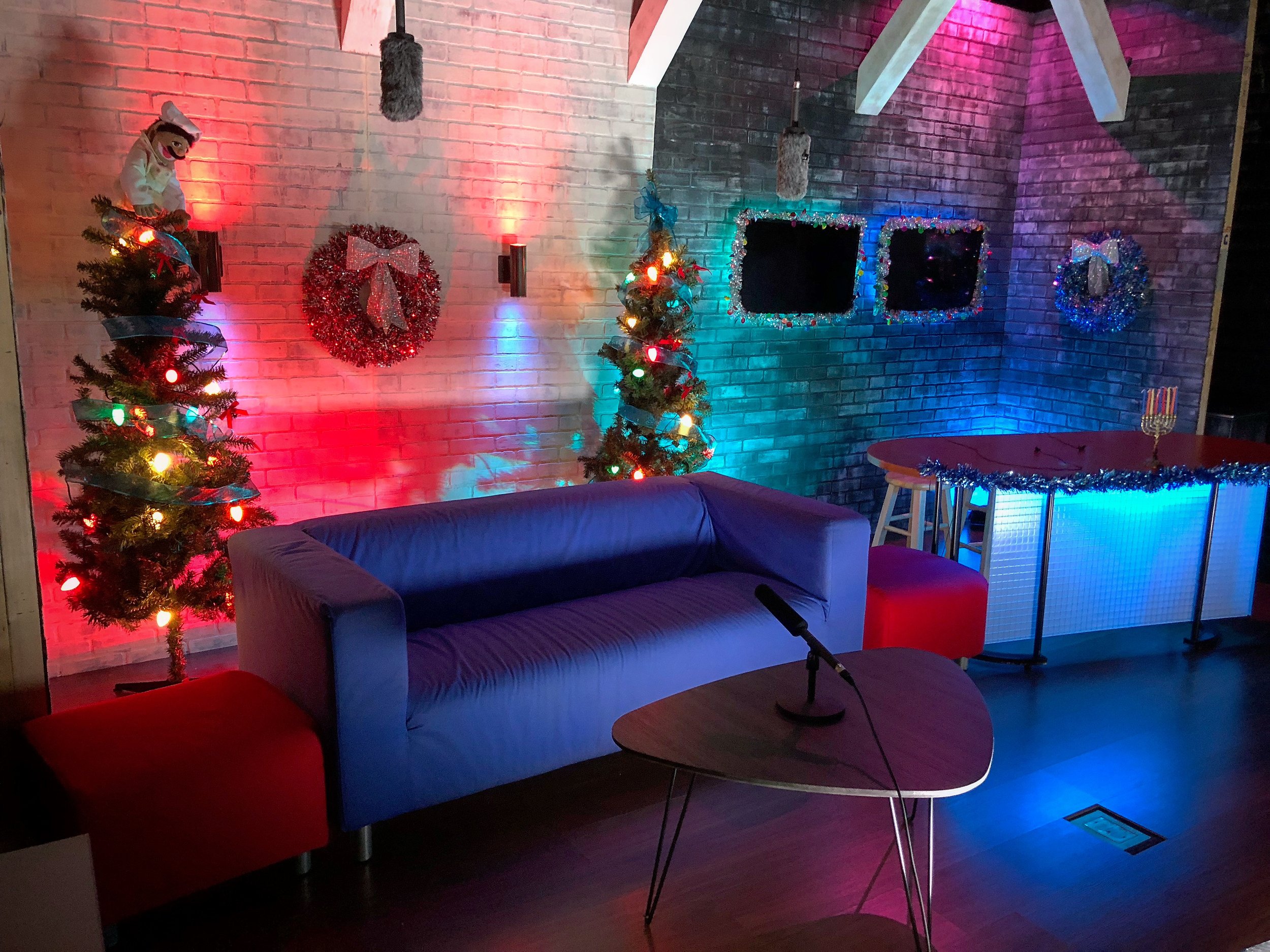
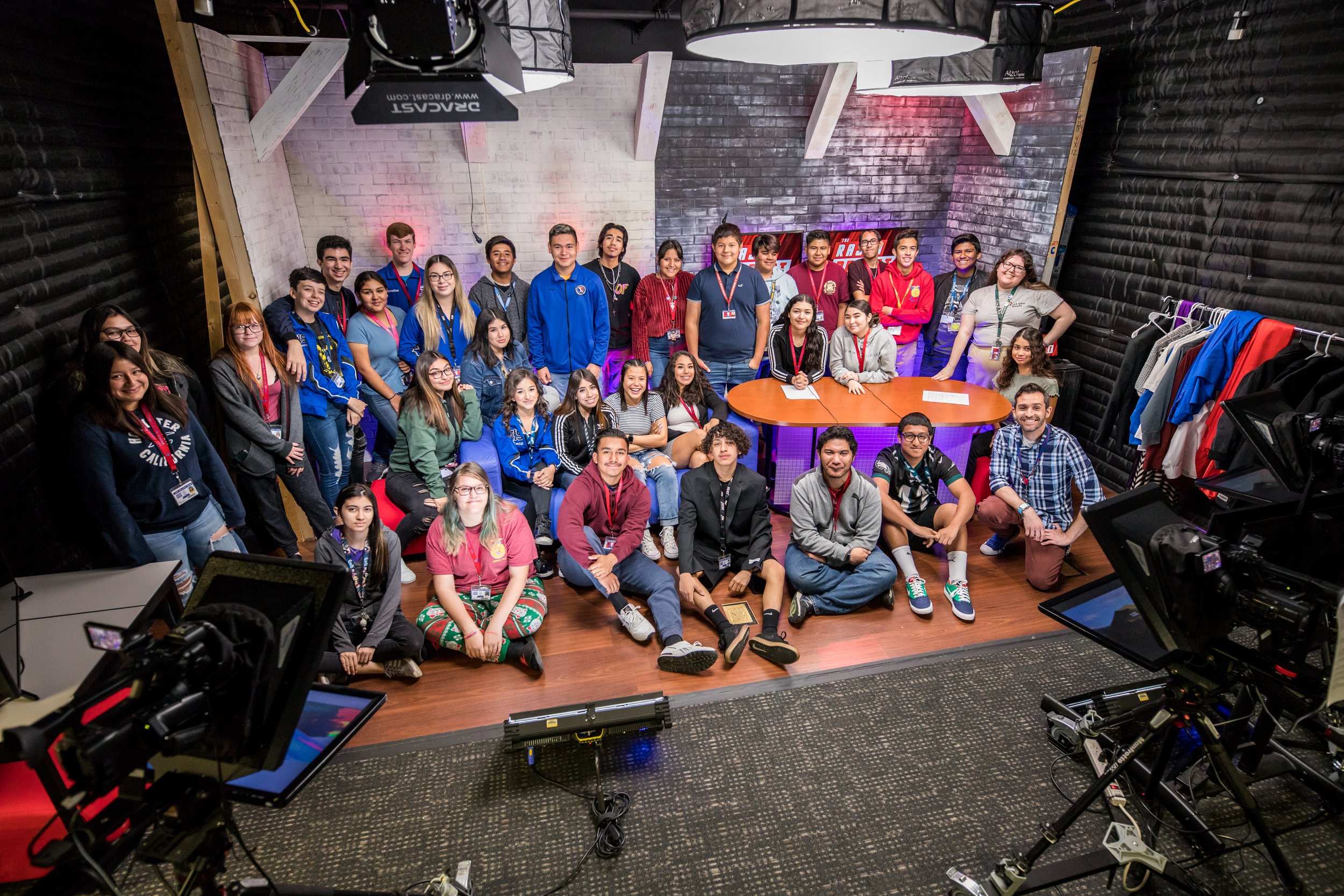
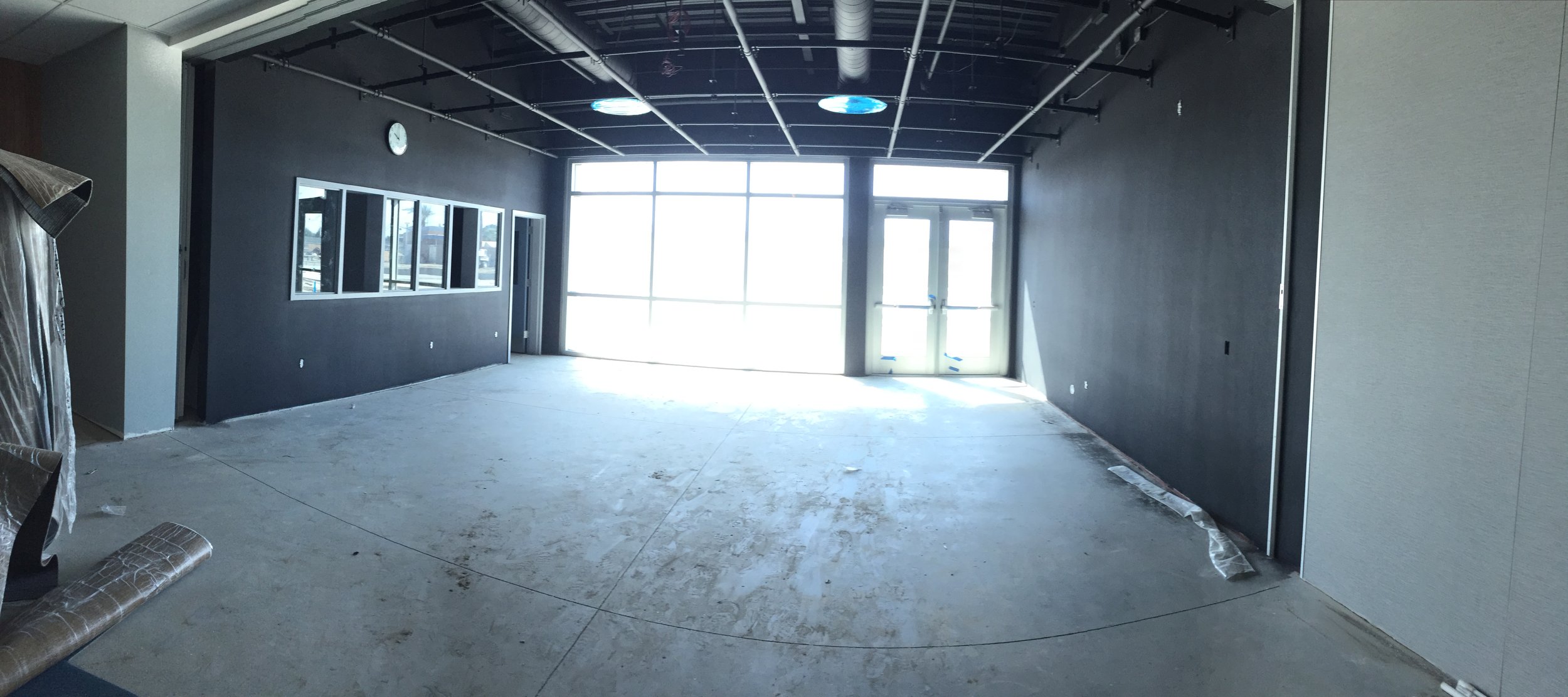
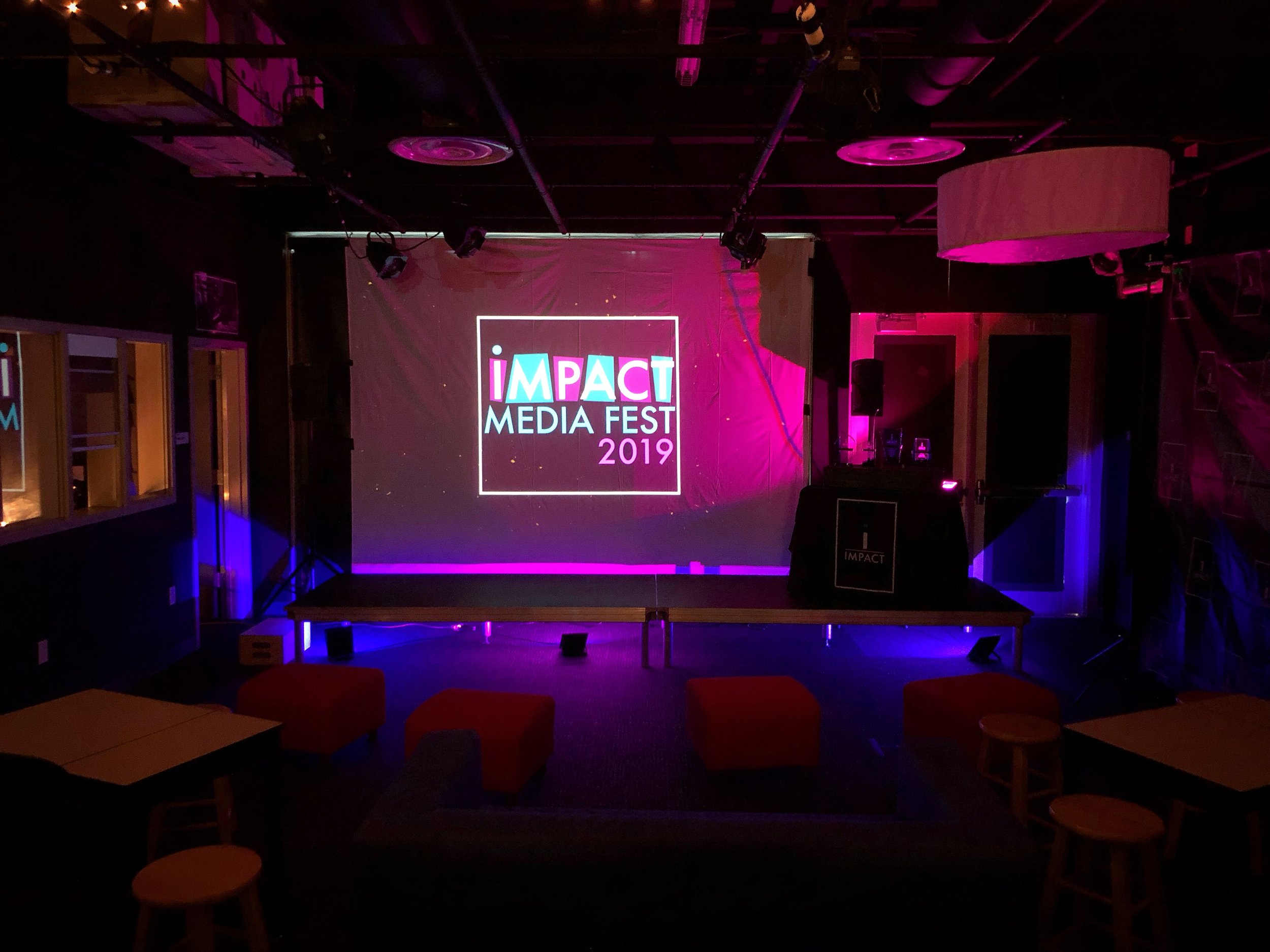
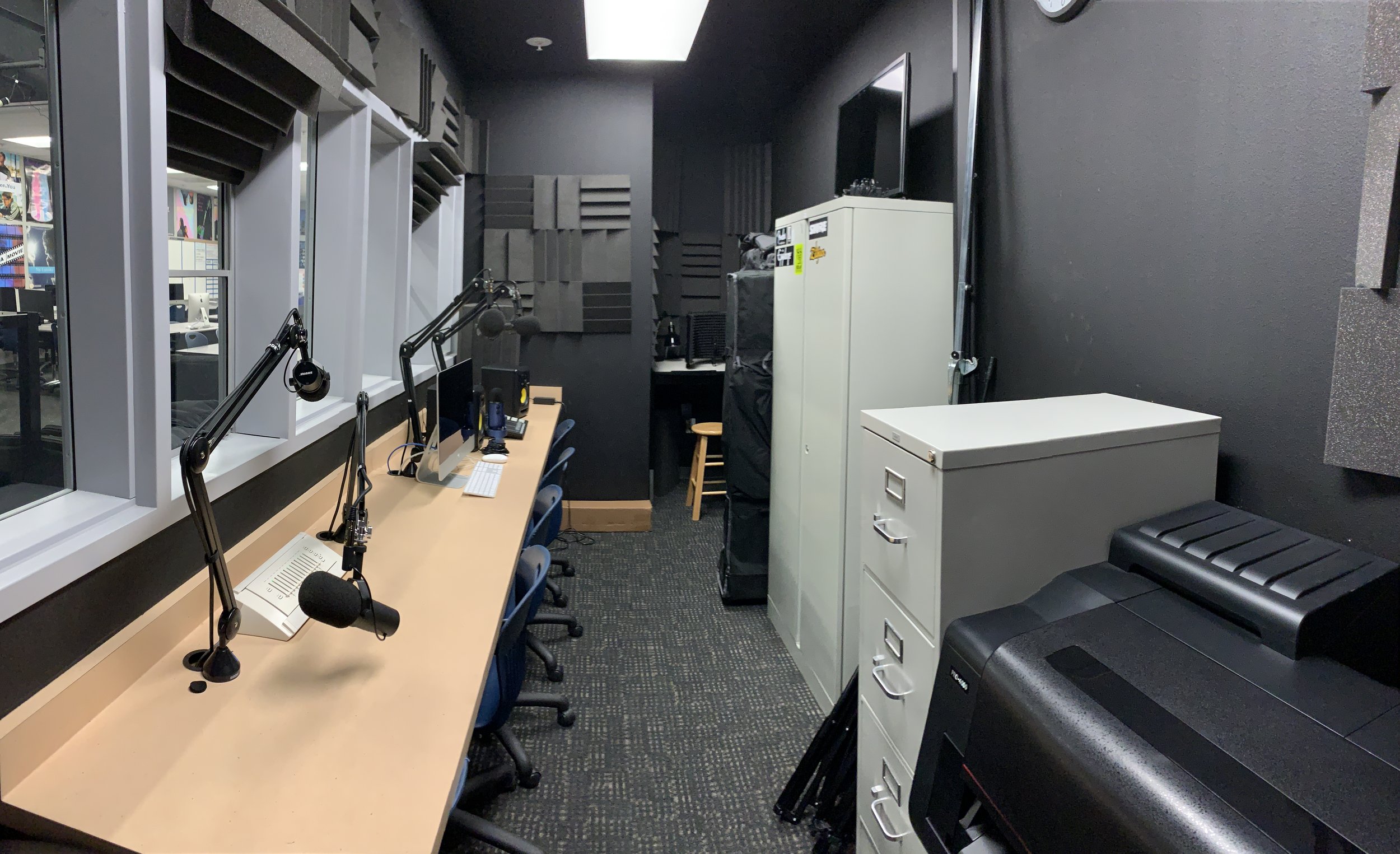
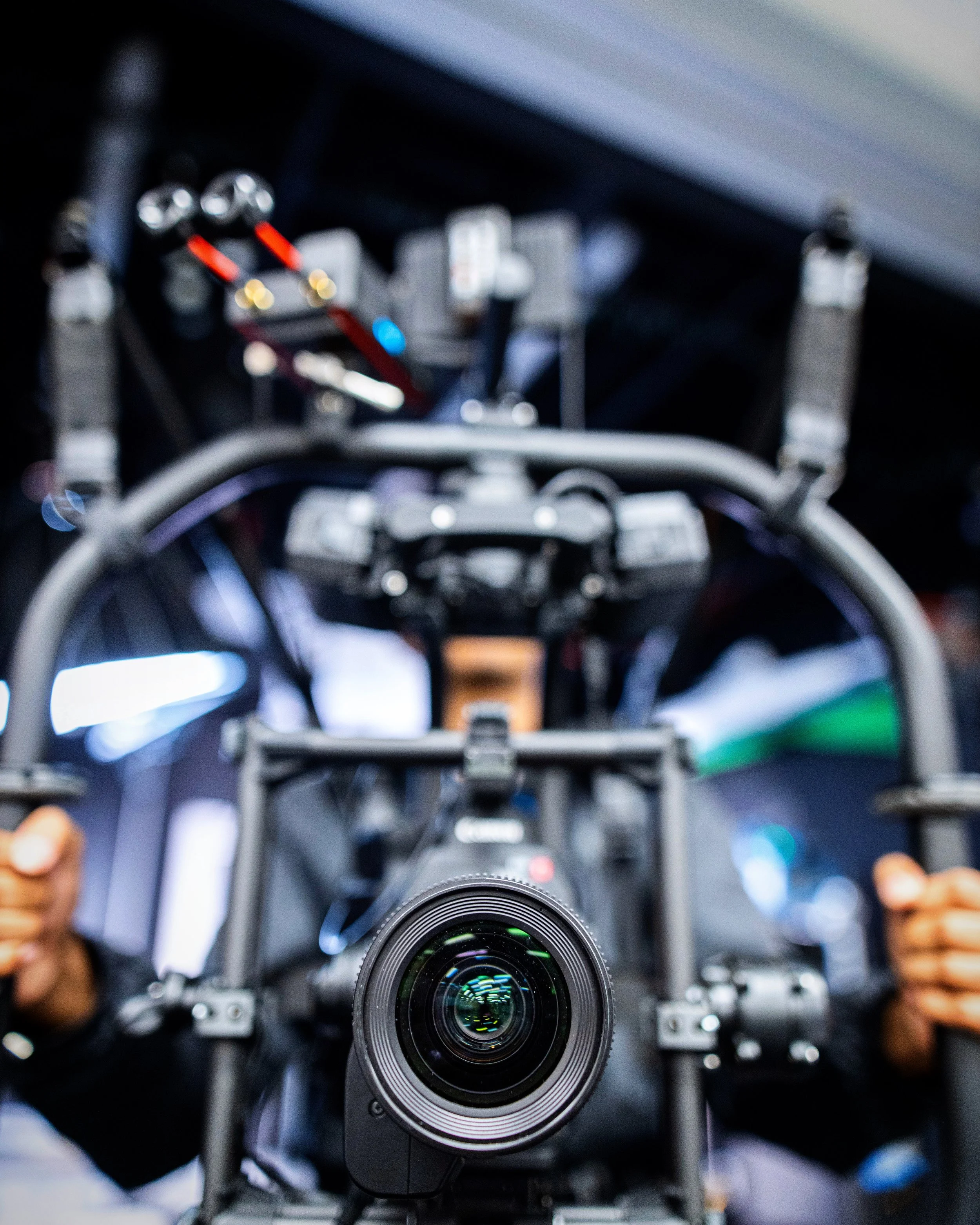
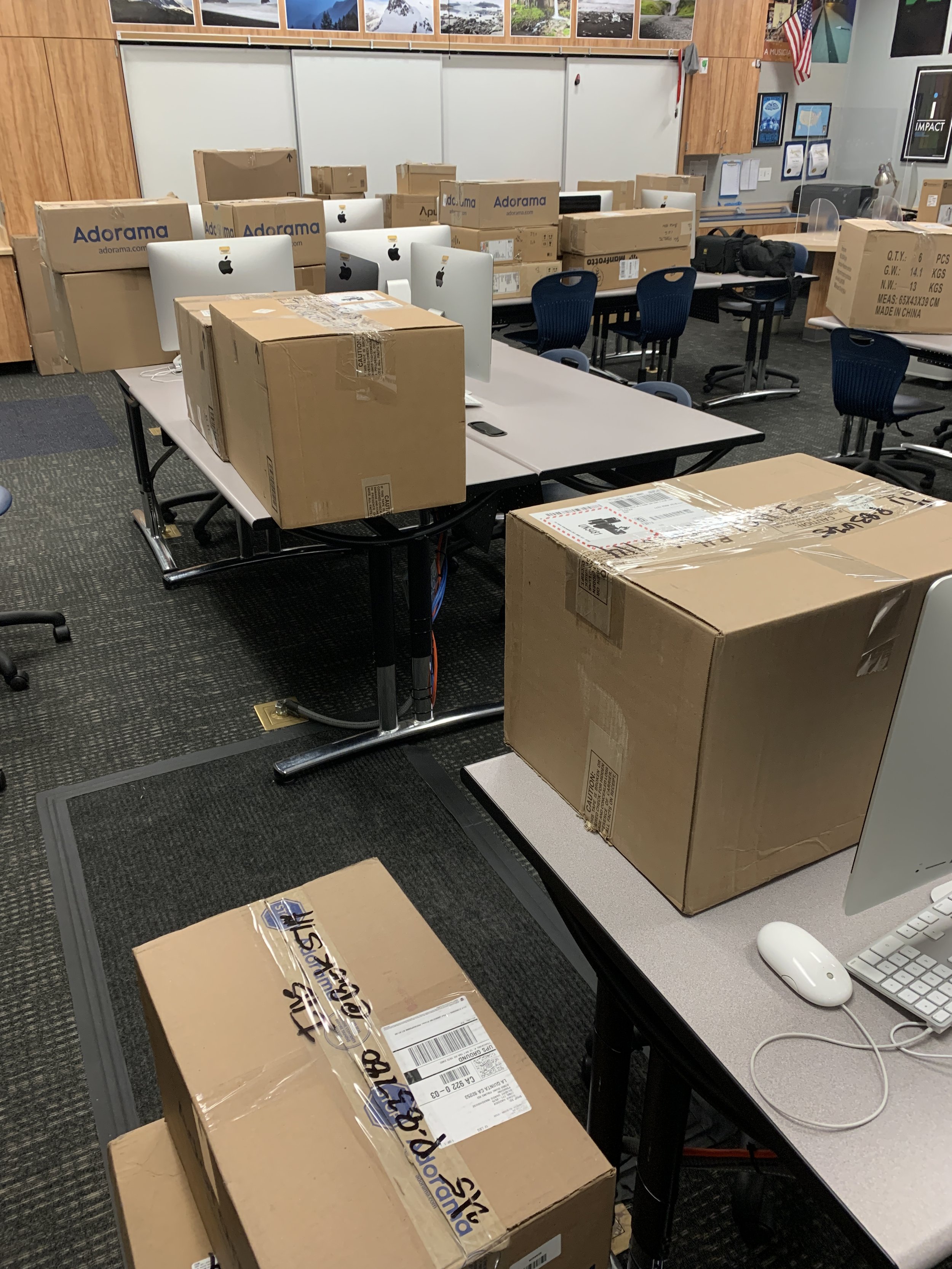
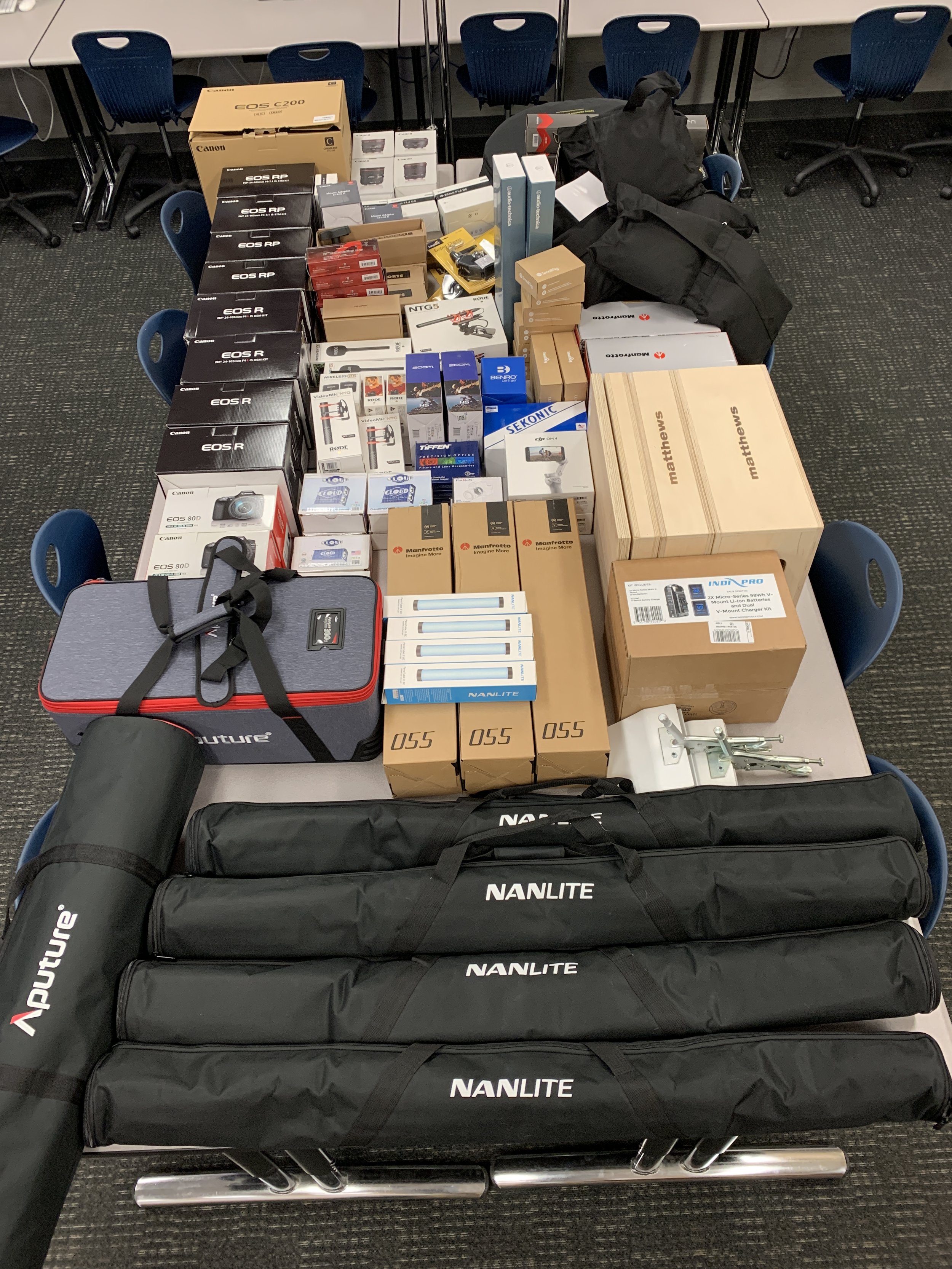

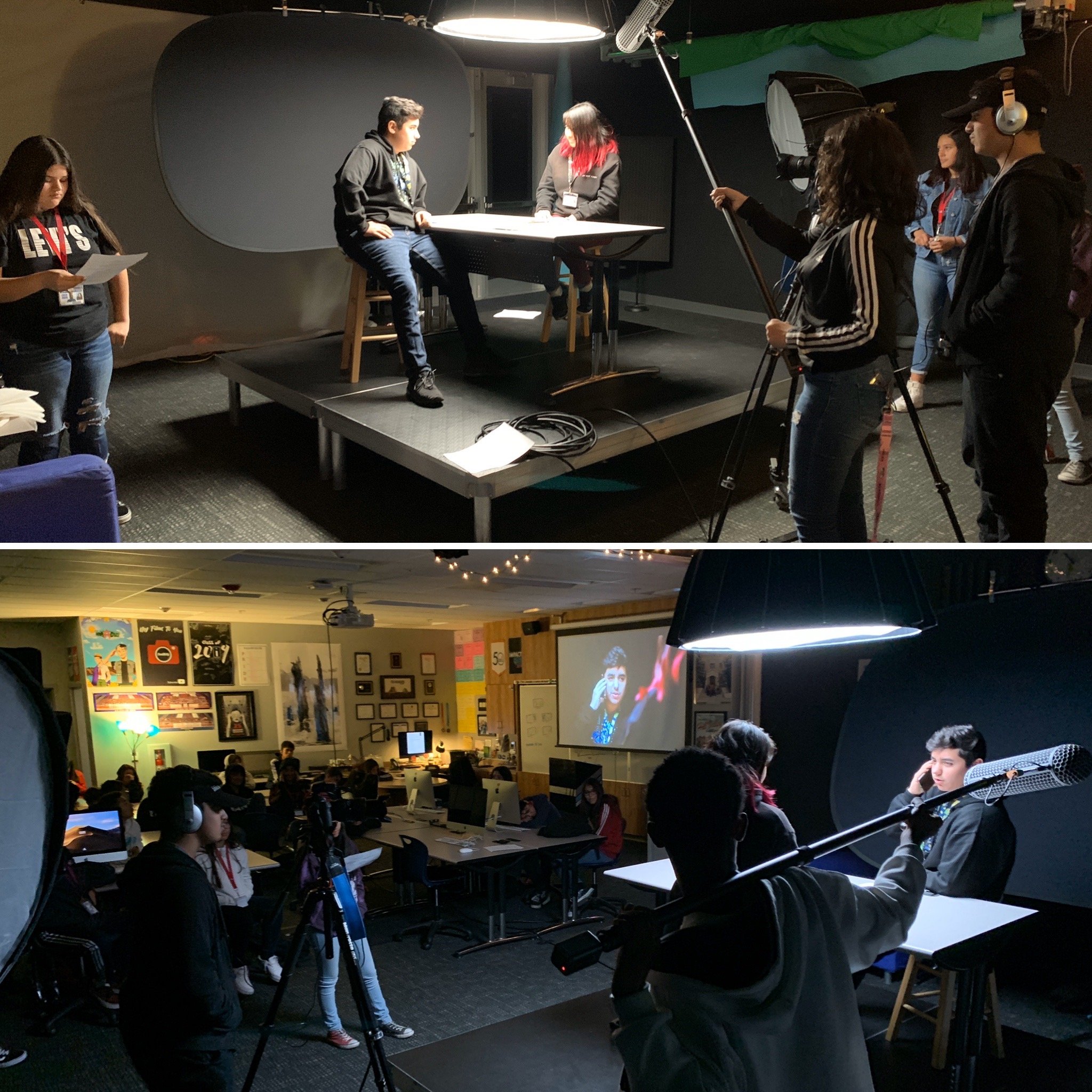

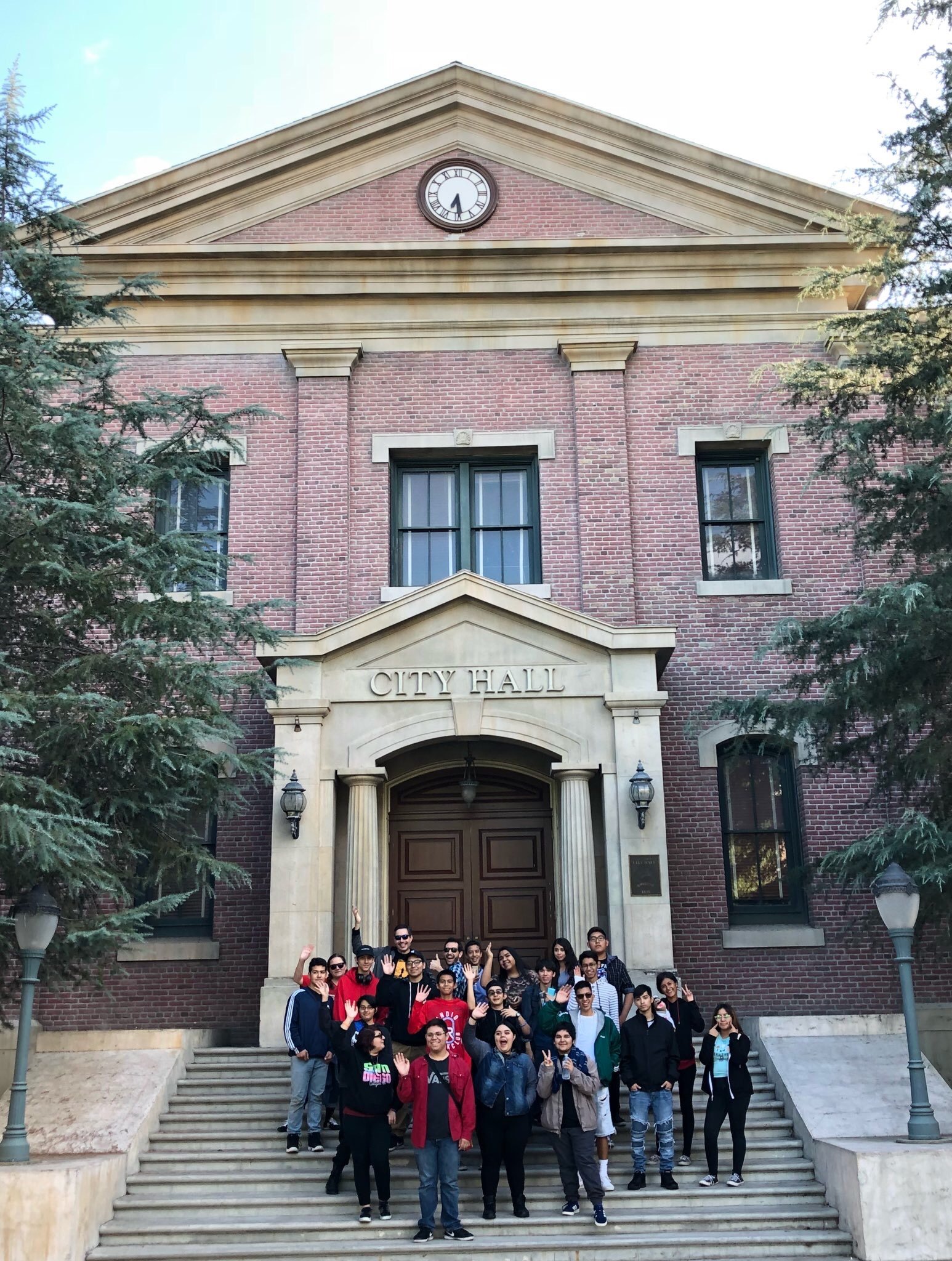
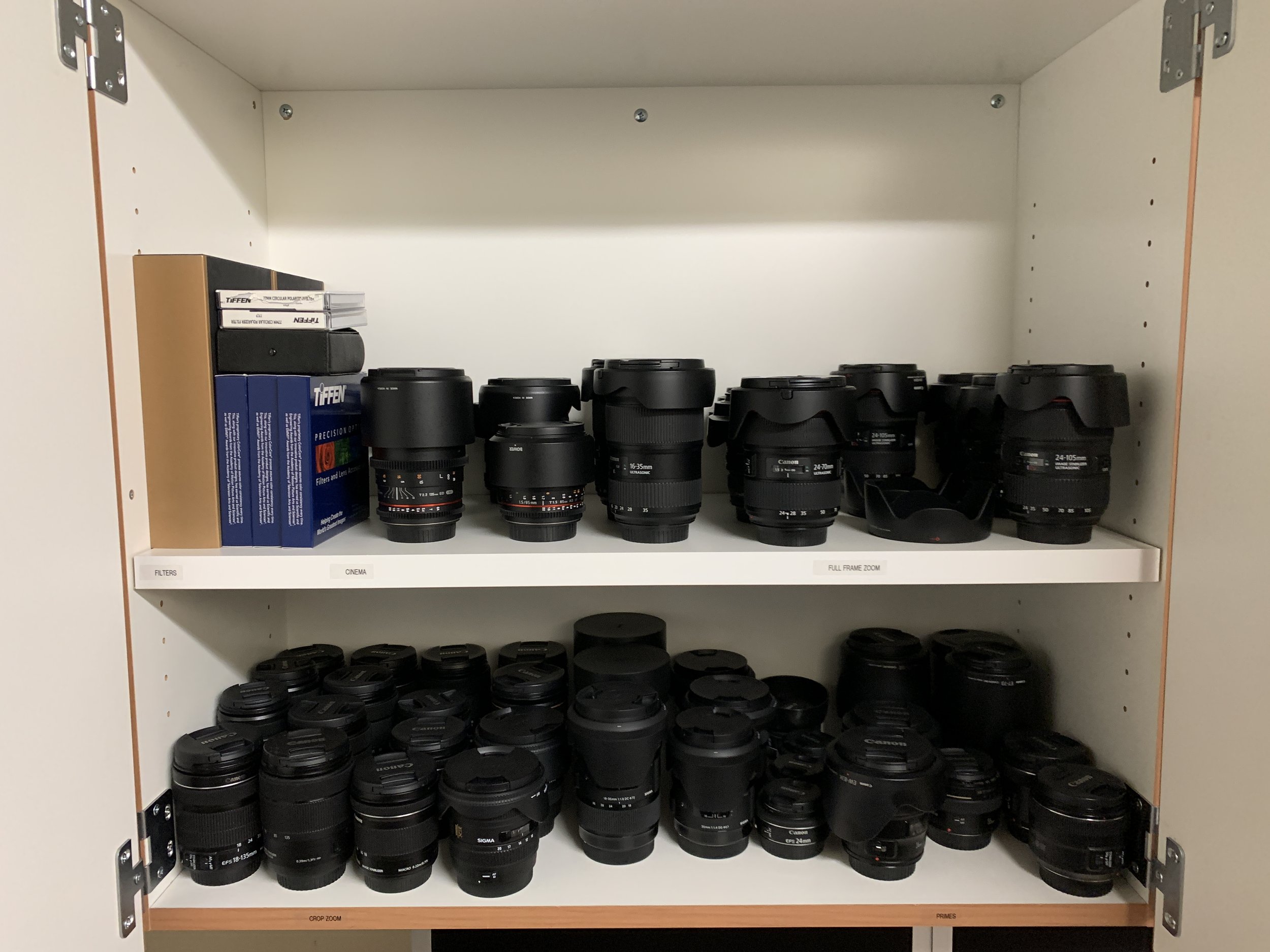
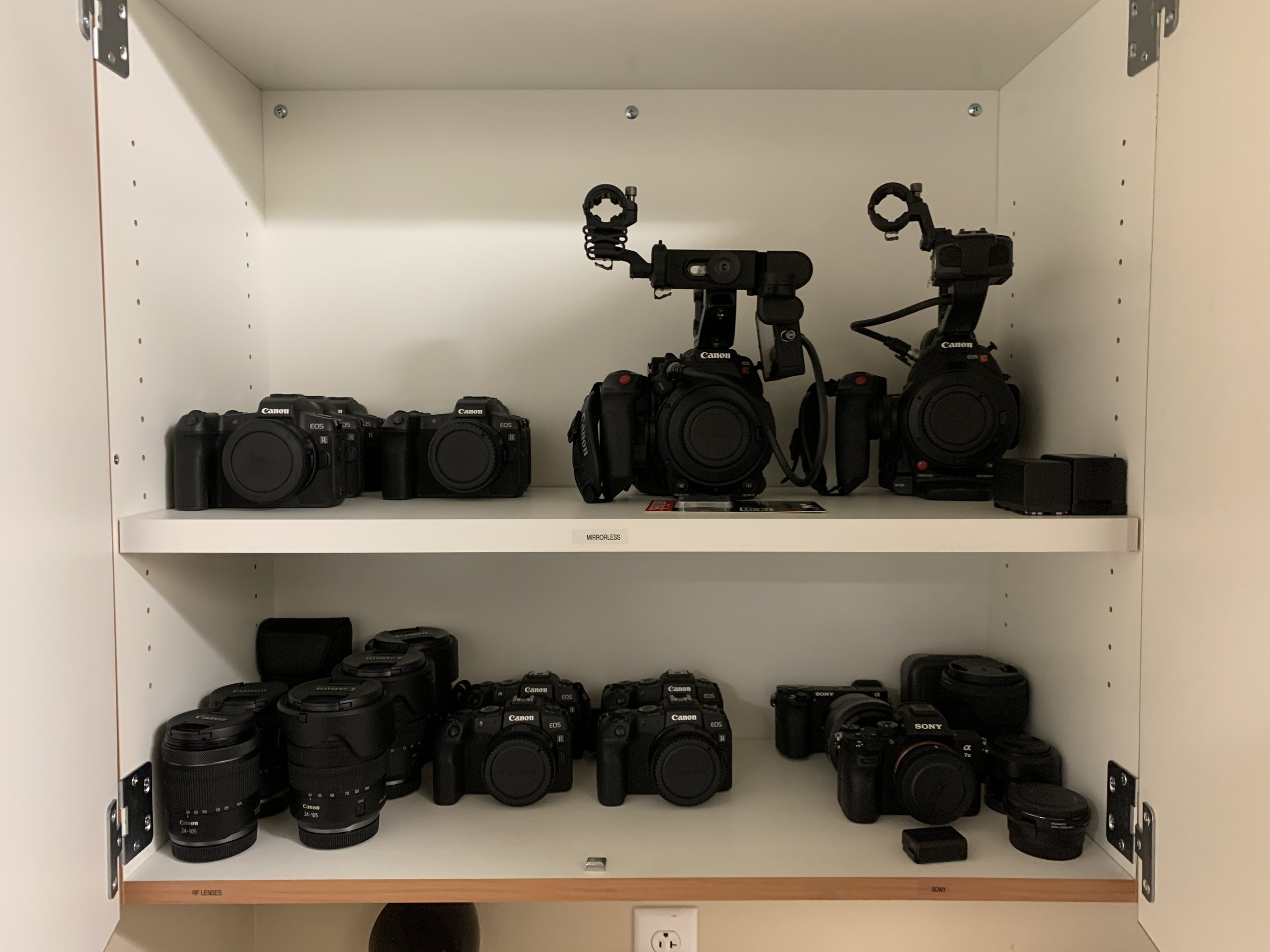
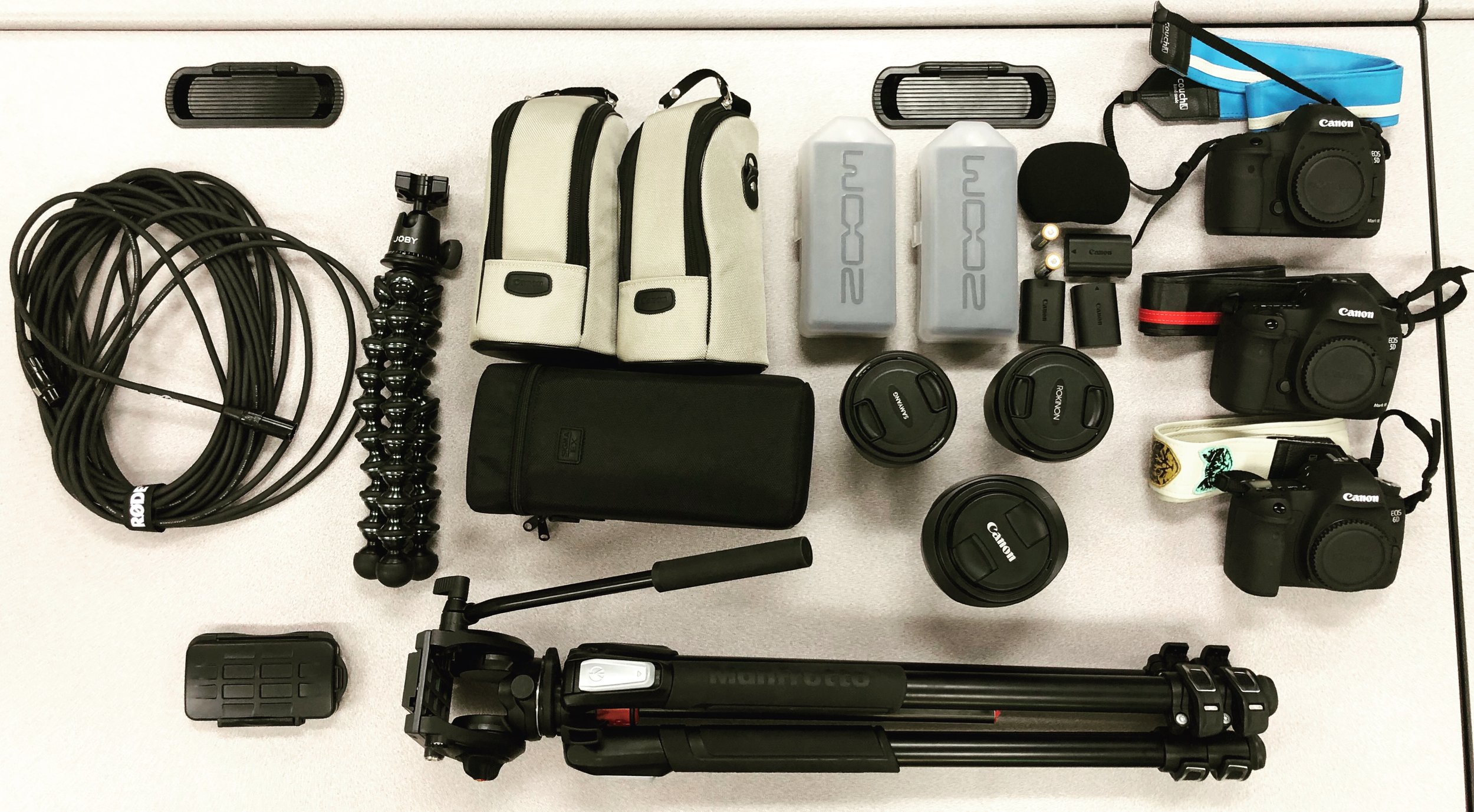
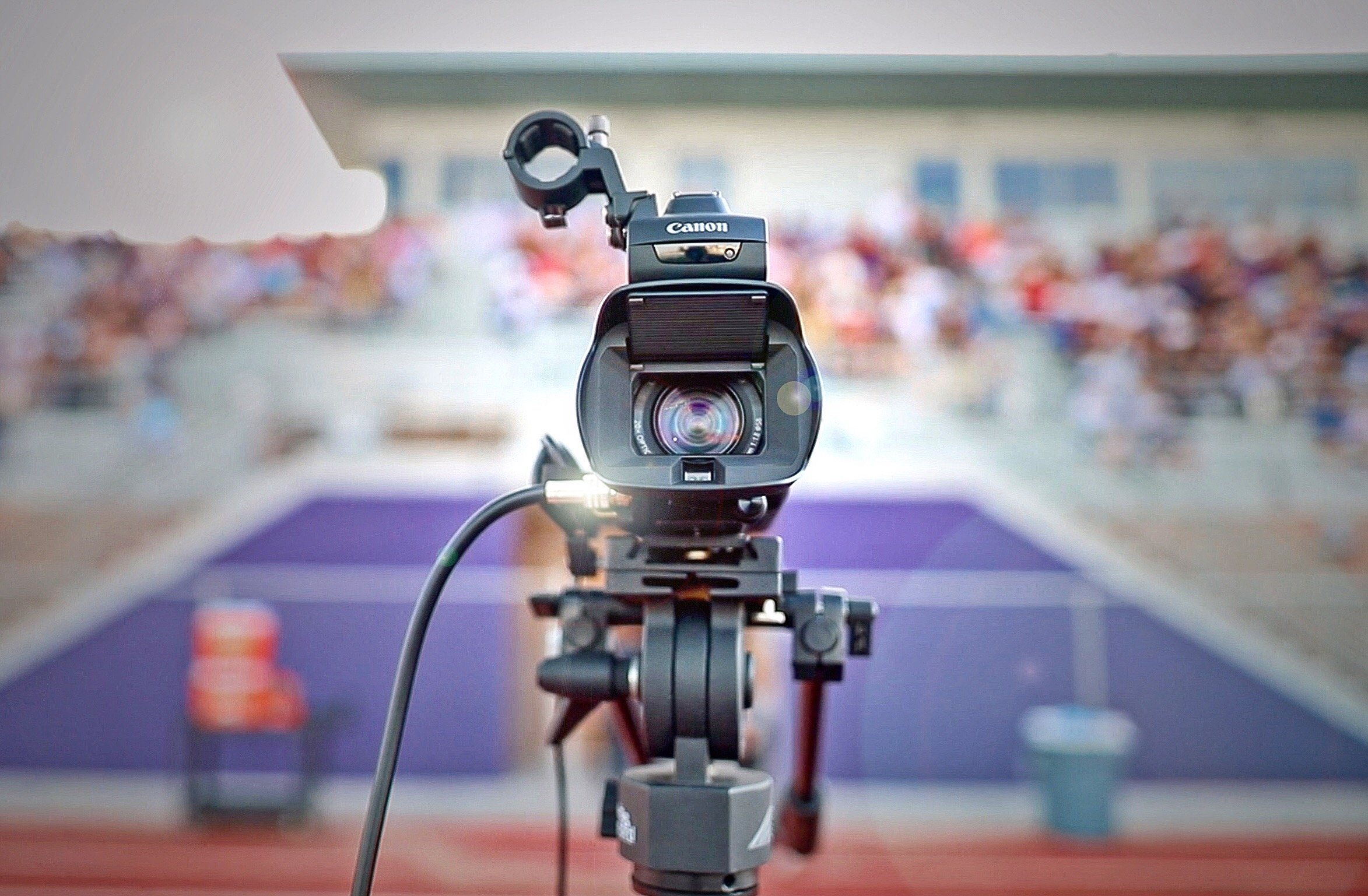

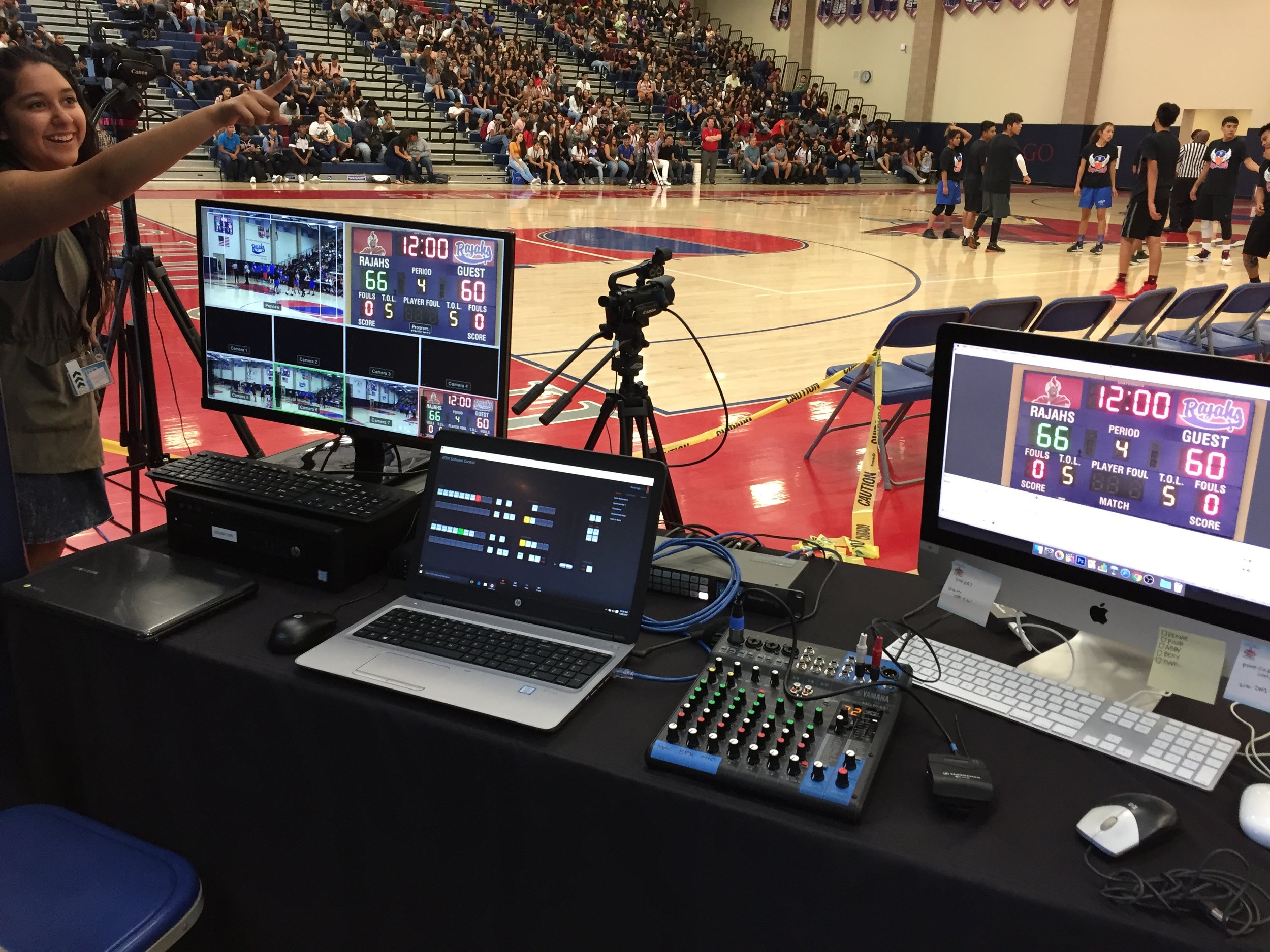
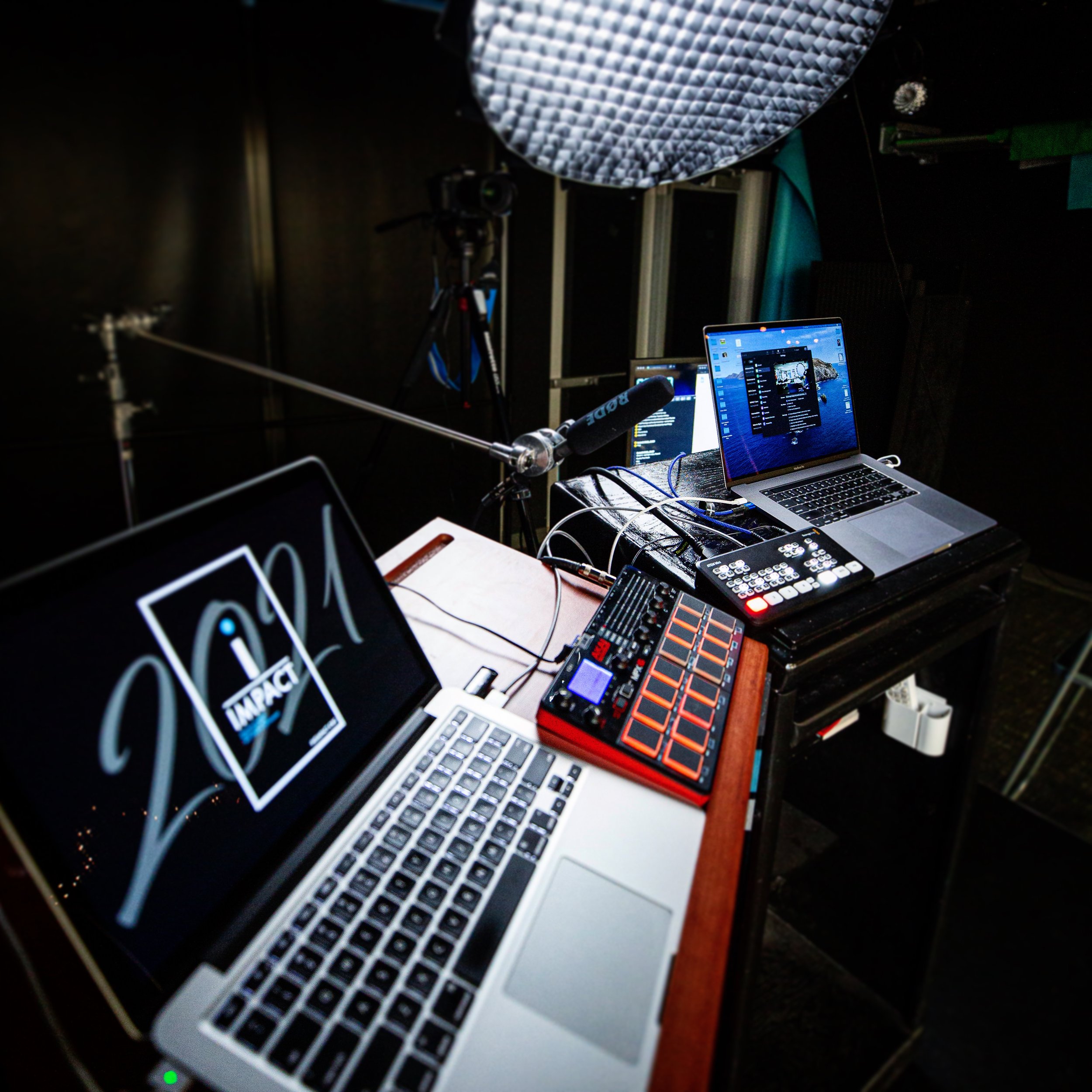
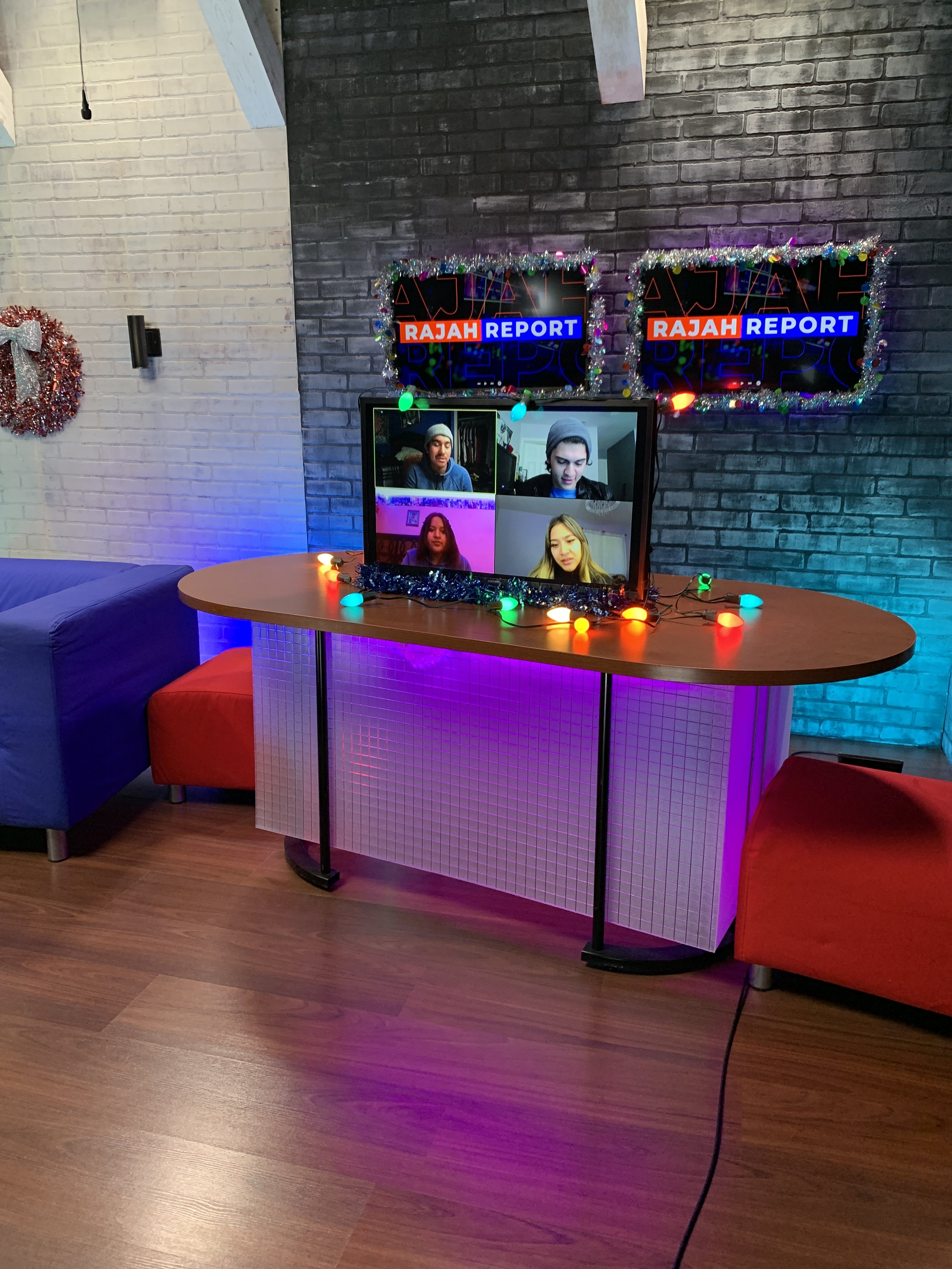
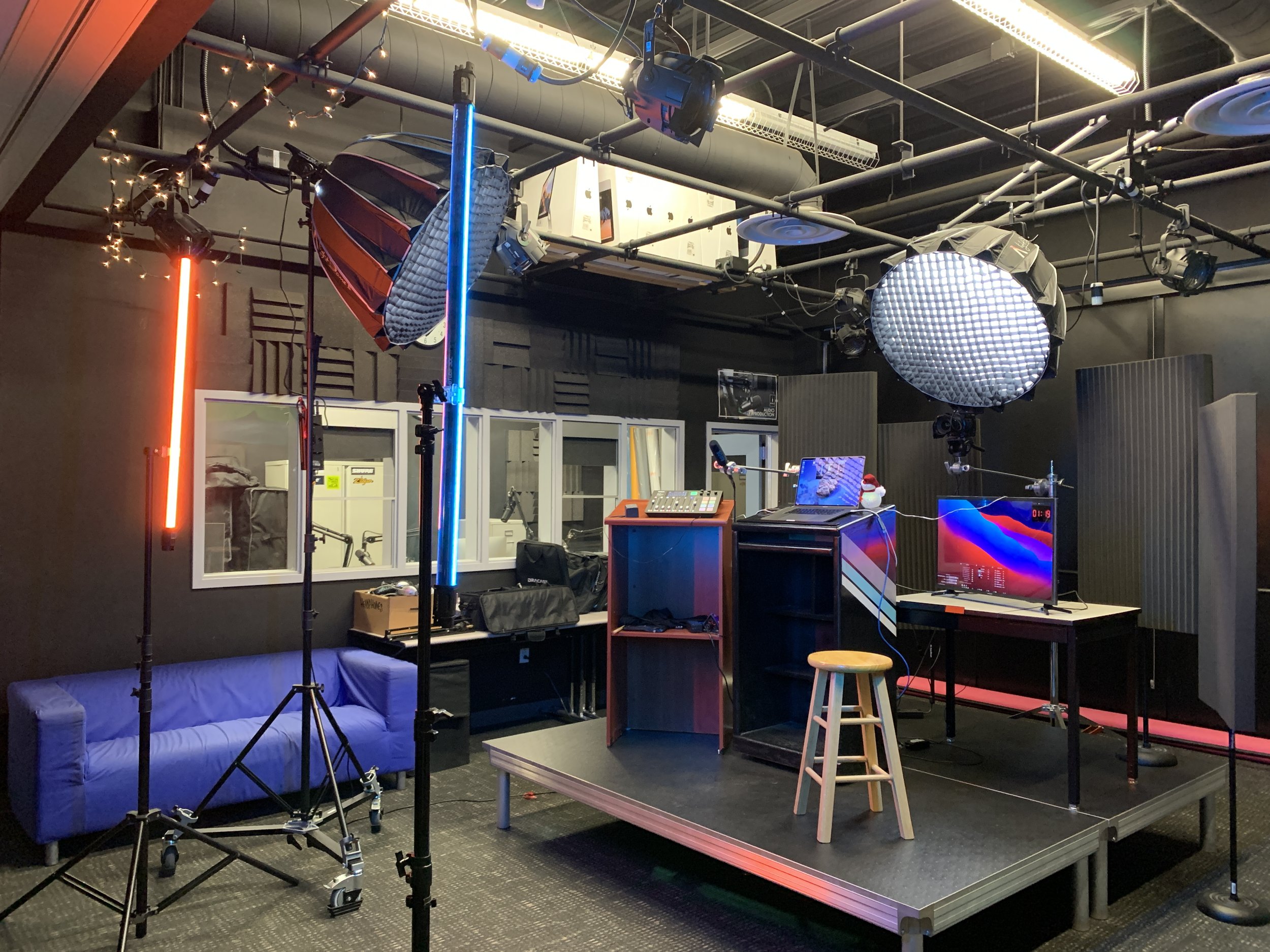
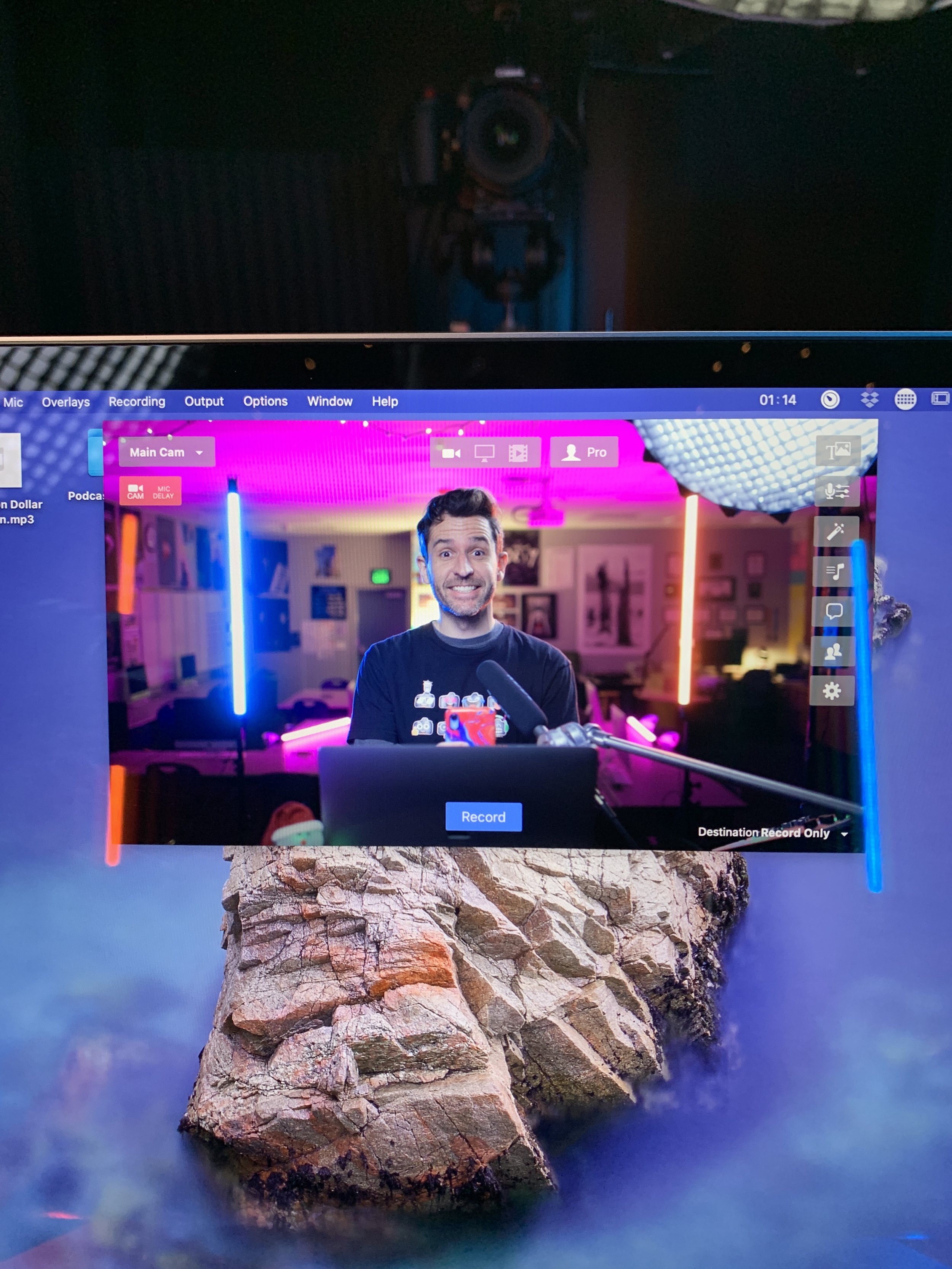

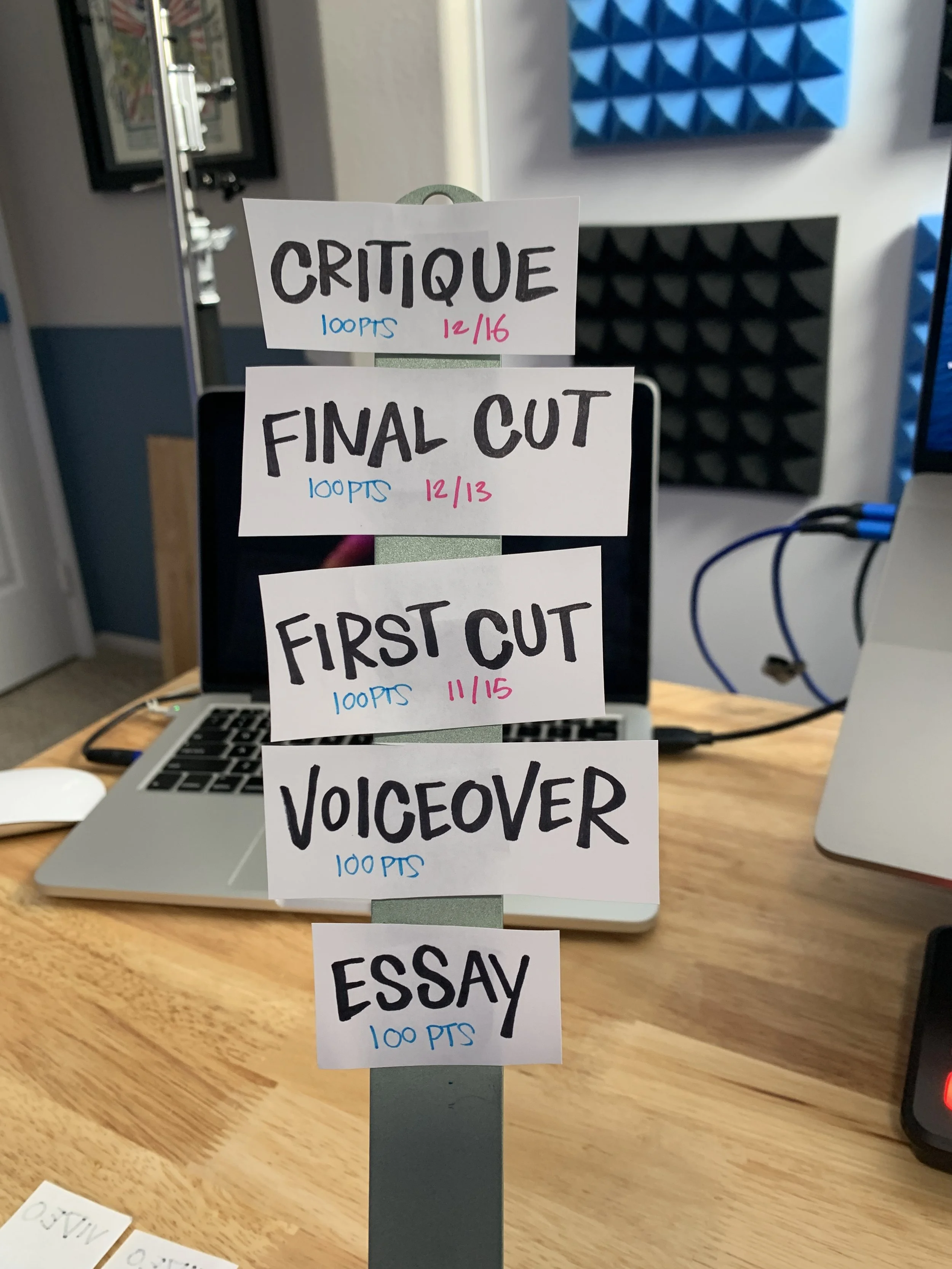
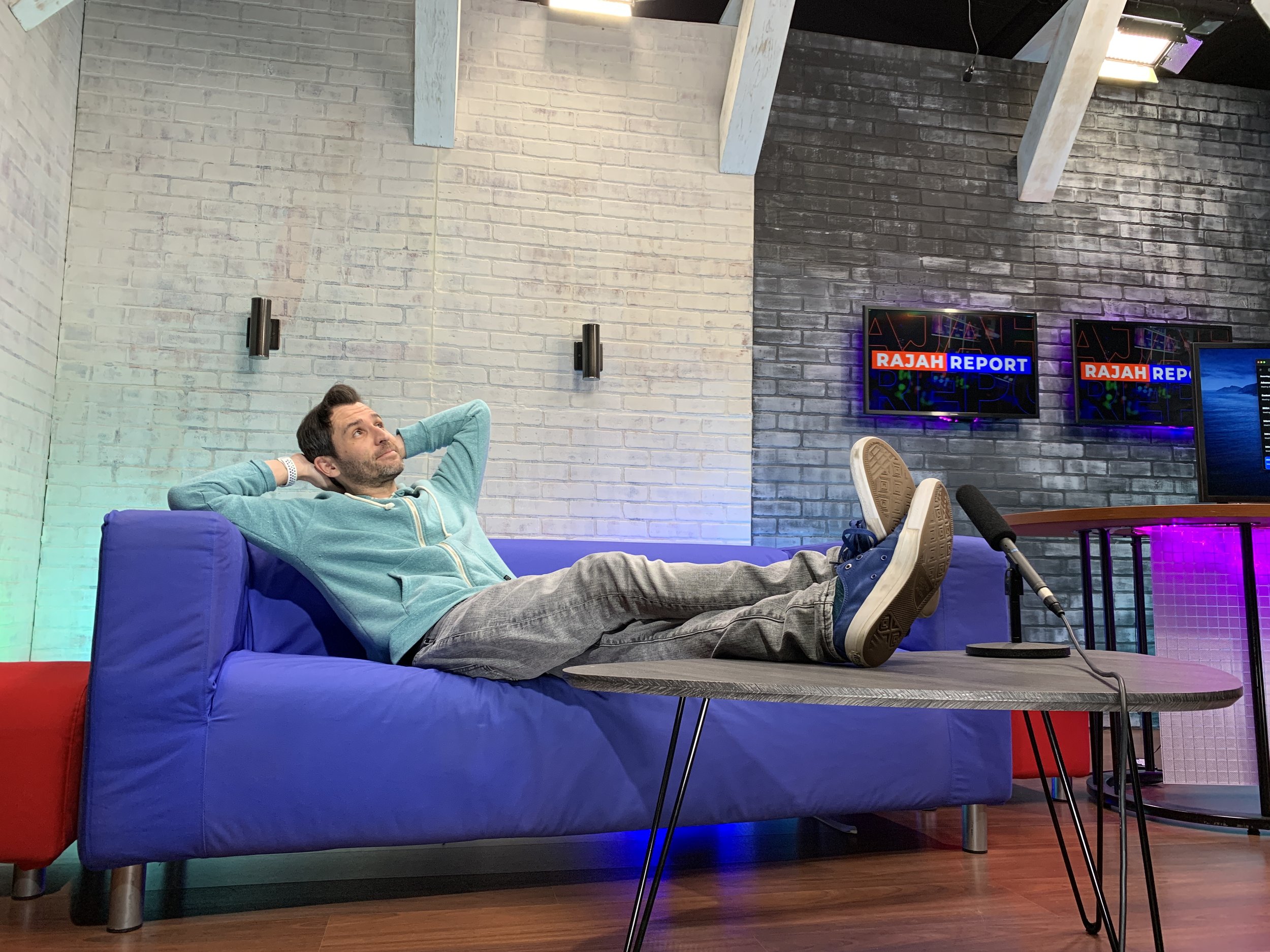
One of my favorite sayings we came up with in IMPACT is, “It takes a lot of work to do dumb stuff.” I love trying ridiculous new things, but even as goofy as the end result might be, it still takes a ton of thought and skill to make it happen. It ended up being a fun philosophy to have in a program like that and helped build an environment where students were comfortable trying out new ideas, even if they didn’t always work out right.
I wanted to level up the Media Festival by creating annual awards for graduating seniors. These definitely…made an impact.
I always tried to lead by dumb example, being the first person to make a bad joke, publicly fail at something, or make fun of myself in a lighthearted way. Once students saw the adult in the room failing, it gave them permission to fail (I know getting your students to fail shouldn’t be a teacher’s goal, but hopefully you know I’m talking about this as an important part of learning and a crucial step in the creative process– not bombing a math test or something).
After a year of teaching online, something needed to change. Schools were talking about reopening, but there weren’t nearly enough safety precautions in place and, at least in my area, they were nowhere near ready to handle large in-person groups. Two other important career-related things happened during the pandemic:
My YouTube channel had grown to the point where it seemed like it could actually be a sustainable thing. The monthly revenue was quickly approaching my teaching salary (and when you factor in the fact that YouTube pays 12 months out of the year while teachers are only paid for 10, it ended up being even more viable).
I was burnt out and virtual learning put distance between me and my students.
That second point was the really important one. Even before the pandemic I was running pretty ragged. As proud as I was of the pathway and everything we were doing, I was just one person trying to do it all. Add YouTube on top of that and it was more than two full time jobs. I knew something would have to give, but just like I didn’t want to give up my education to work at the tv station, I didn’t want to give up something I had built to stay in a career where a new administrator or change in political climate could just wipe everything away. I had roughly 20 years until retirement and I couldn’t picture myself surviving 20 more years of this.
But it’s tough for teachers to leave. If we had never gone to online classes, I don’t know if I really could’ve done it. Working with students in person every day is incredibly rewarding, and you want to help them succeed. Add to that the chance to work with them over multiple years in a pathway and it’s really tough to walk away from classes where you’ve built a strong bond.
Online classes took most of that away but kept all of the awful things about teaching: the politics, the broken system, the endless bureaucracy, the ridiculous expectations. That made the decision to leave all the more clear. Plus I knew that I might not have the YouTube opportunity again and it would be something I’d regret forever if I didn’t give it a try. Like I said earlier, you can’t fix regret.
Full Time YouTube
This is ironicallythe shortest section in this story. Chances are if you’re reading this, you’re at least vaguely aware of my YouTube channel. The good news is that the channel covers my entire YouTube journey from day 1! Now with over 400 videos it’s a fun and educational (funducational?) resource and a great way for me to project my enthusiasm for all things related to audio and video production.
My wife heather & i CELEBRATING the arrival of my silver play button! She was my first youtube subscriber.
What I will say is that taking the leap to do YouTube full time is one of the best decisions I’ve ever made (aside from marrying my wife, of course). I’m the last person I would’ve ever expected to do something like that, but I honestly can’t communicate the joy that comes from being in control of your time and efforts while getting to focus solely on something you’re passionate and enthusiastic about. It’s impossible to predict where the world of “online content creation” will go in the future, but I hope to be able to grow and adapt in ways that will let me continue to do this for a long time.
The added benefit of building a channel while working a full time job is that there were no financial expectations of the channel at first. All of the revenue that it started generating happened orgnaically over time in a way that made sense for me. It meant things grew more slowly, but it also meant that it all happened on my own terms.
Even my Ethics Statement is something that I was told was going to be really hurtful to potential opportunities, but several years later, it’s helped me build some of my strongest working business relationships and other creators have even used it as a template for their own guidelines (which is insanely flattering, by the way).
If you’re still reading this, thank you! This is about as condensed as I could make everything without it totally not making sense anymore (you probably didn’t need to know about my experience working at a video store for 2 years or a bank for 2 weeks).
Like I wrote way back at the beginning, this page is also an active archive for myself. There’s a lot included here that I never want to forget about or lose a sense of gratitude for. I never want to take for granted all the totally unpredictable ways that everything ended up weaving together.
Hopefully it also helps you get to know me a little bit better and gives some context to how and why I make the videos I make on my YouTube channel. I’ve also made archives of project prompts and course outlines that I created when I was a teacher, so feel free to use them for yourself if needed!
Thanks for taking the time to read this,
Tom




